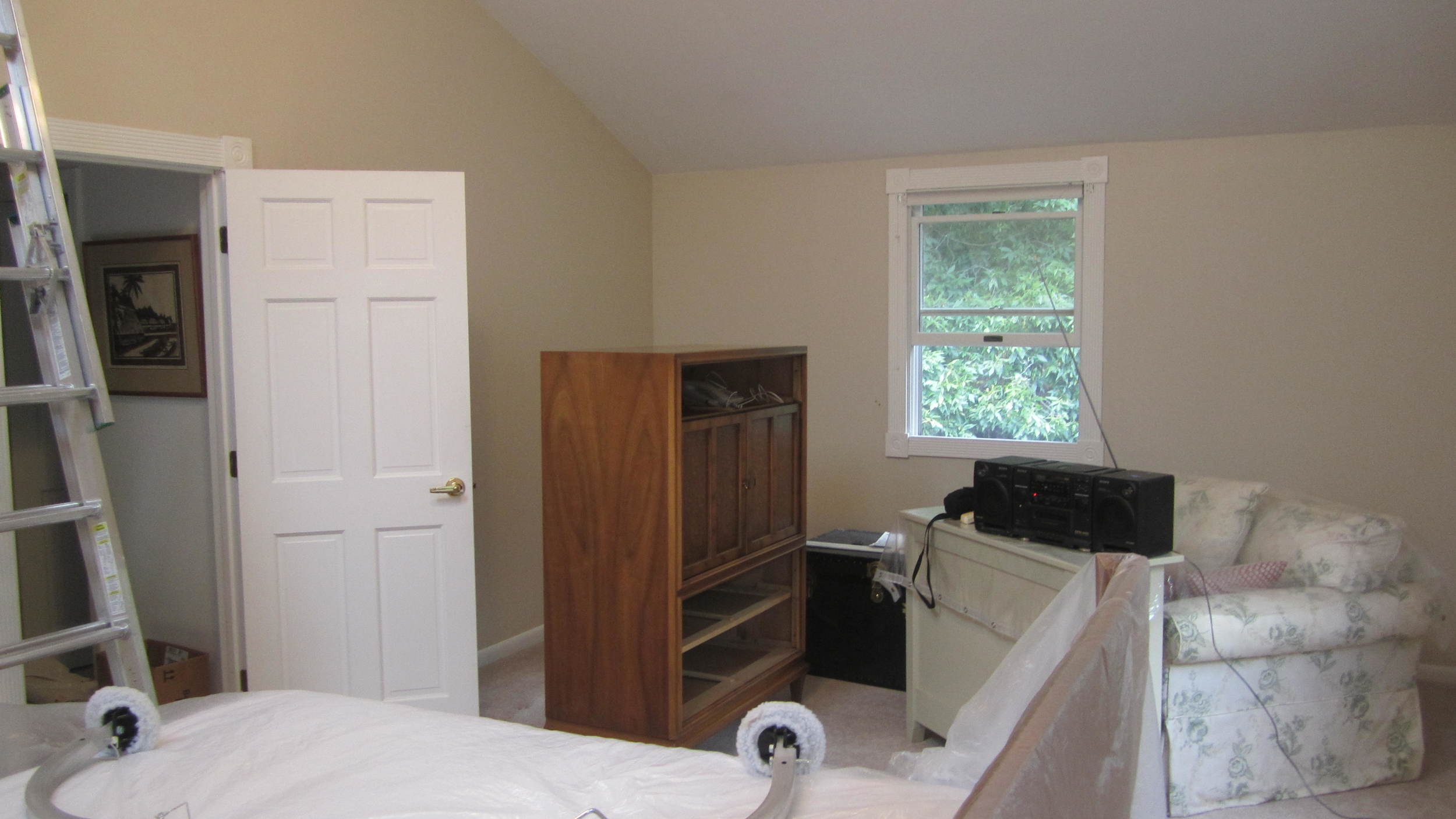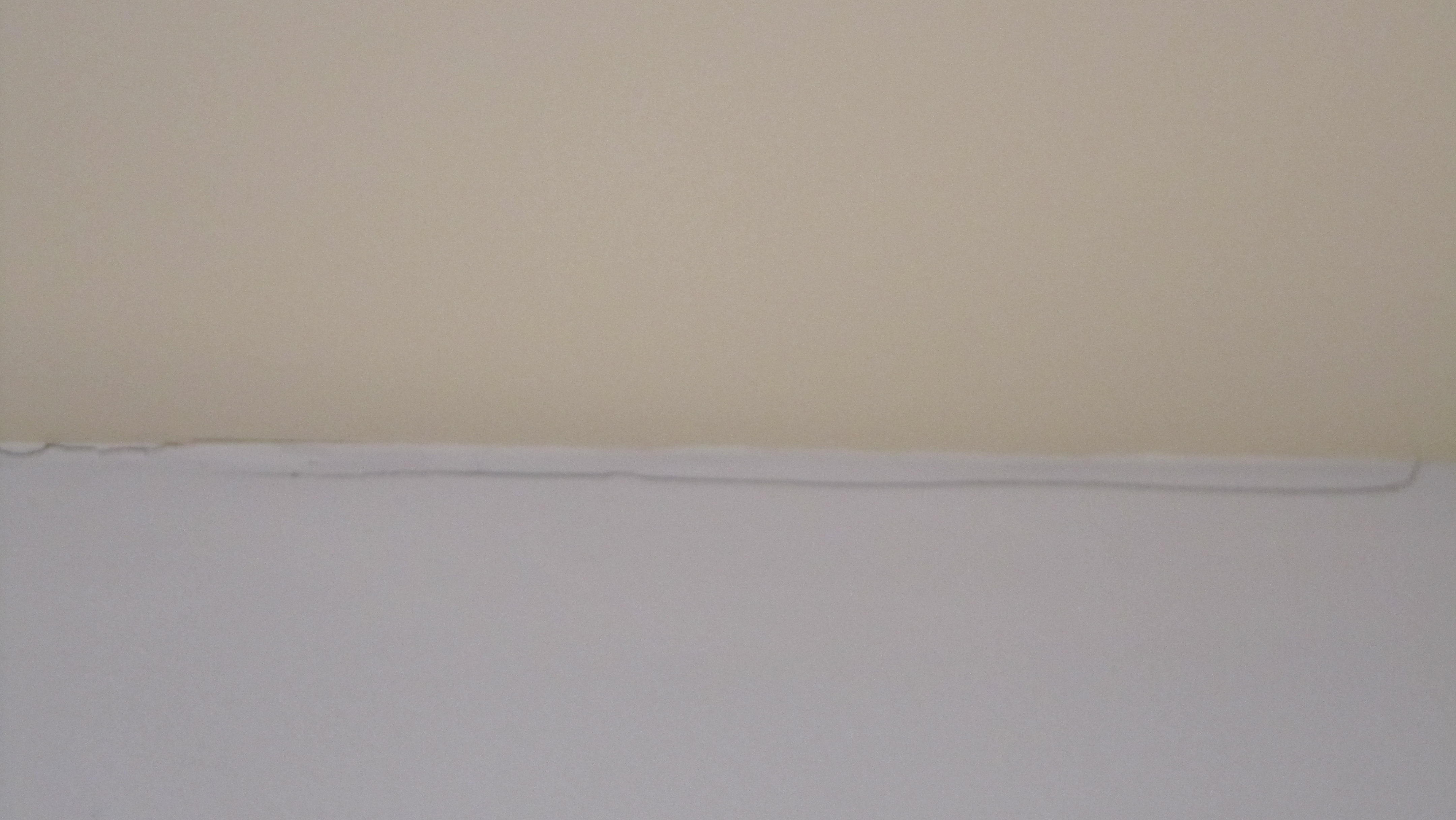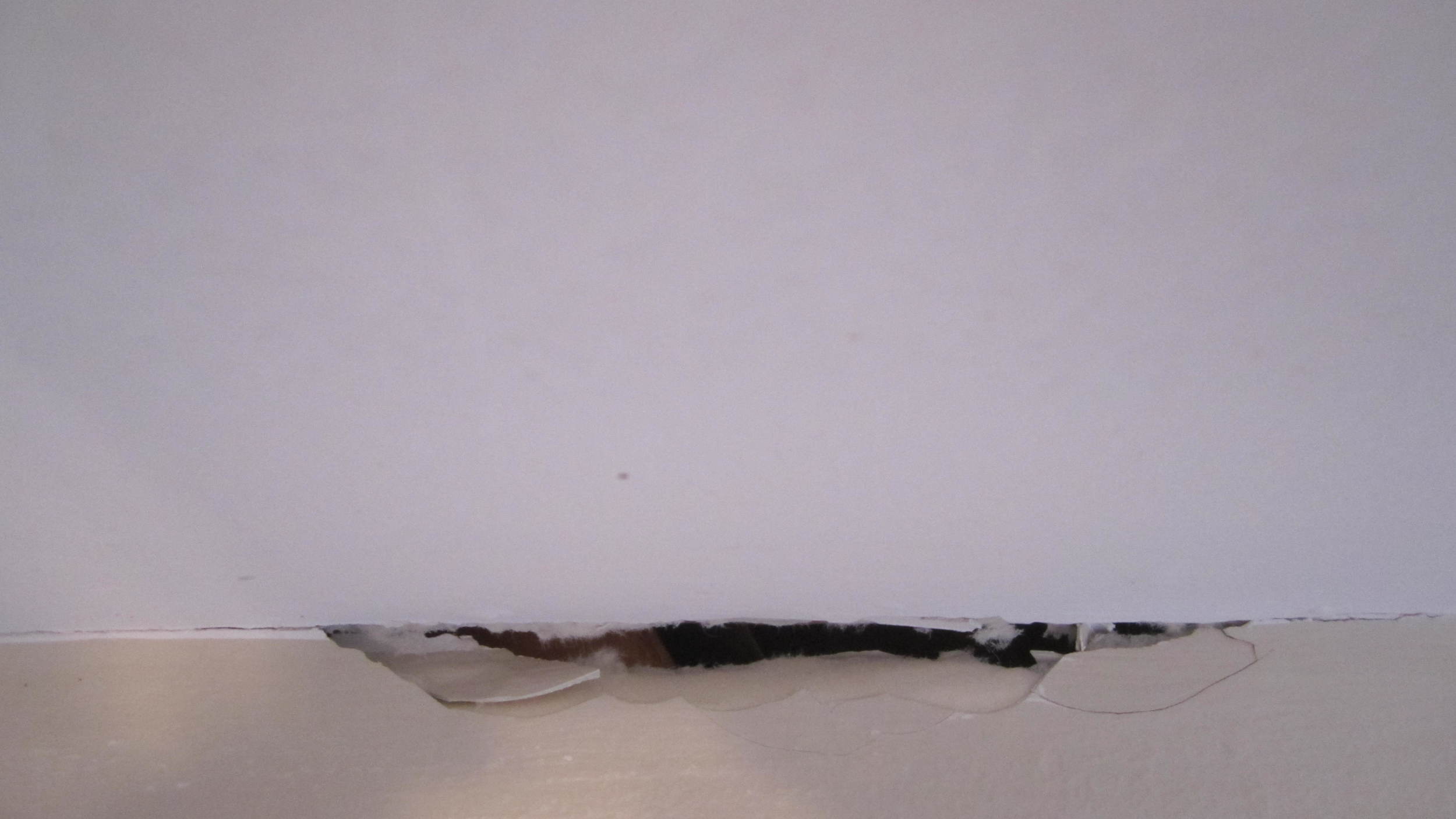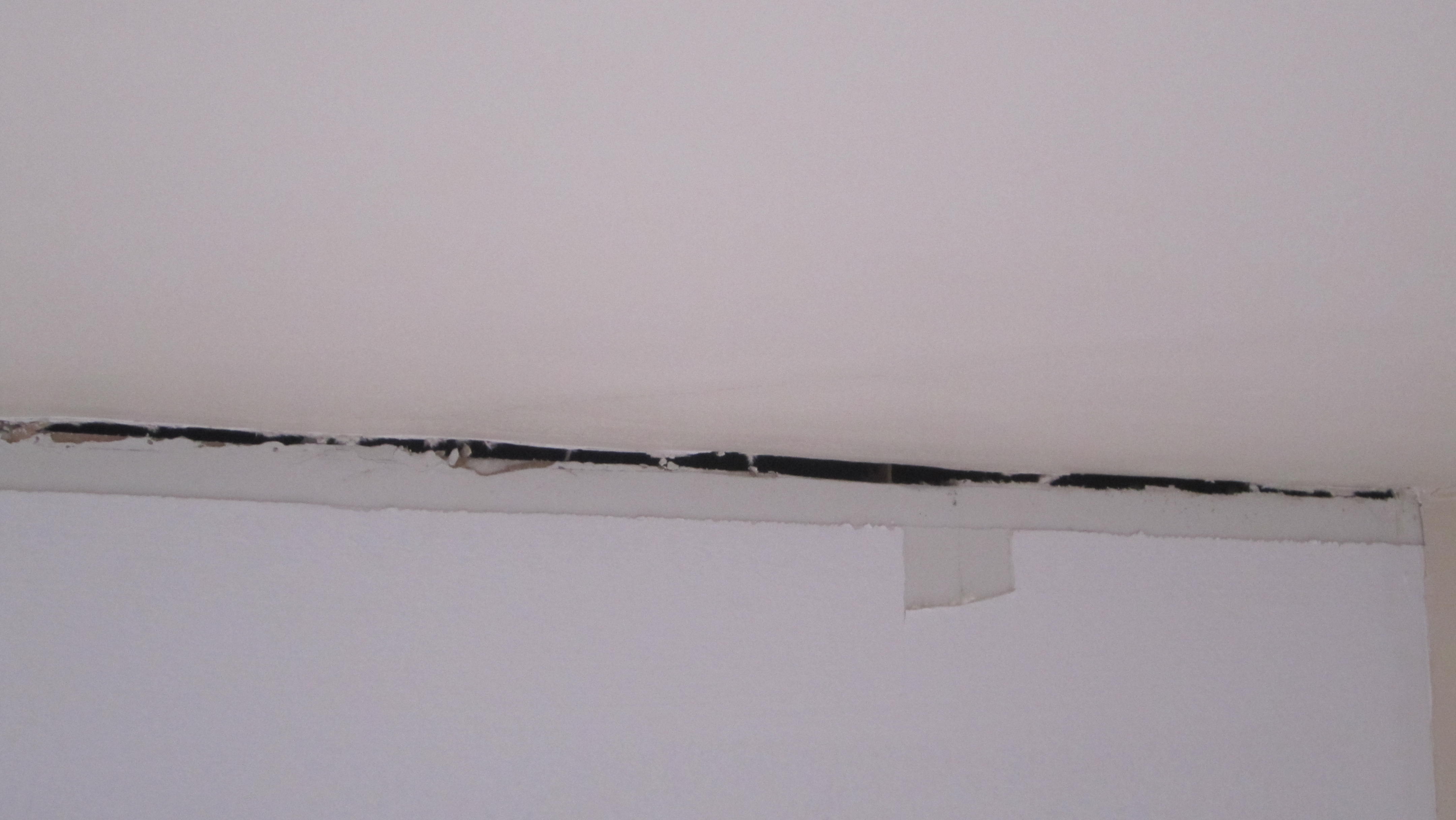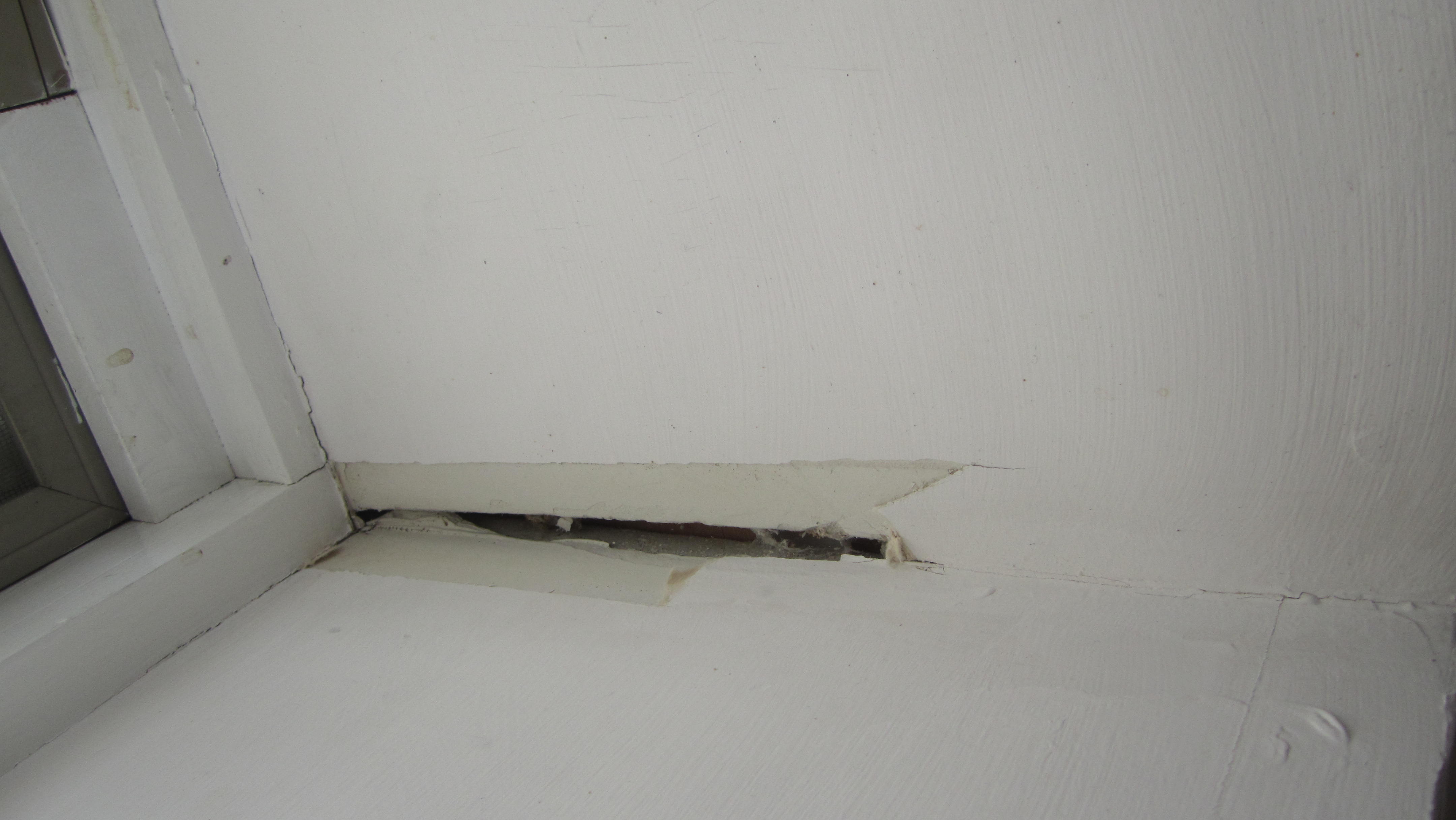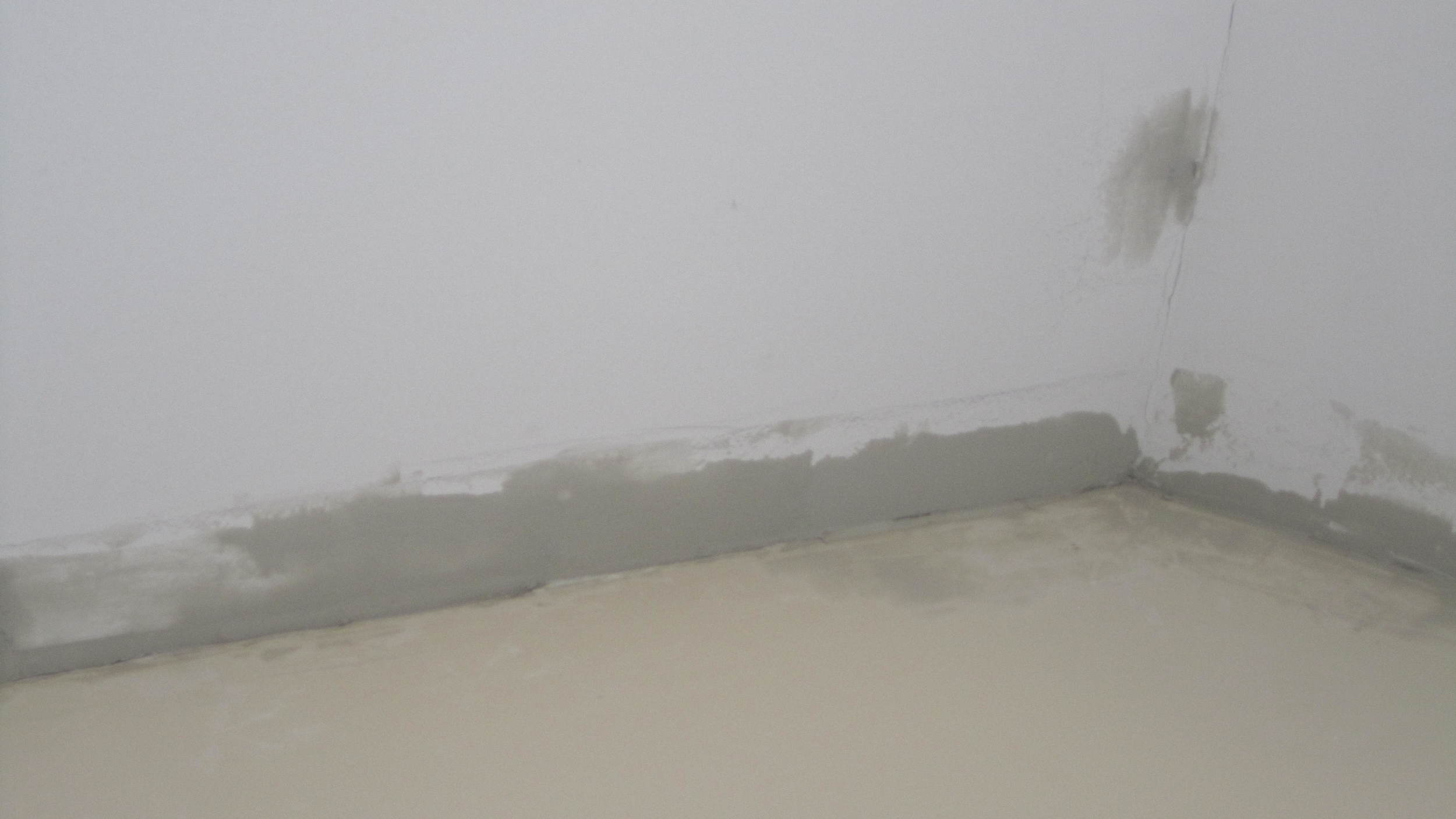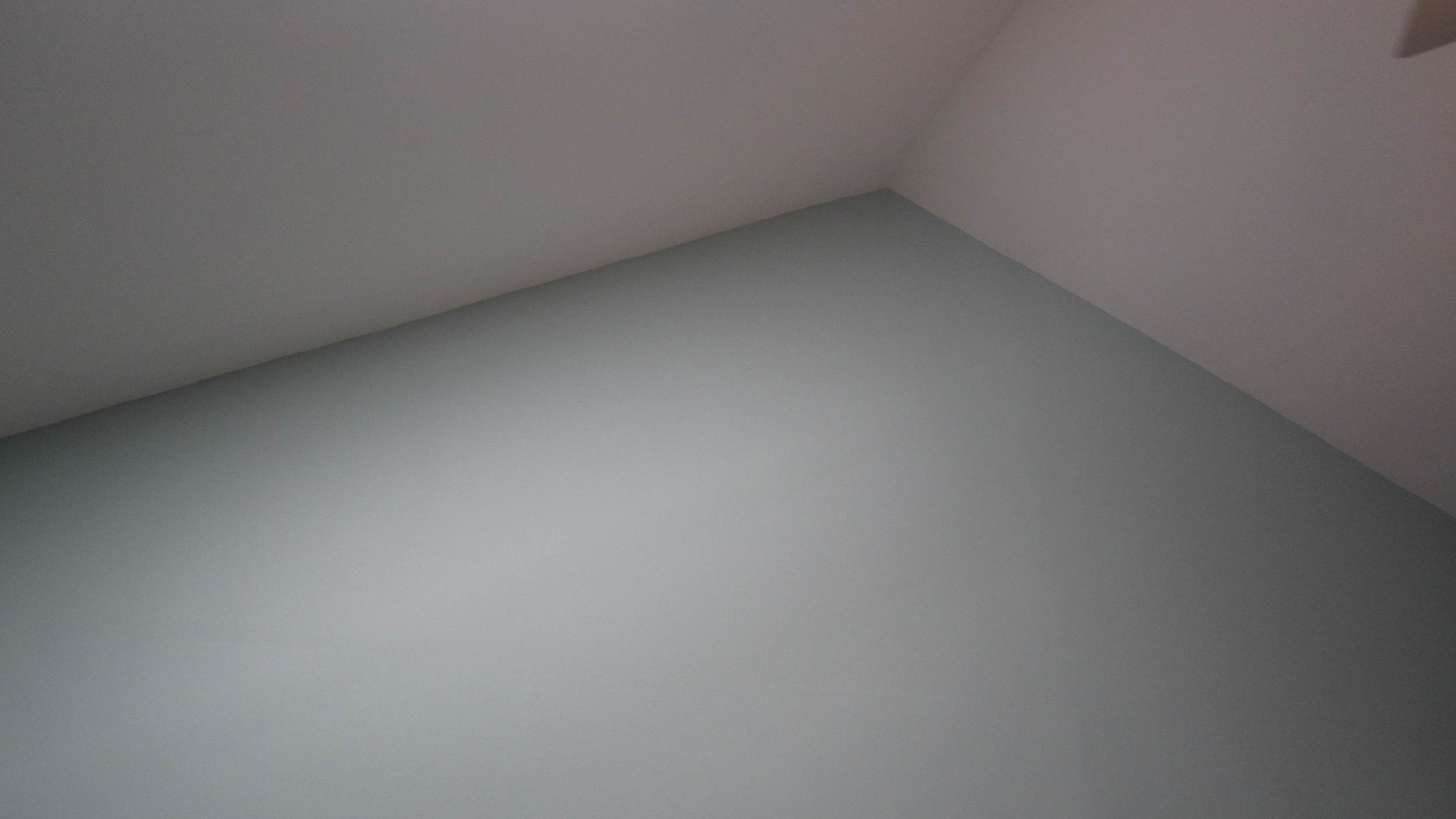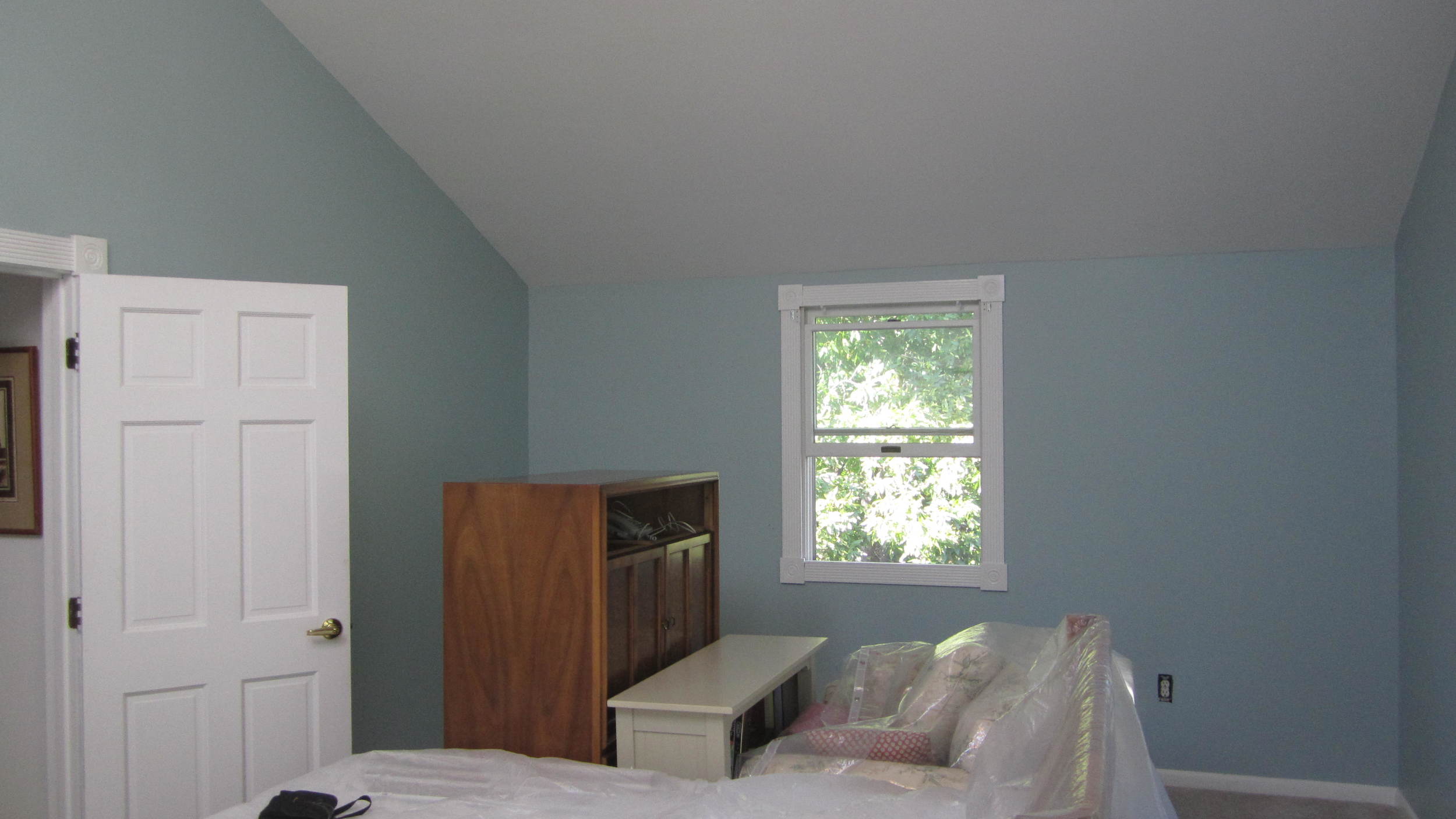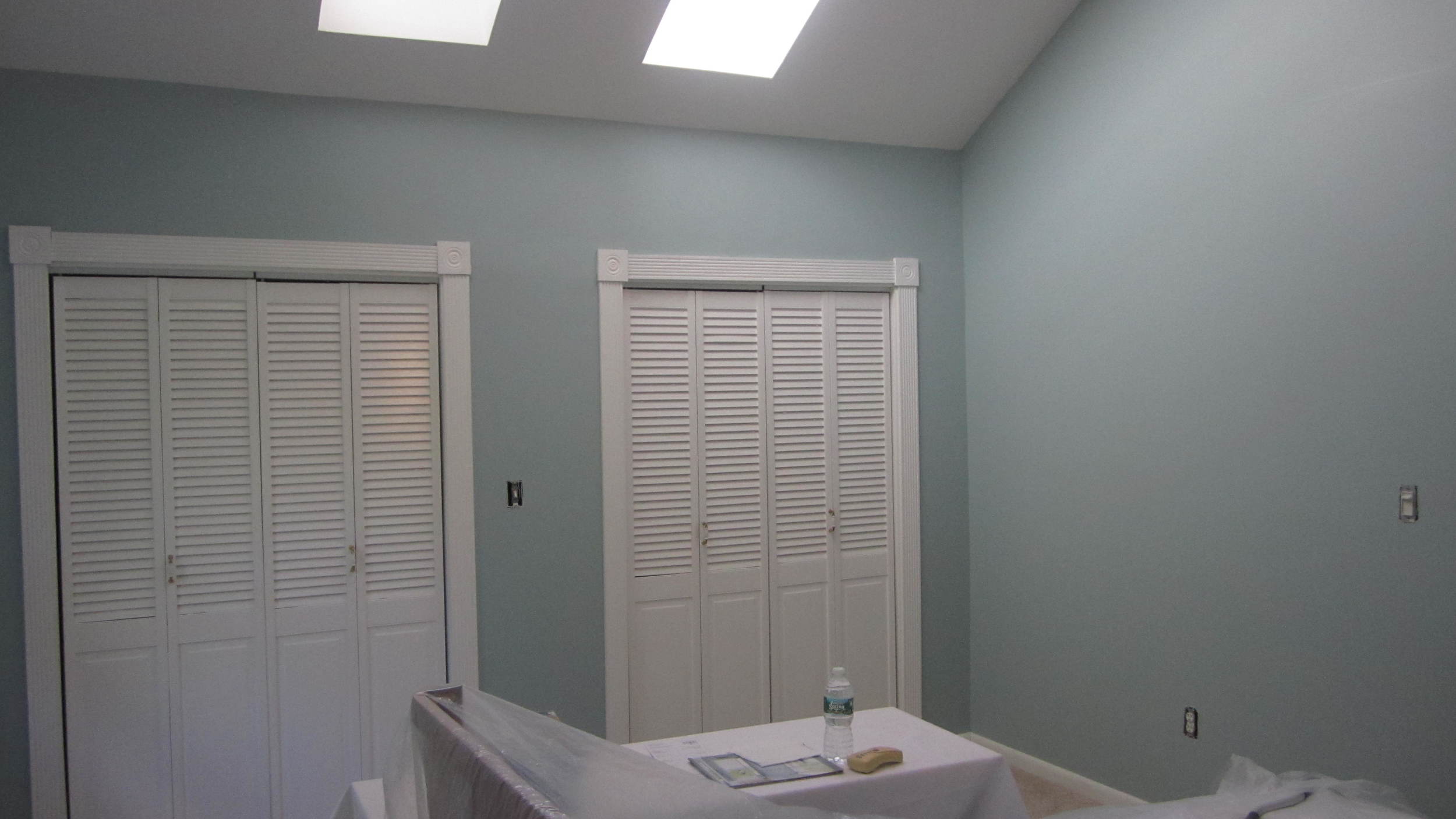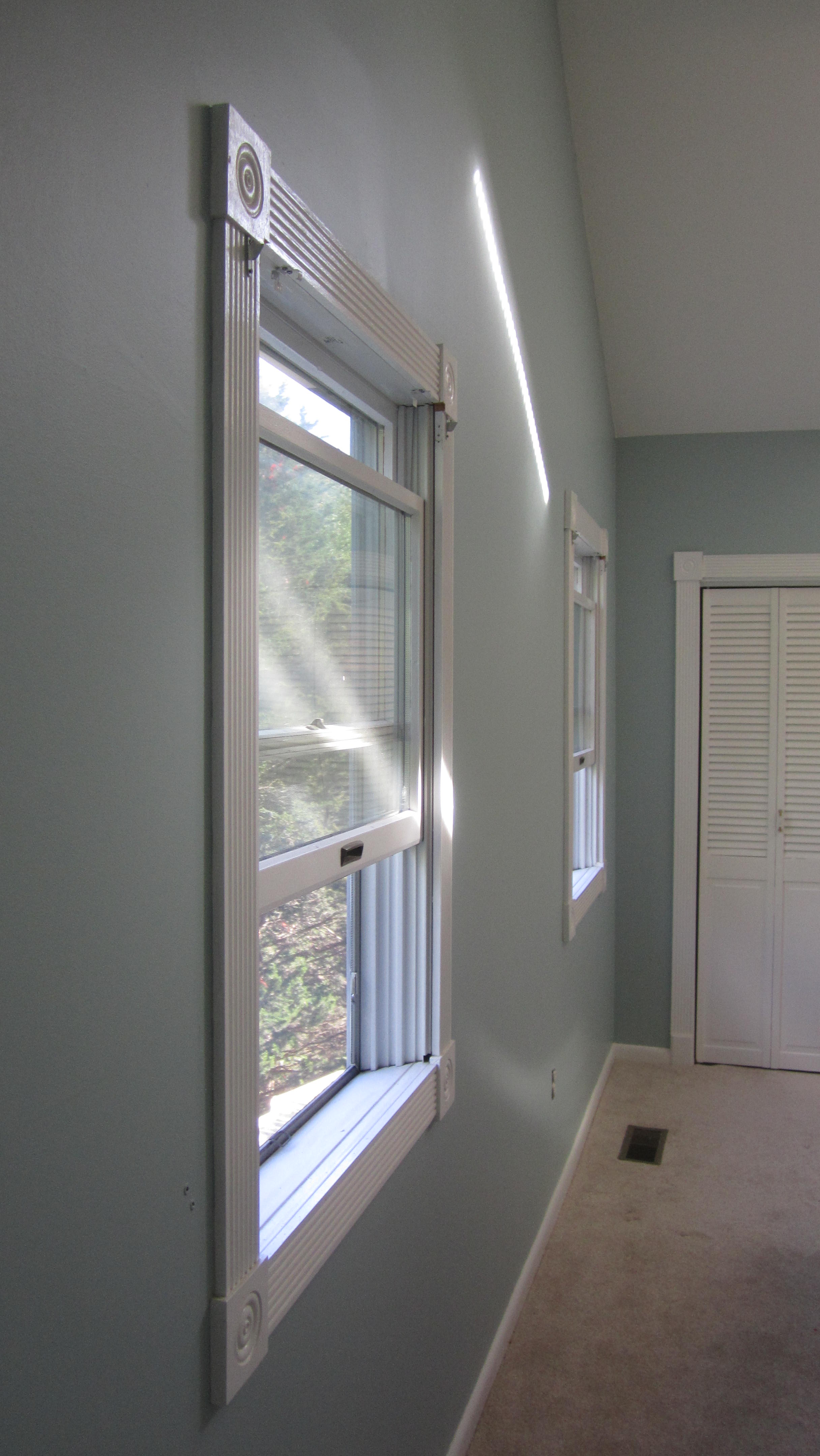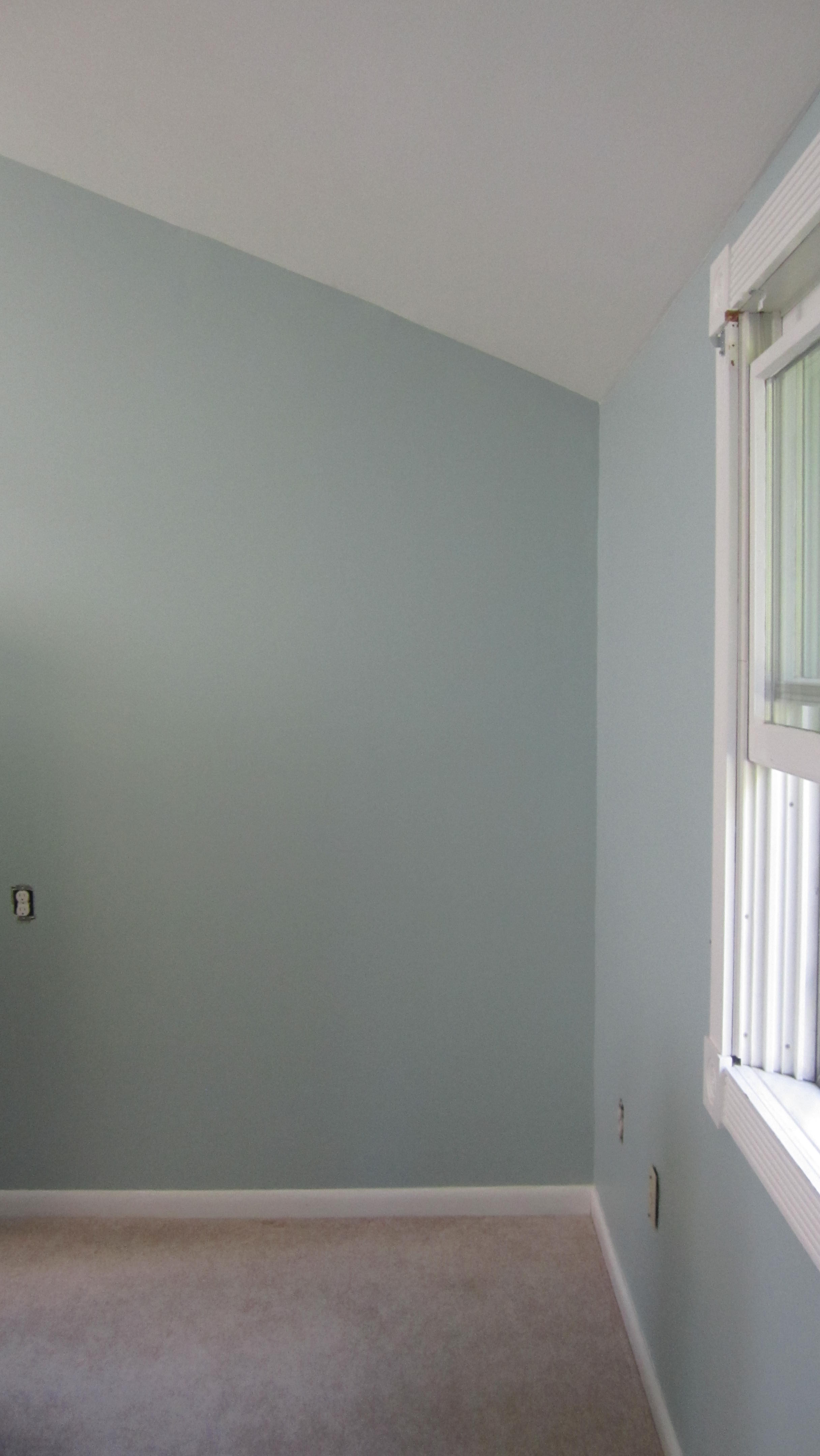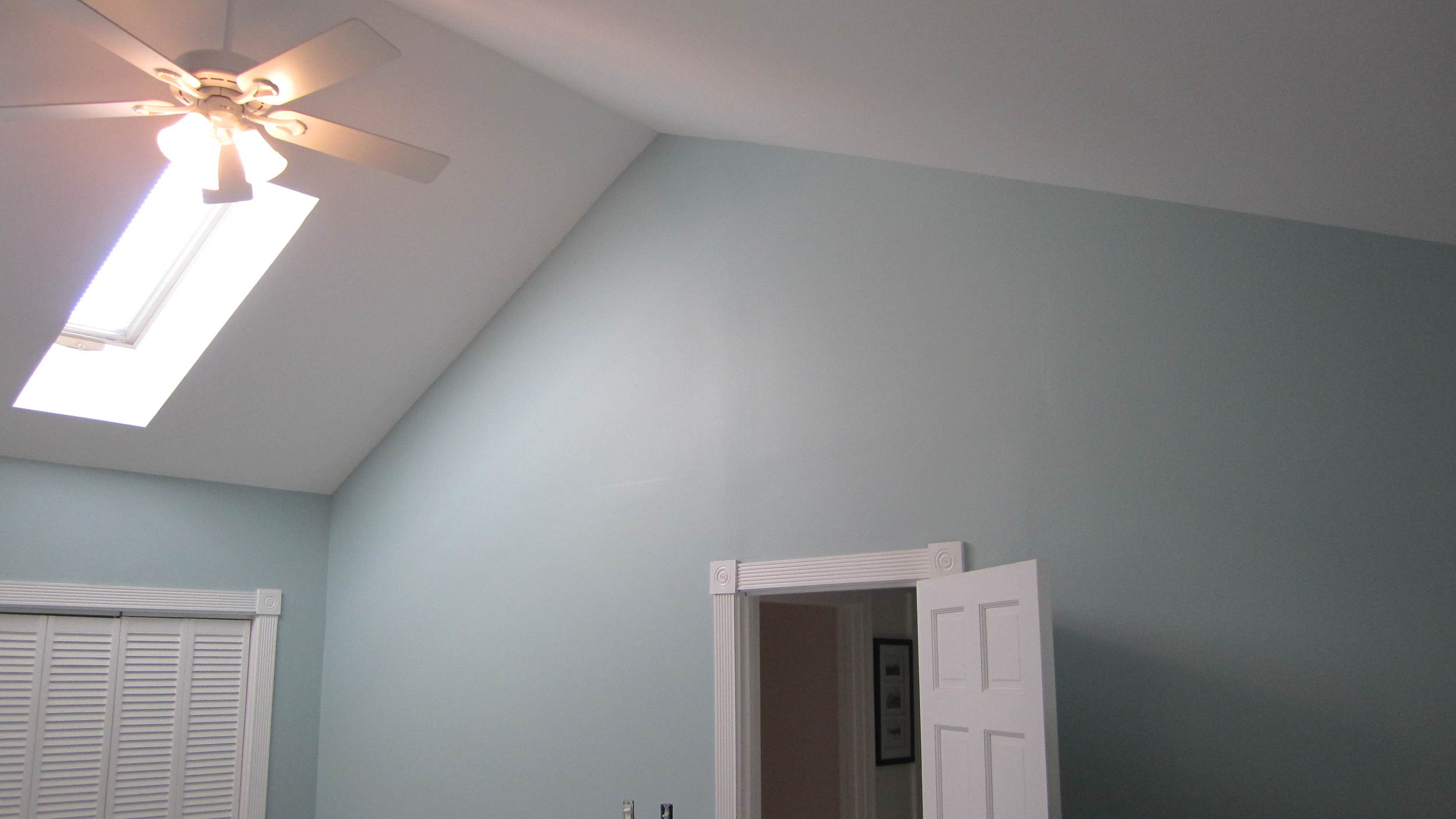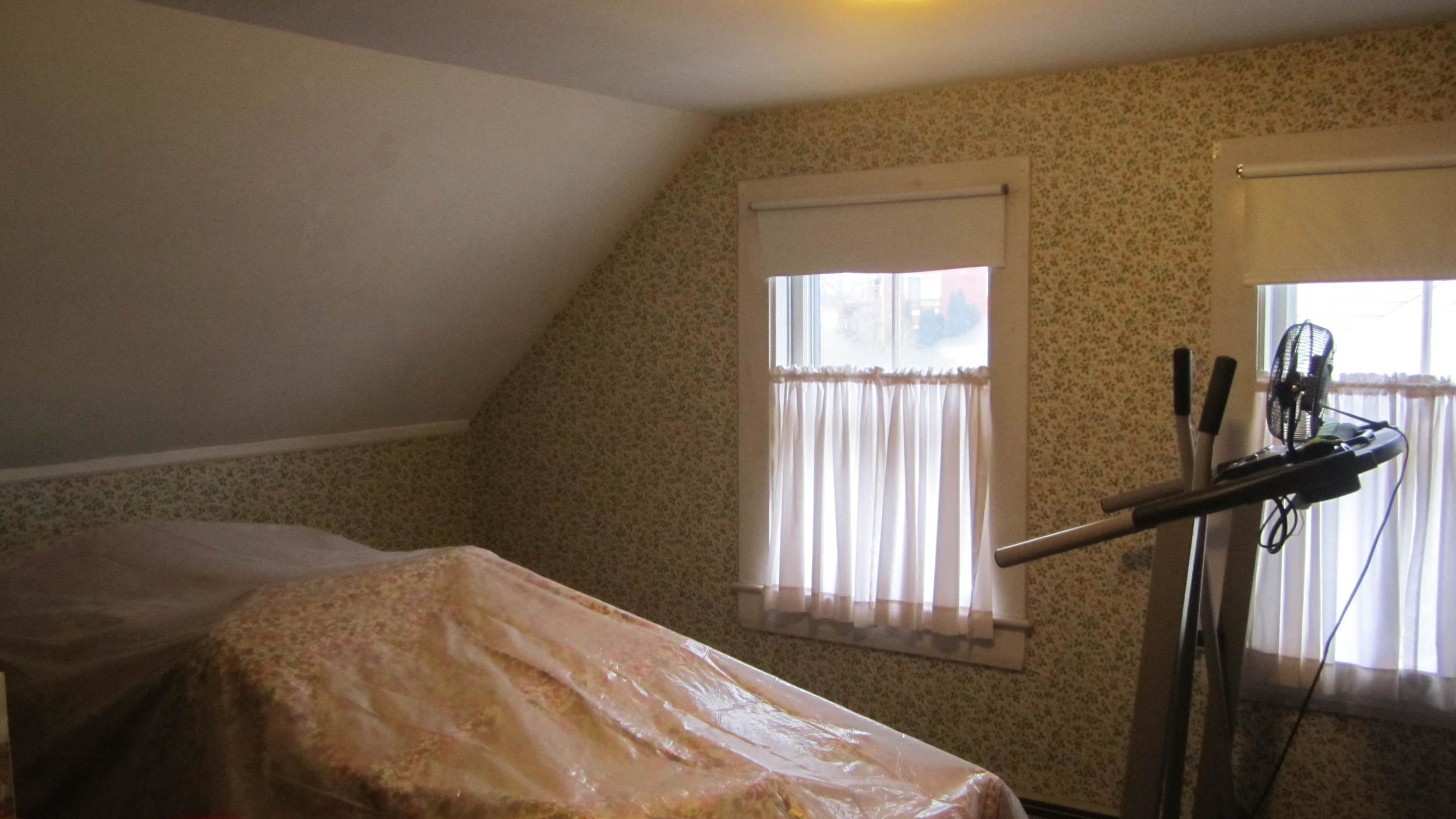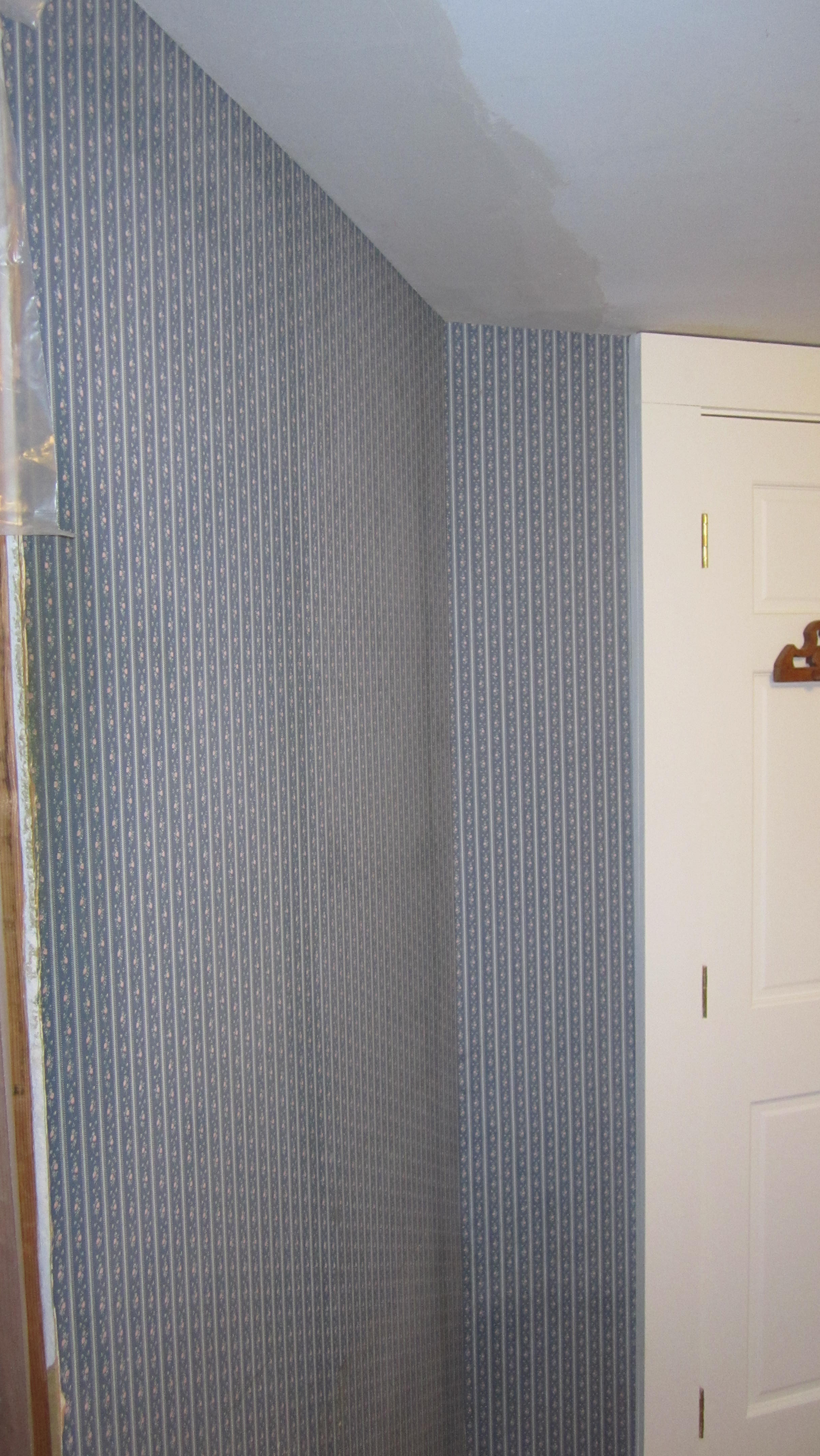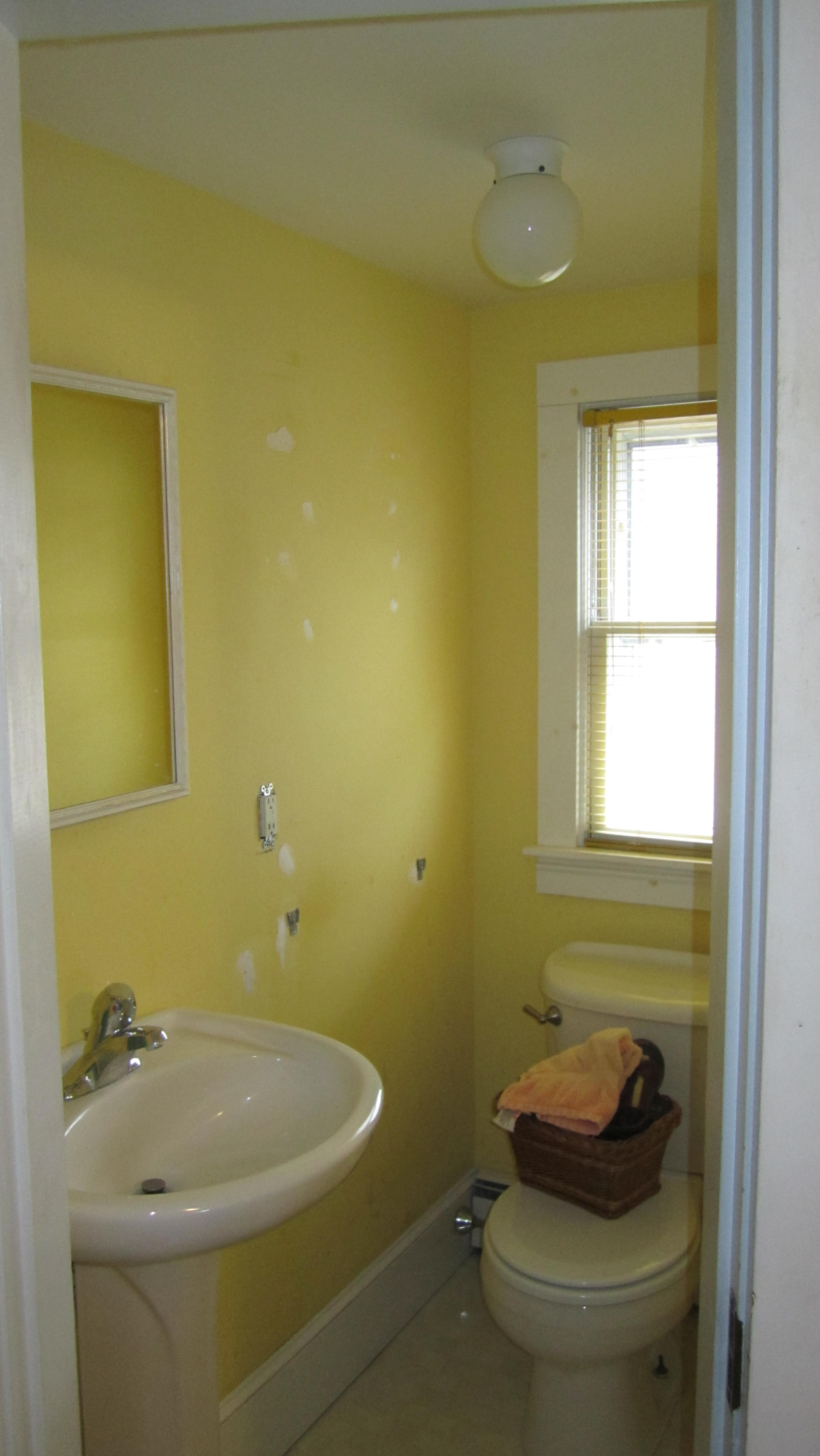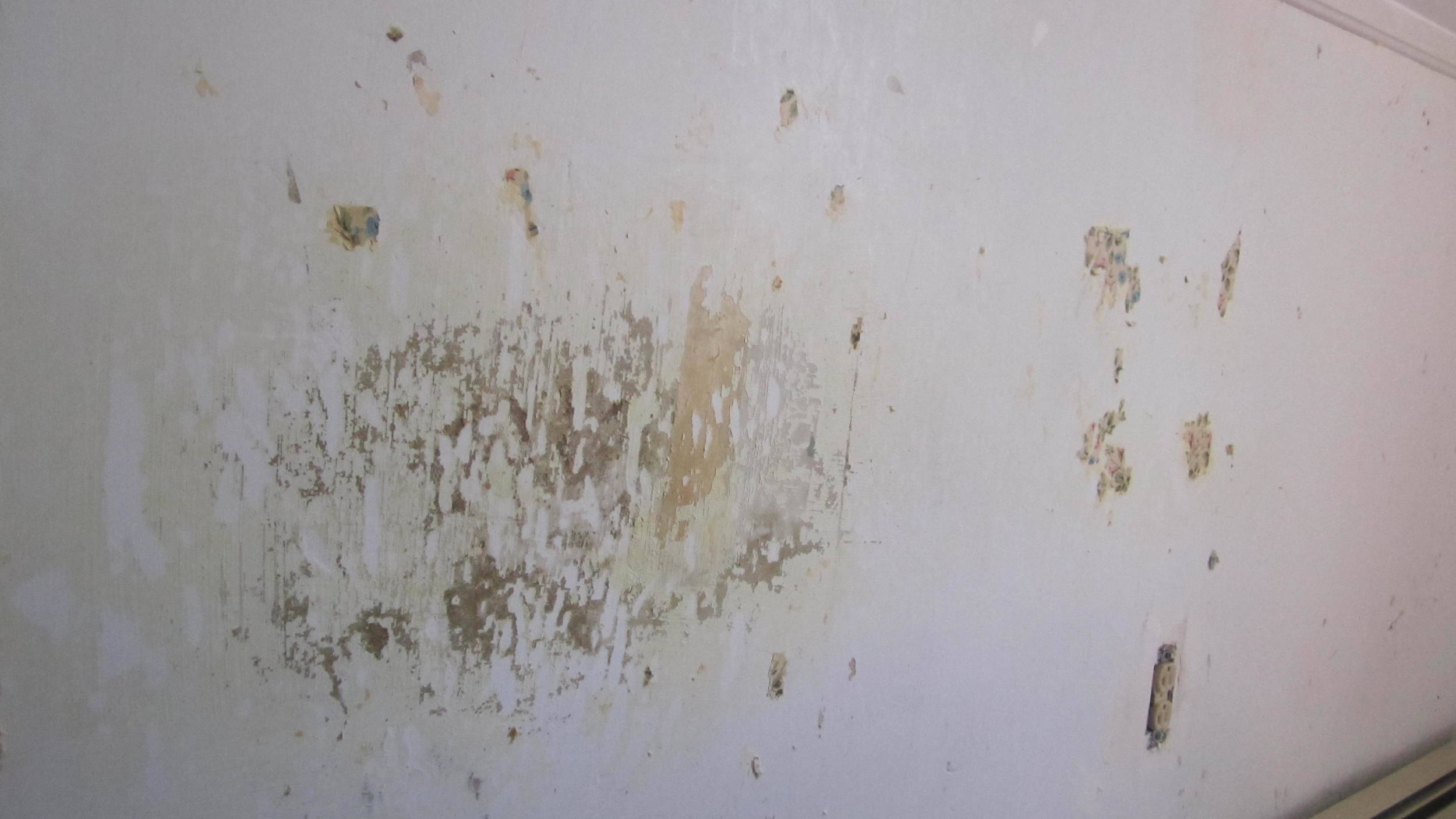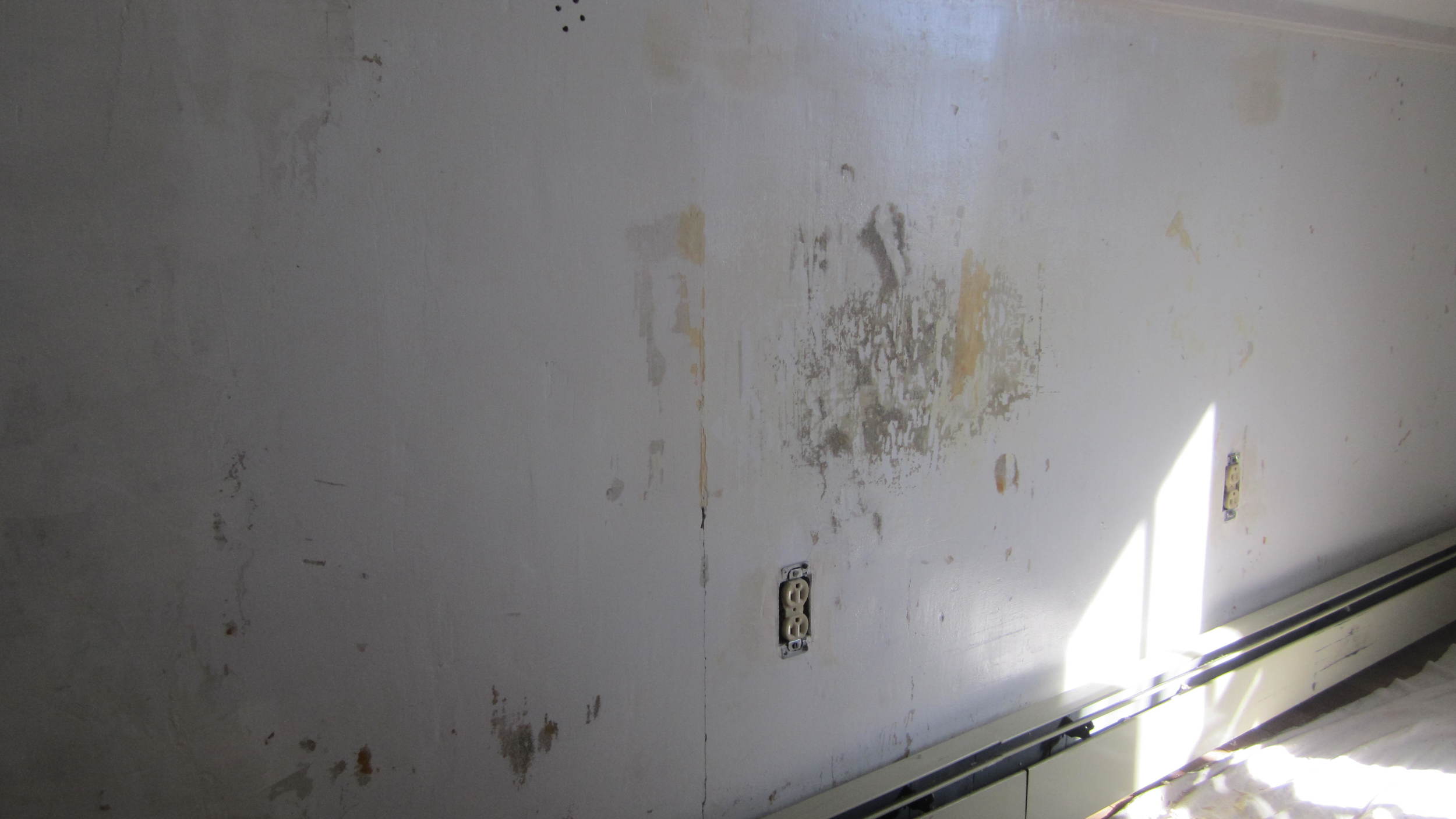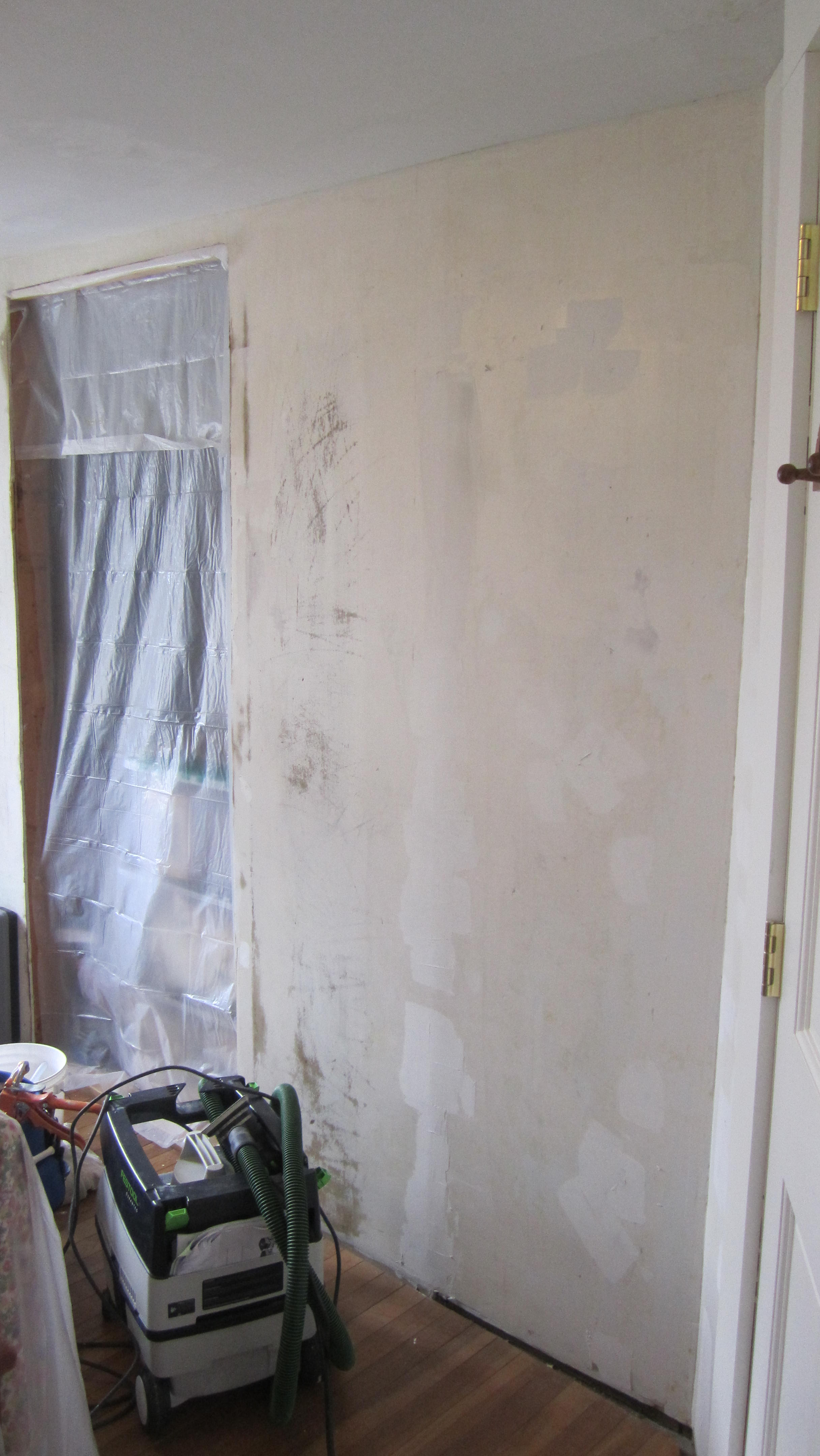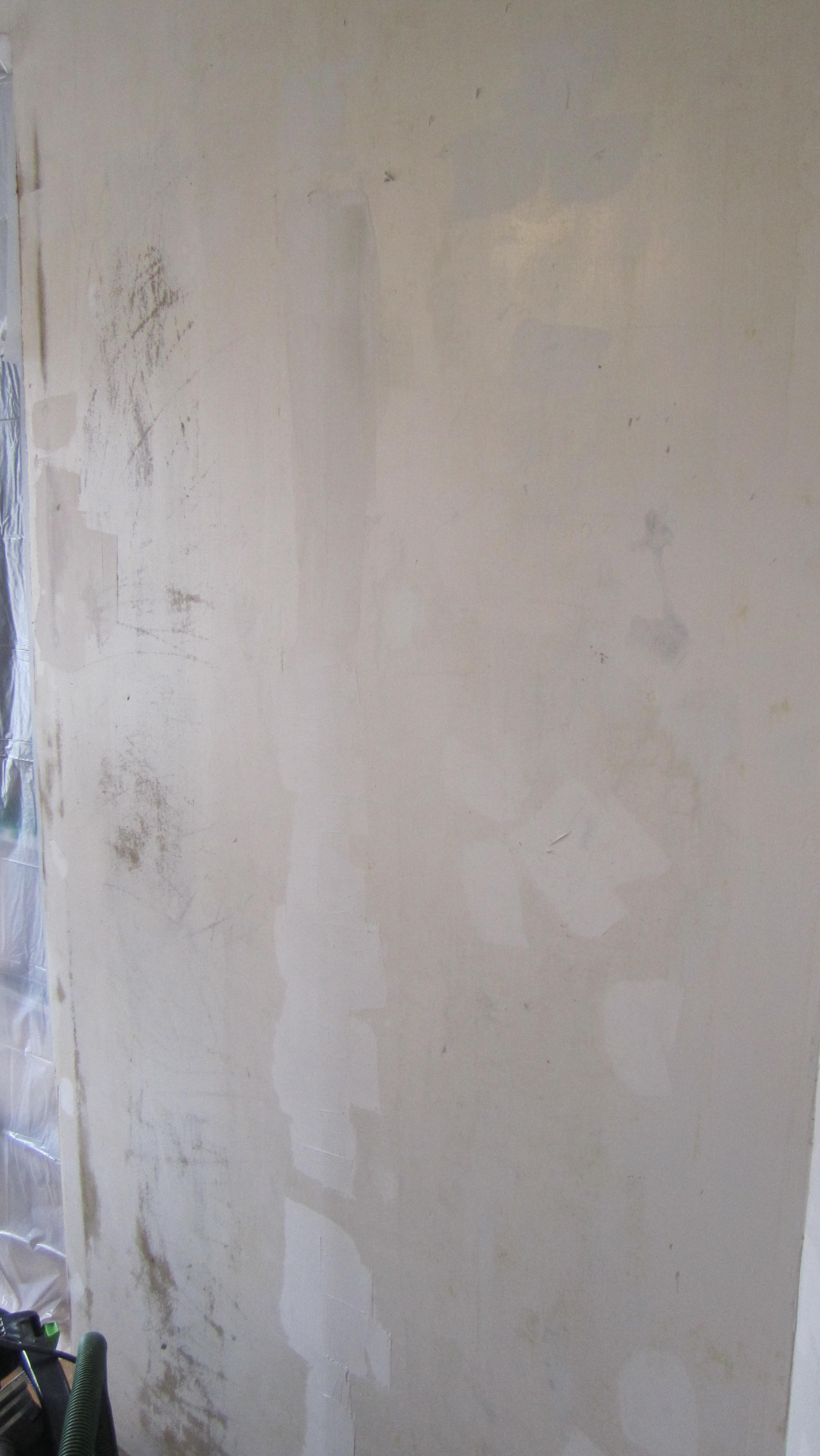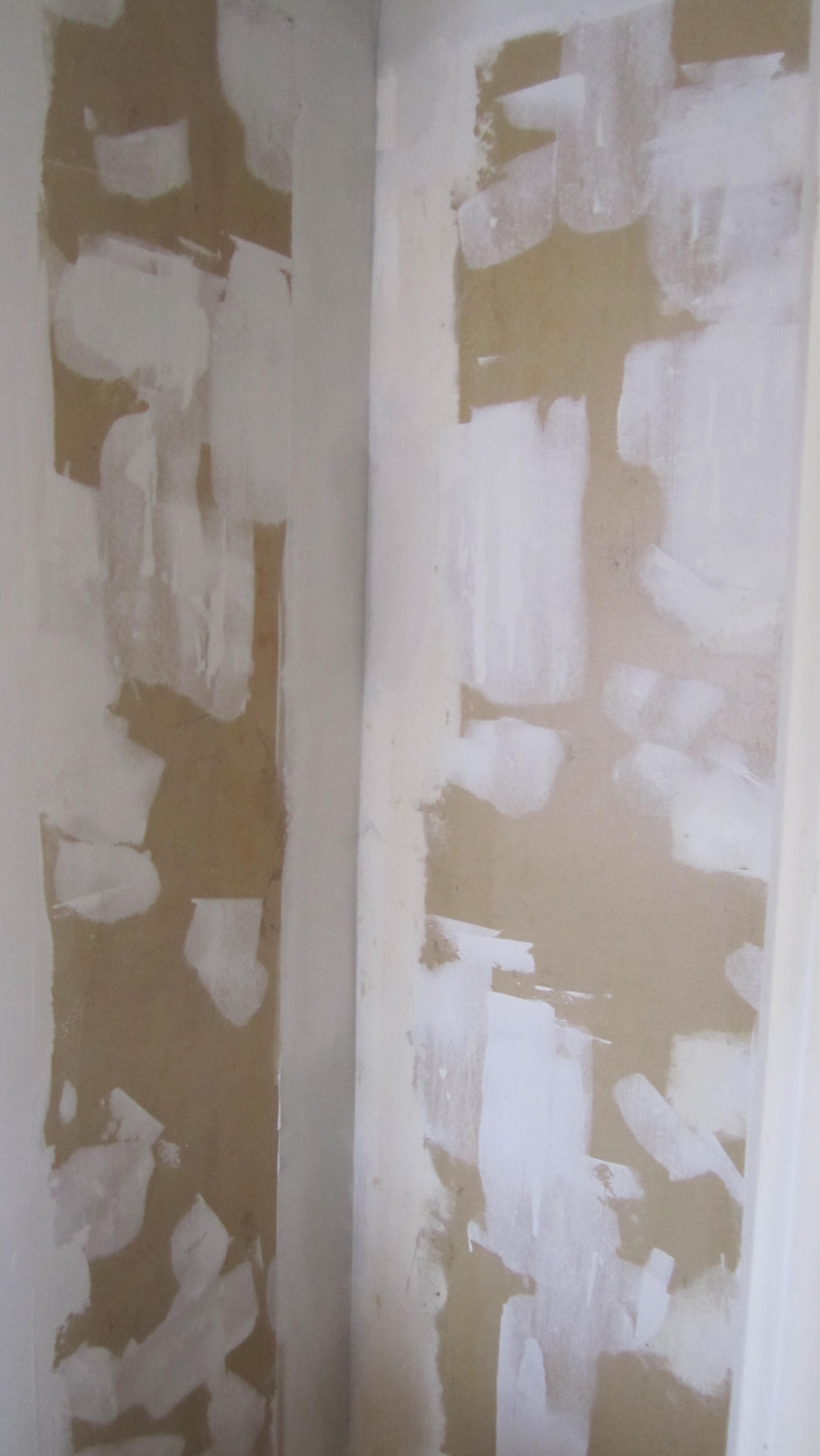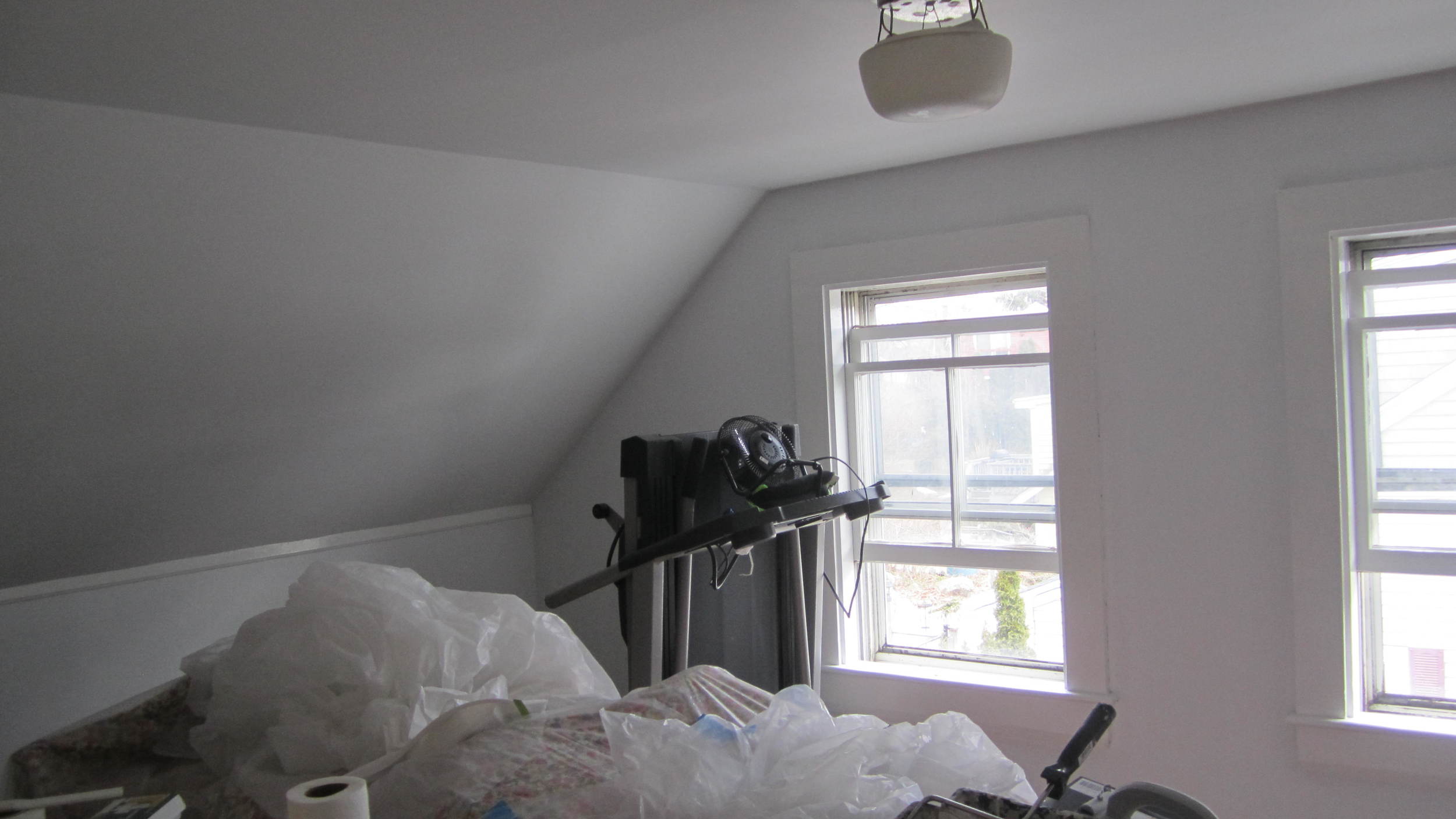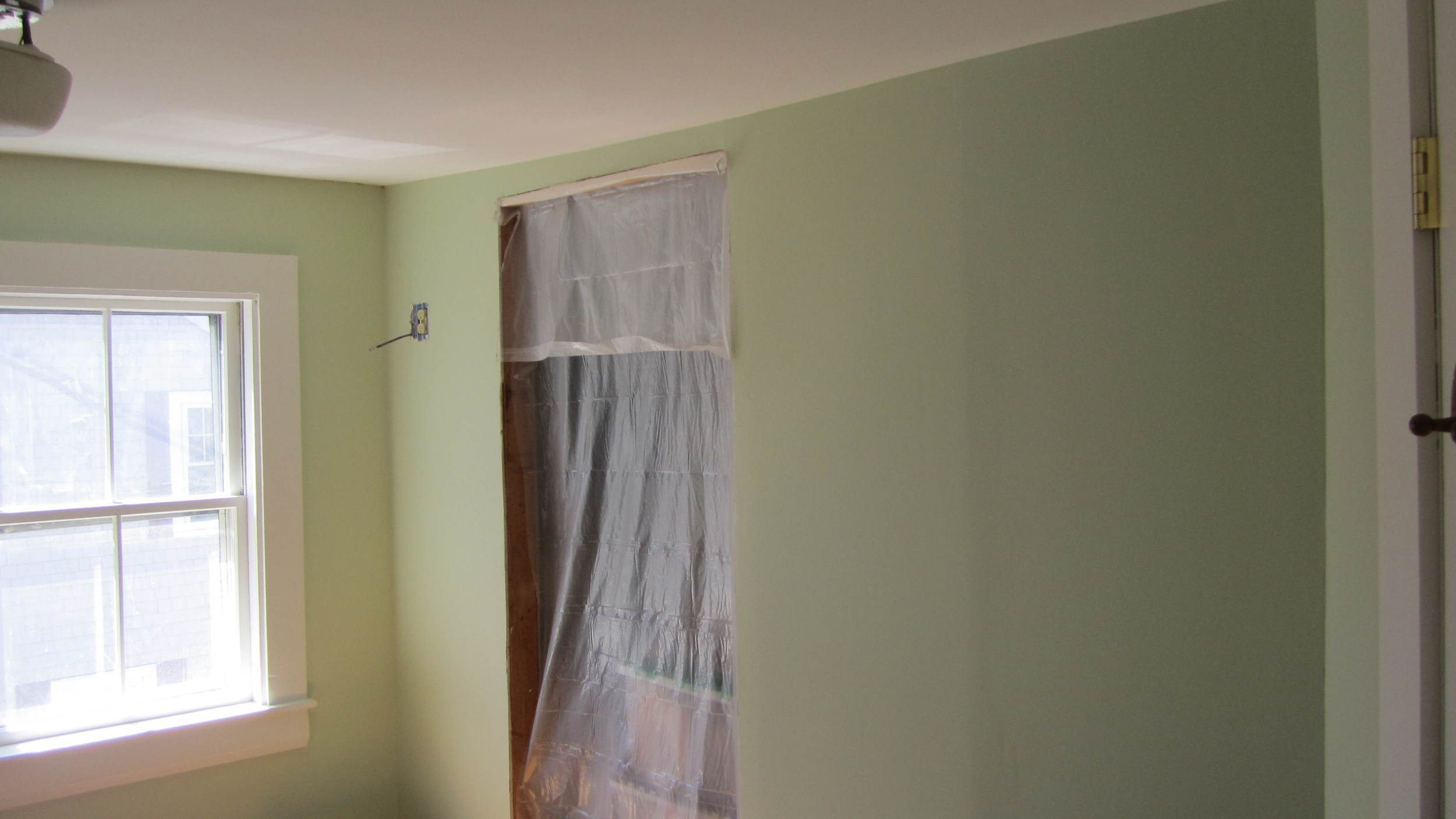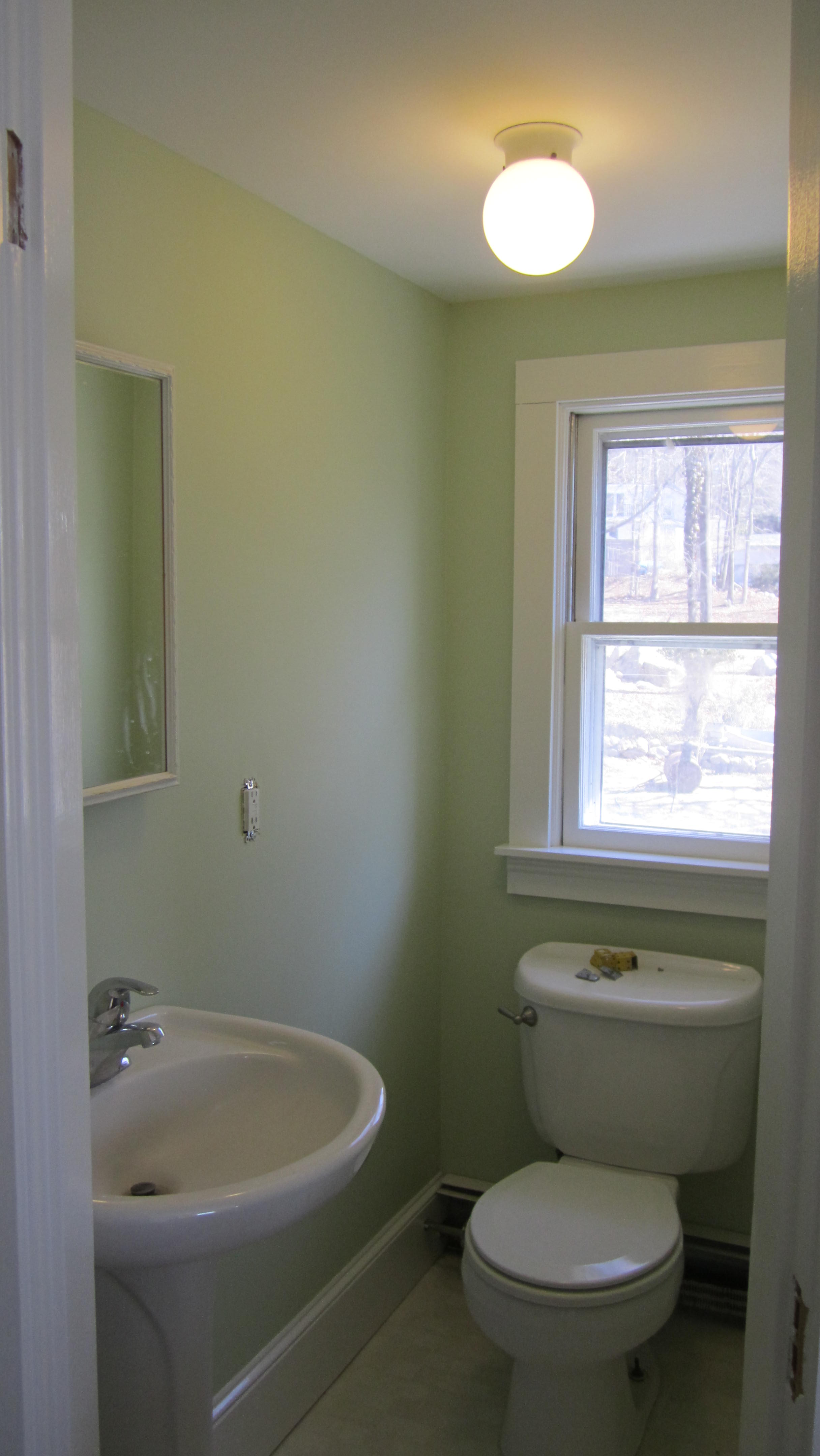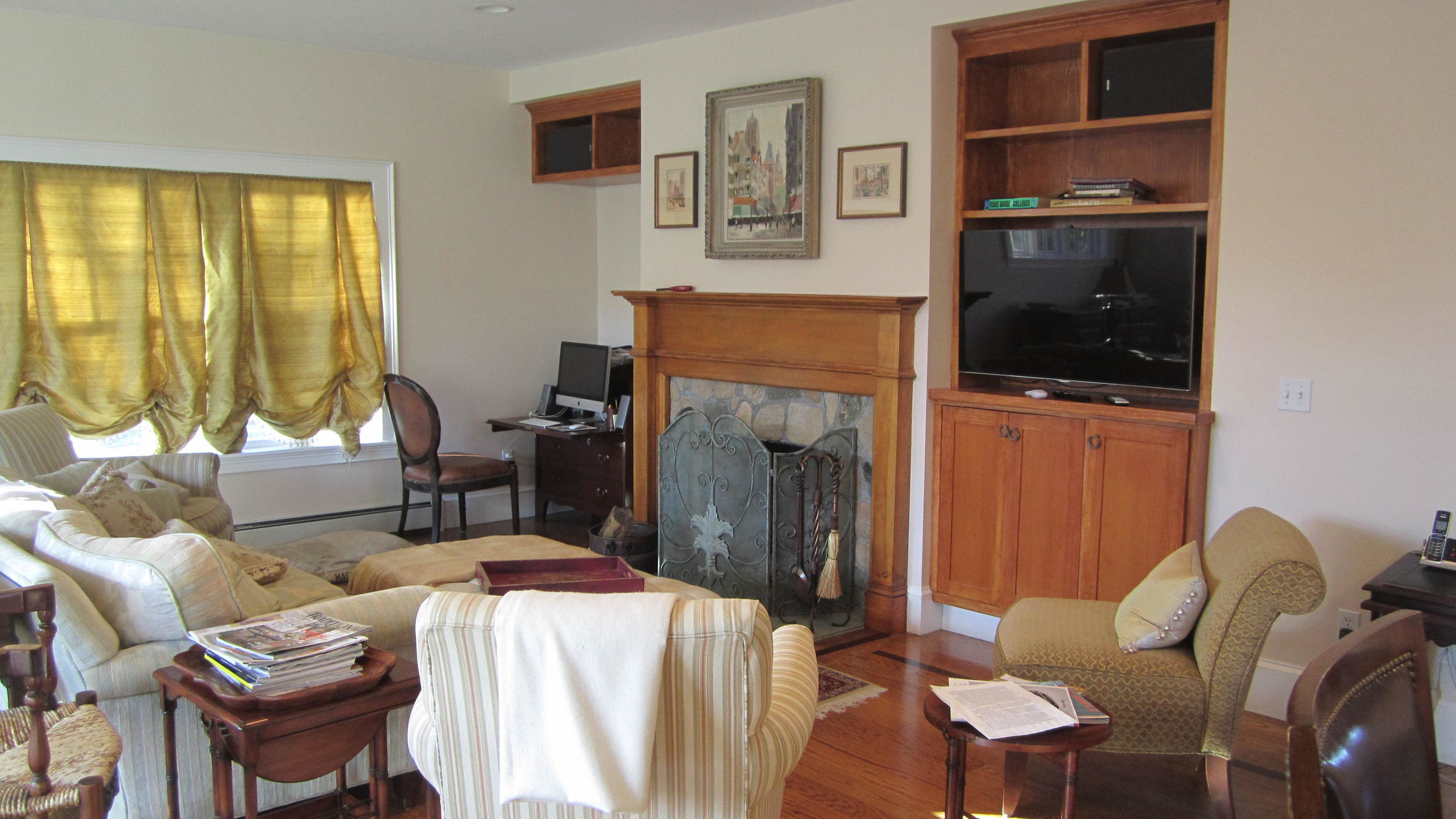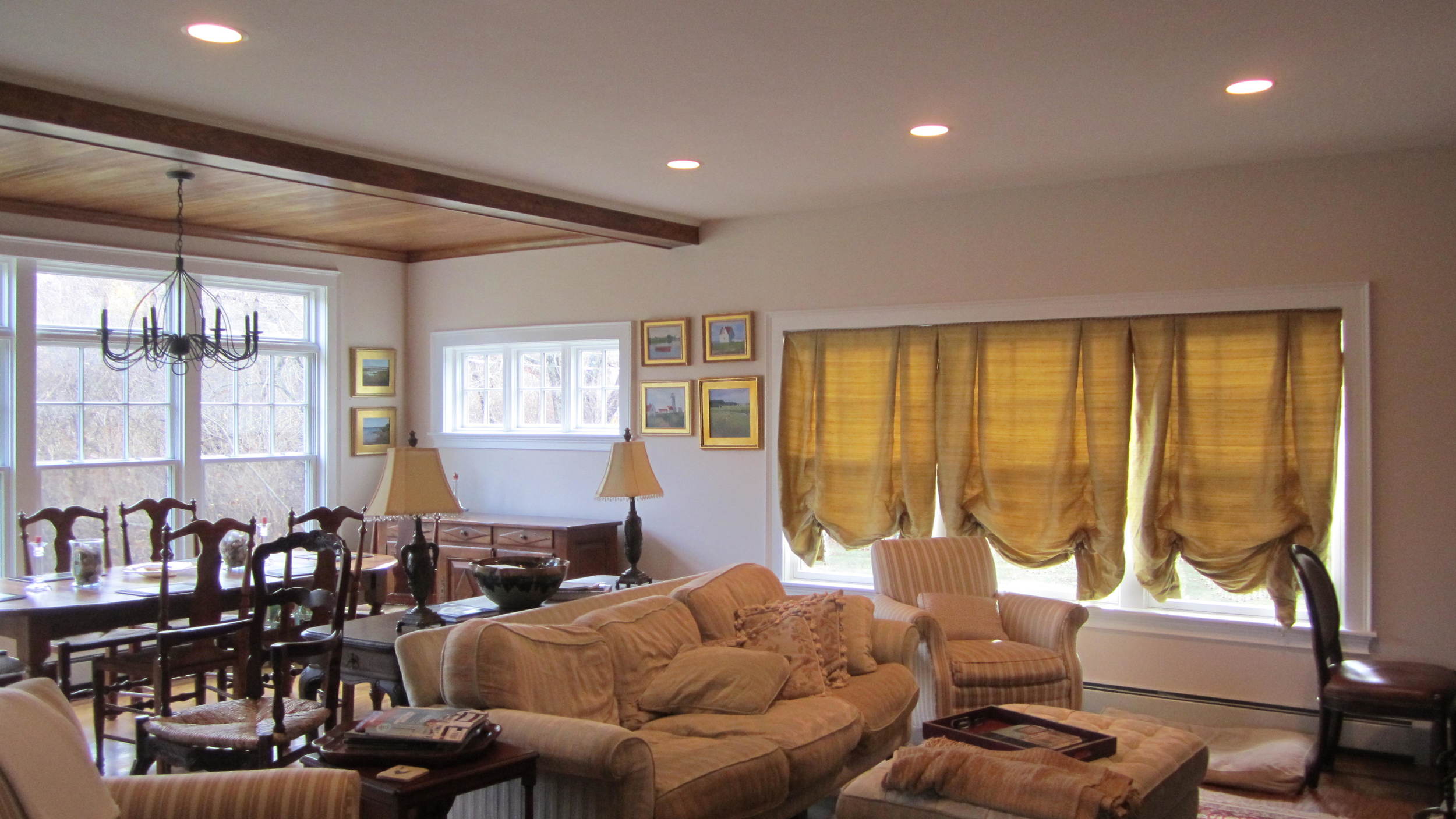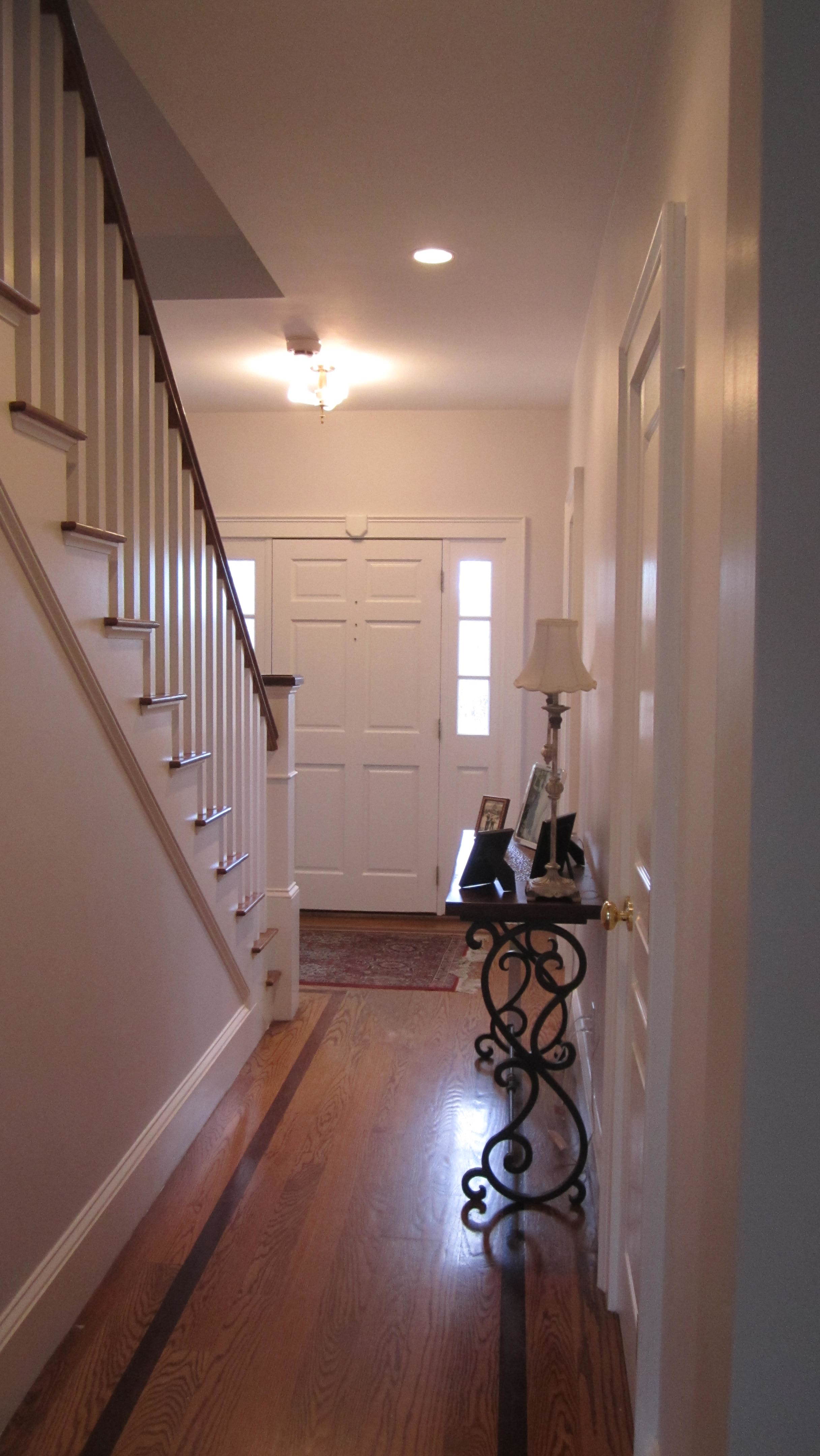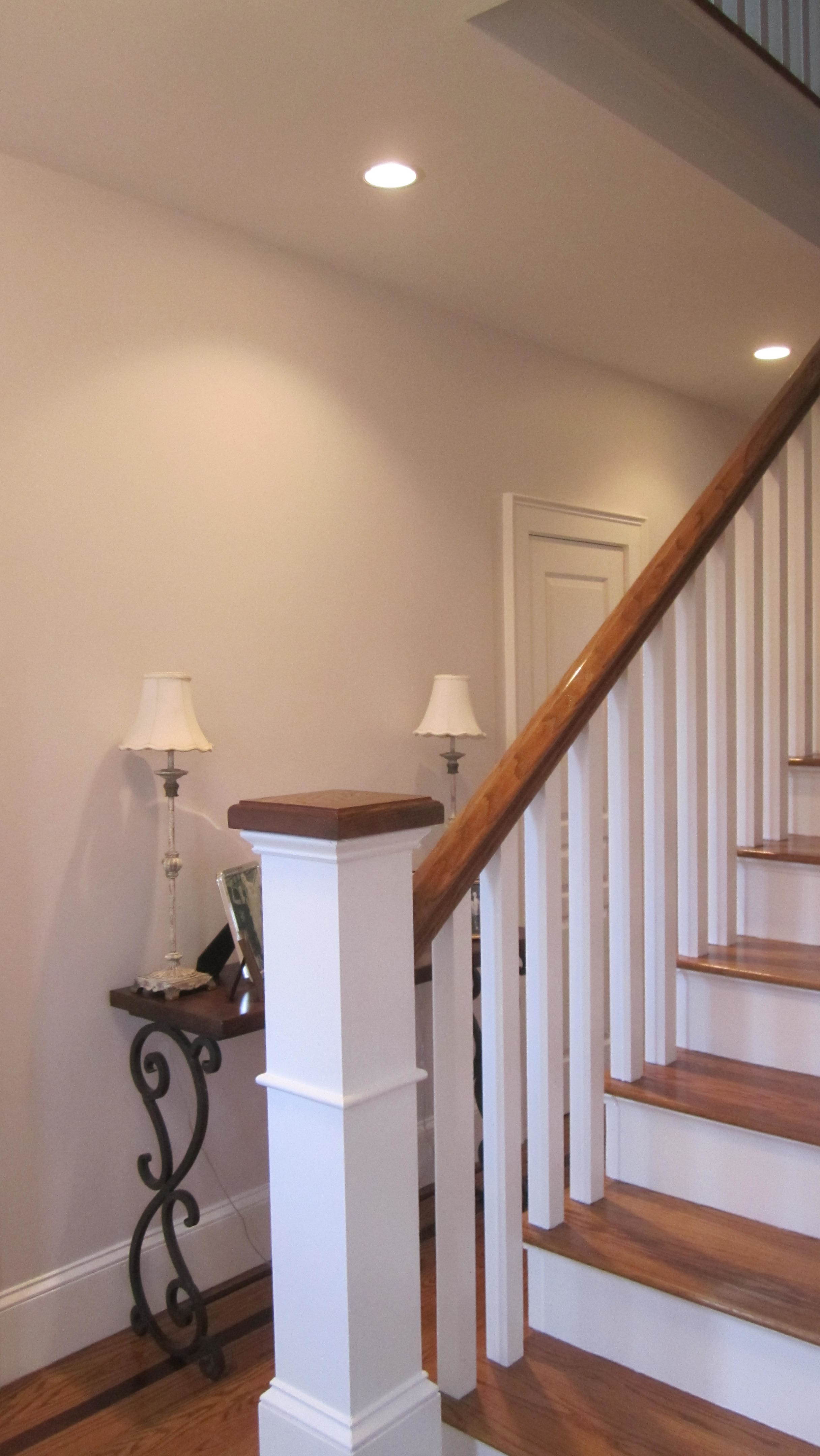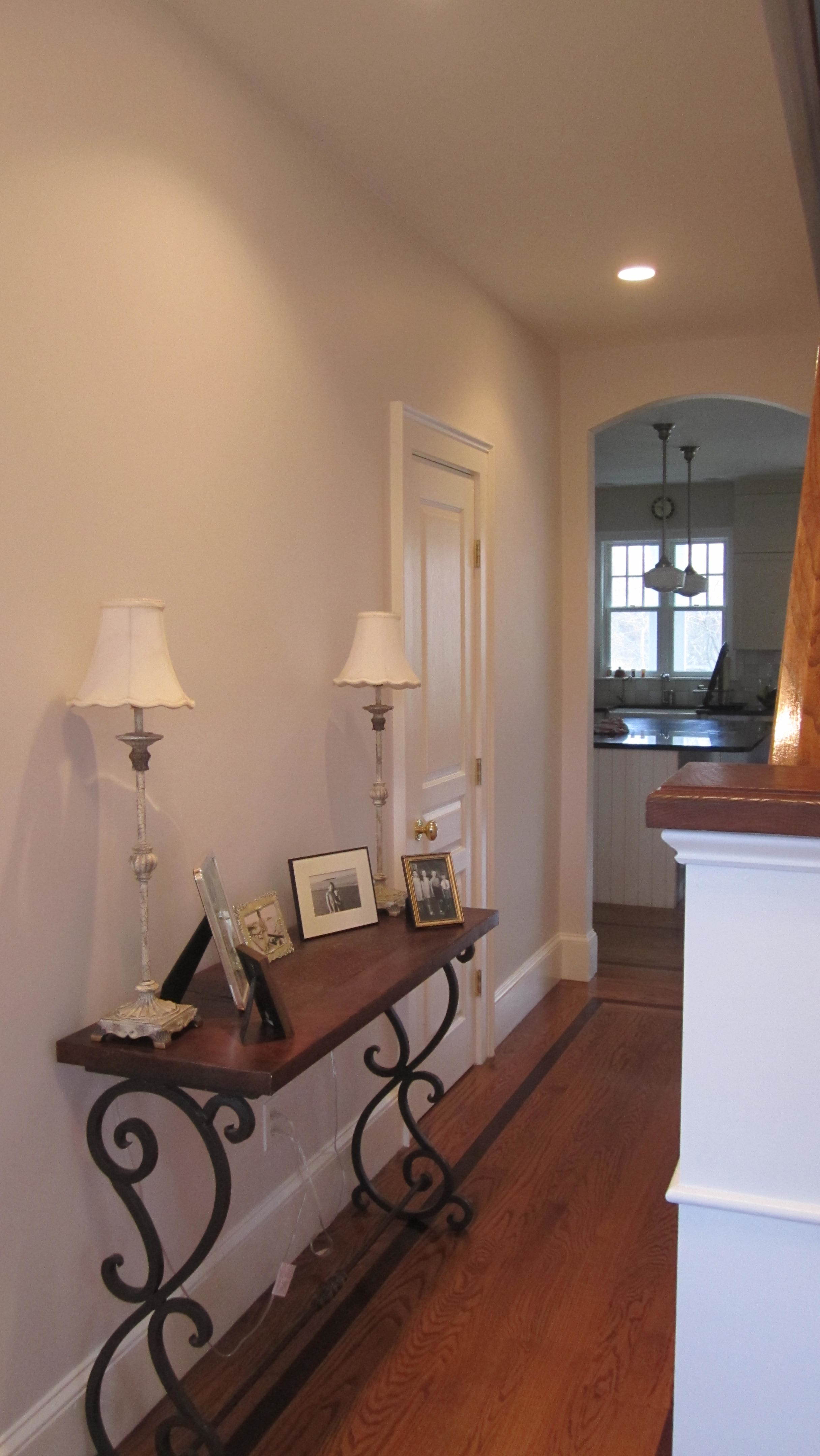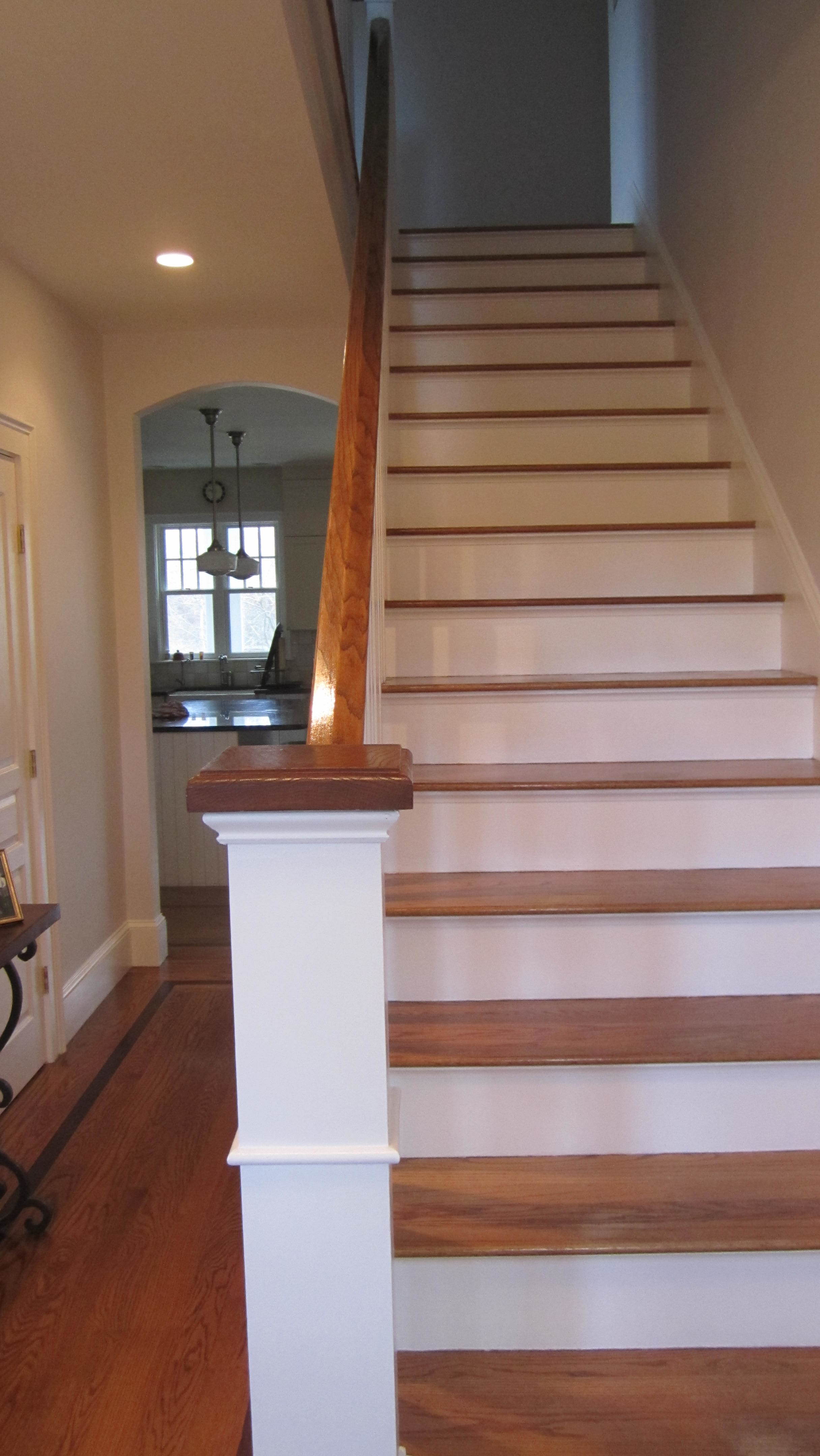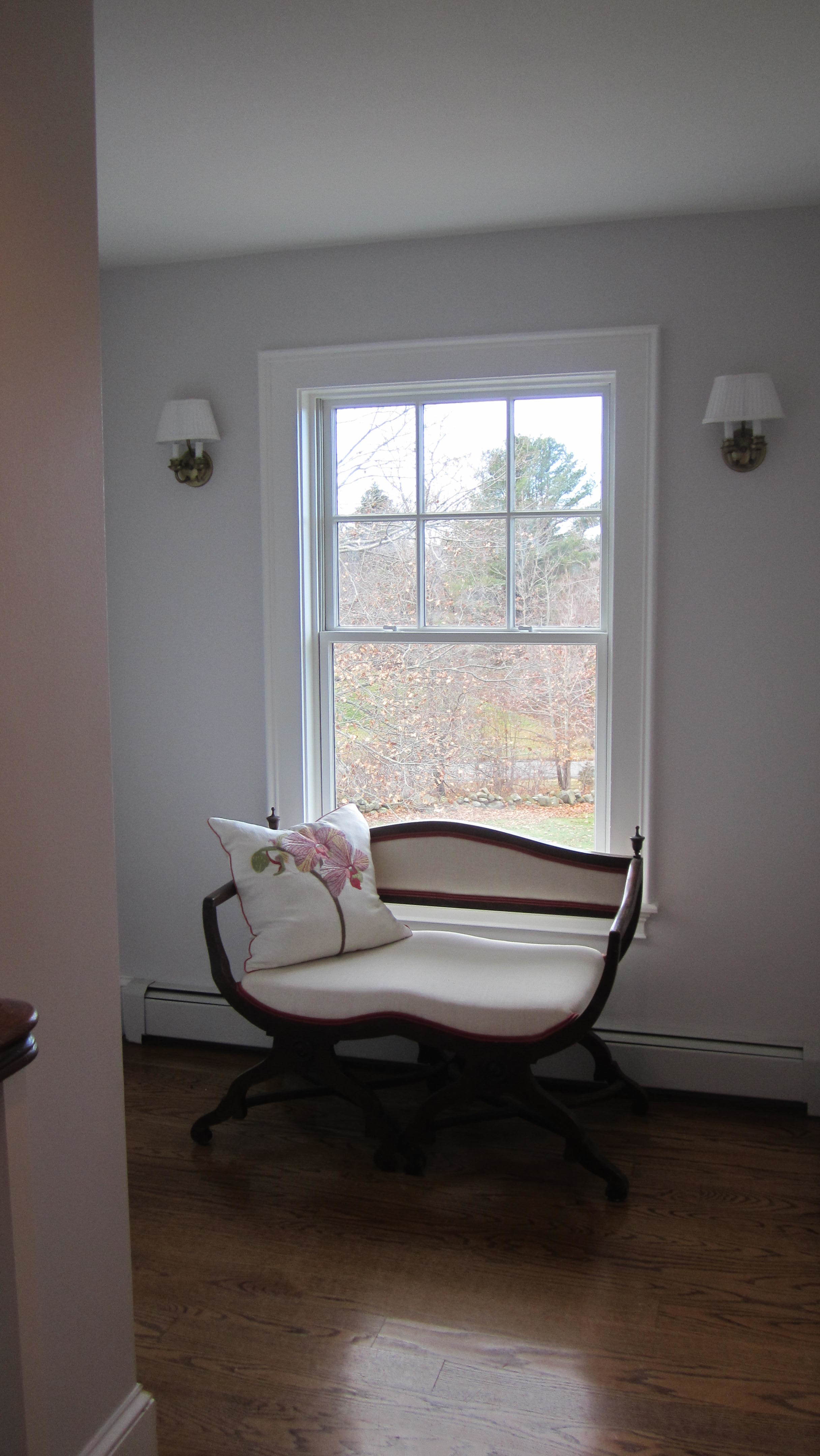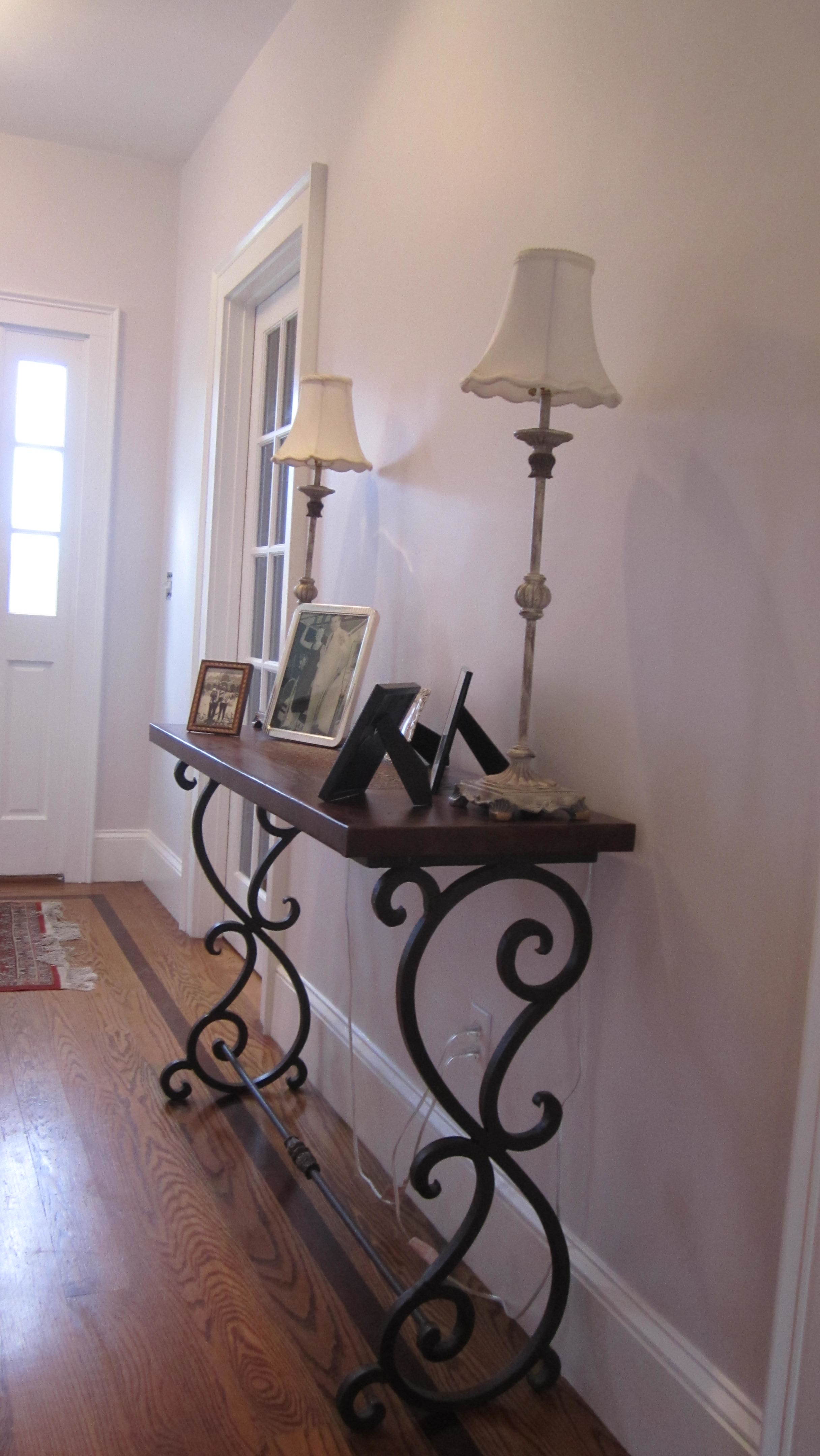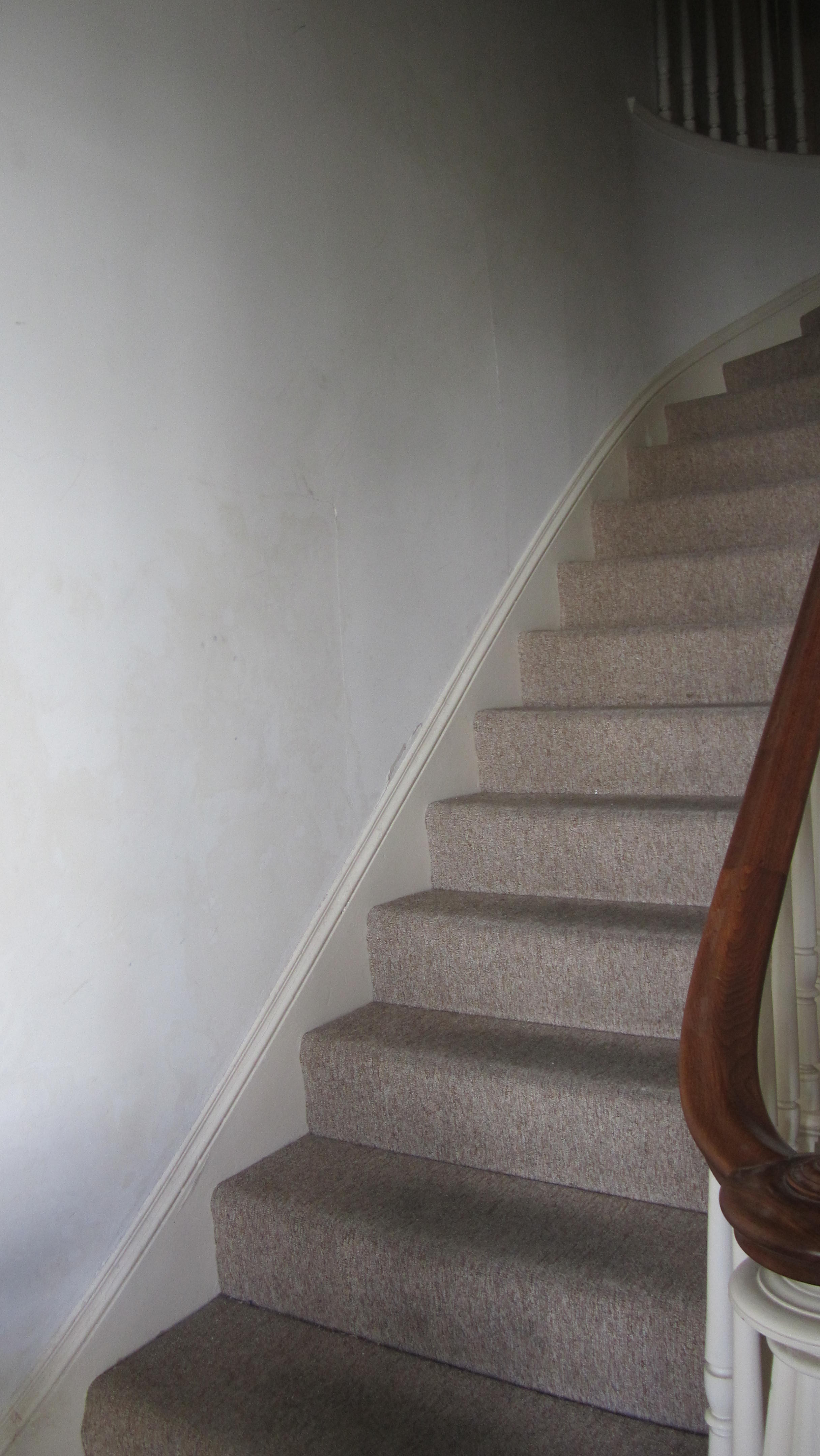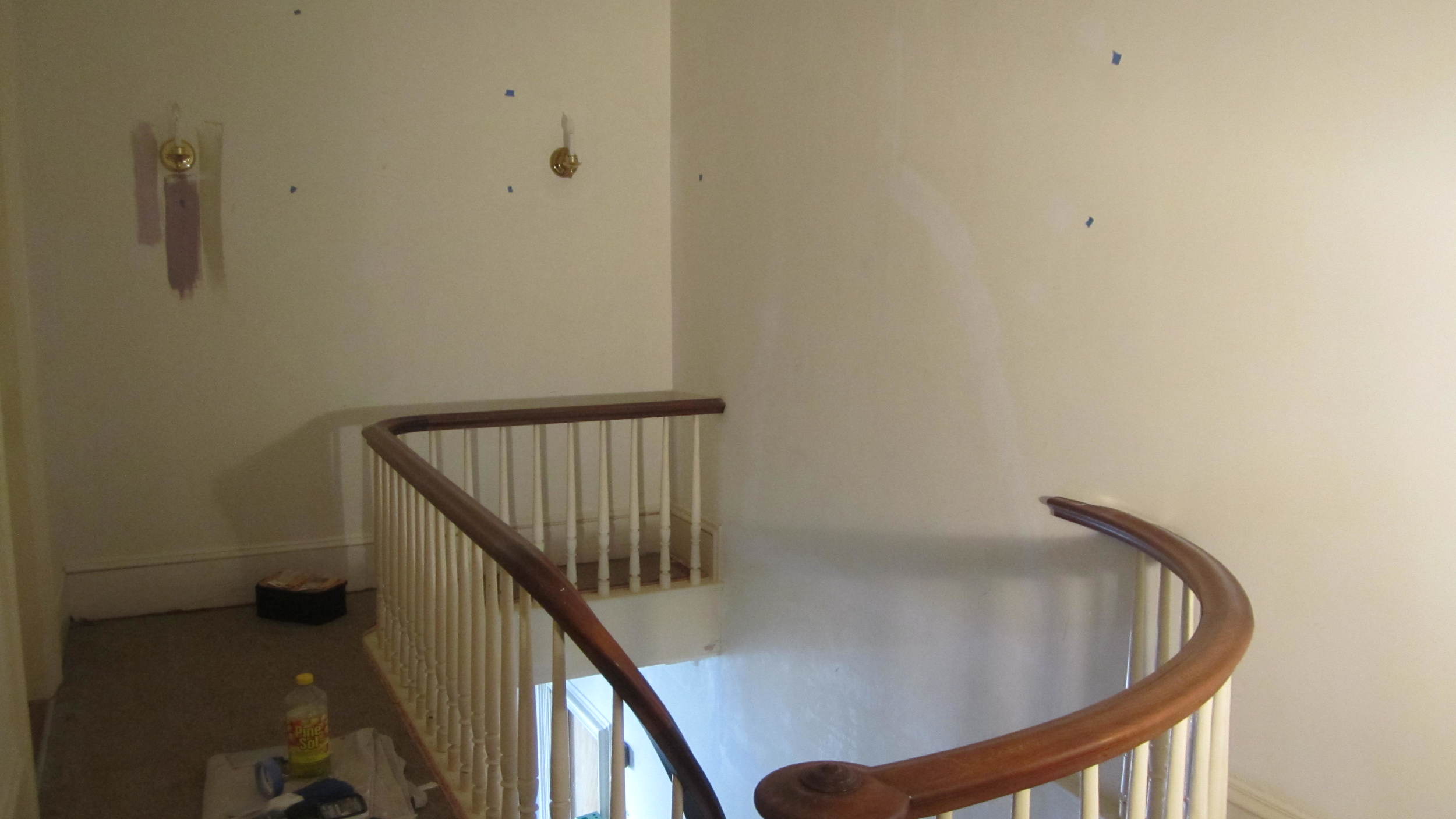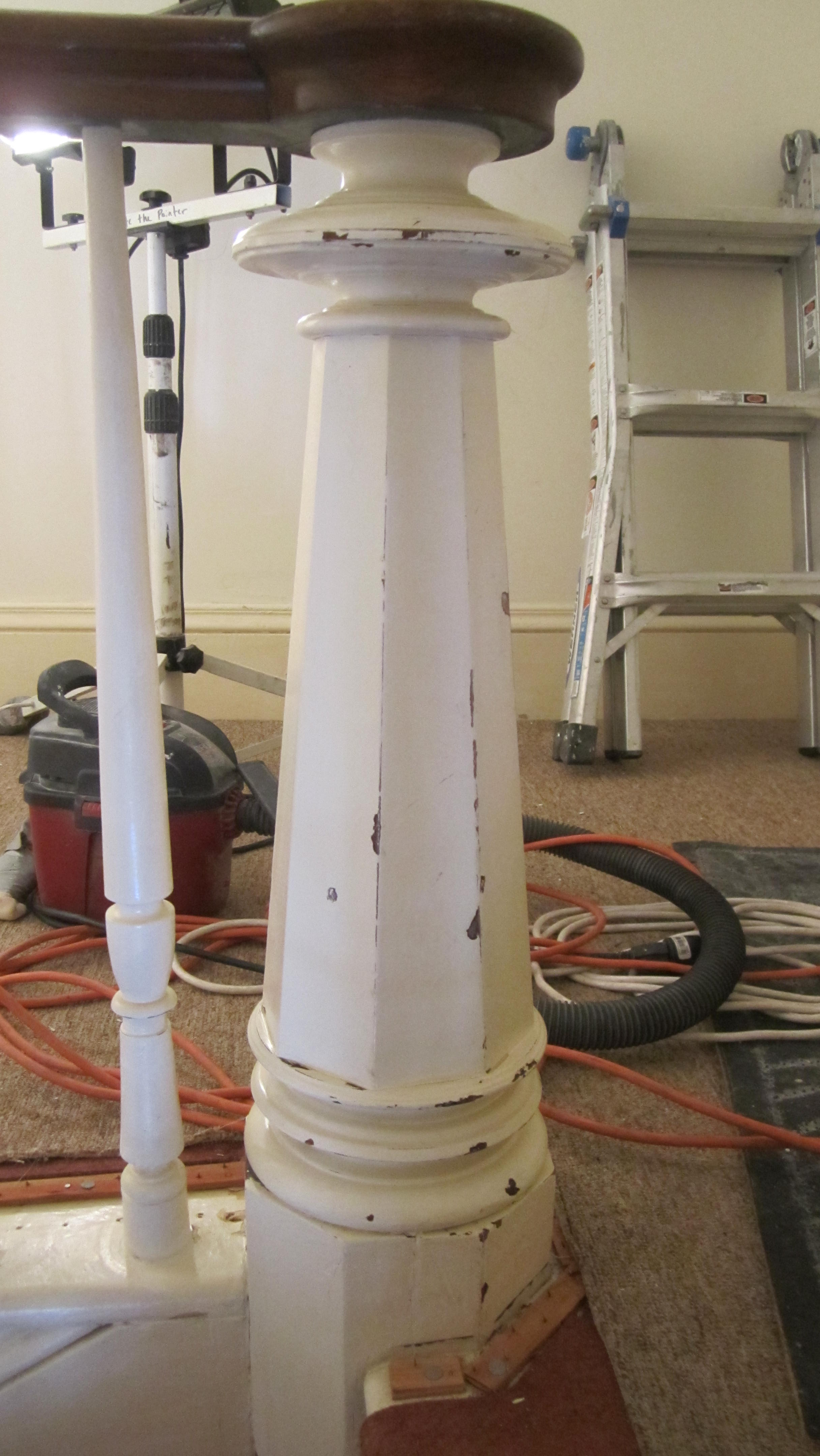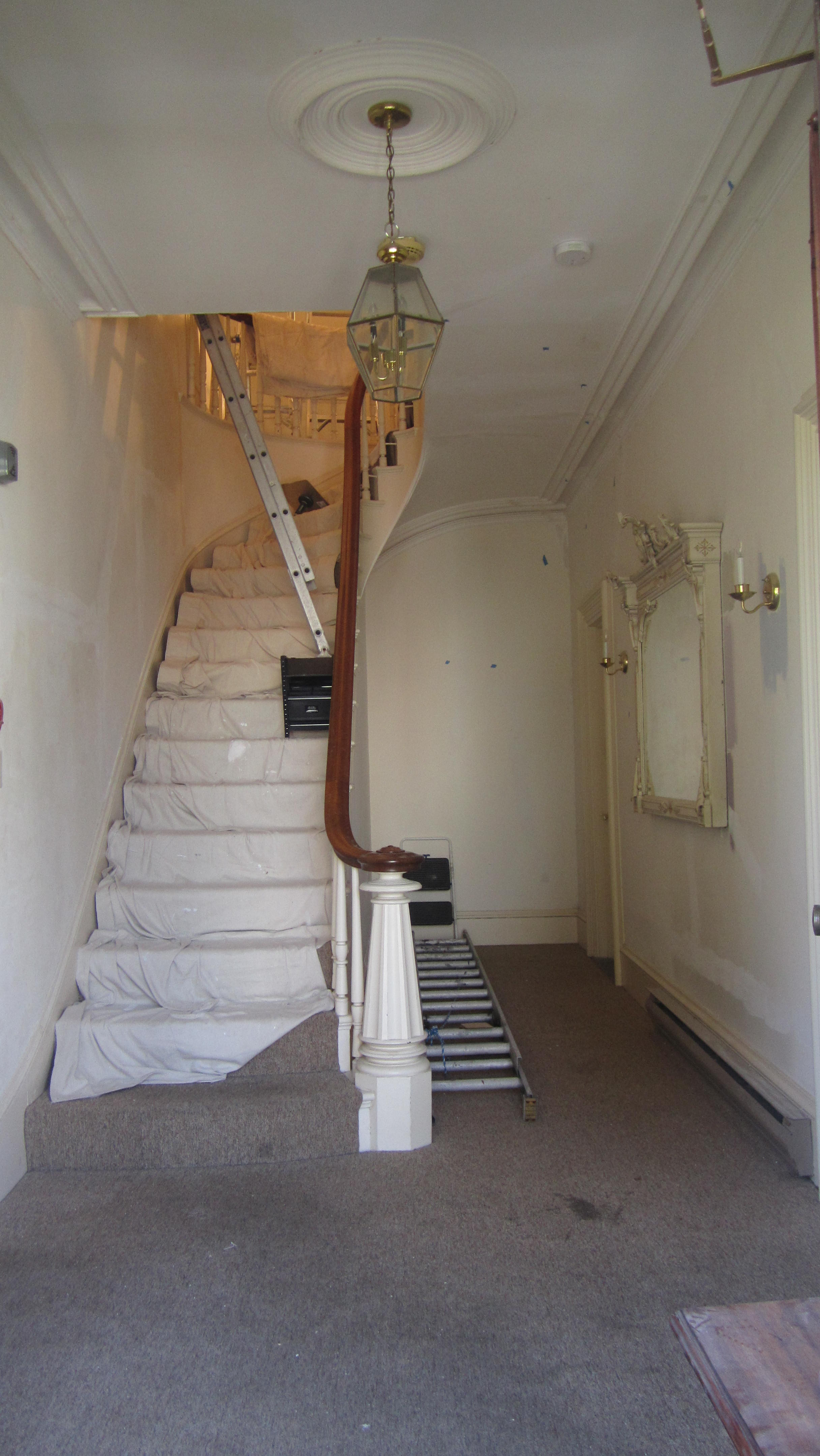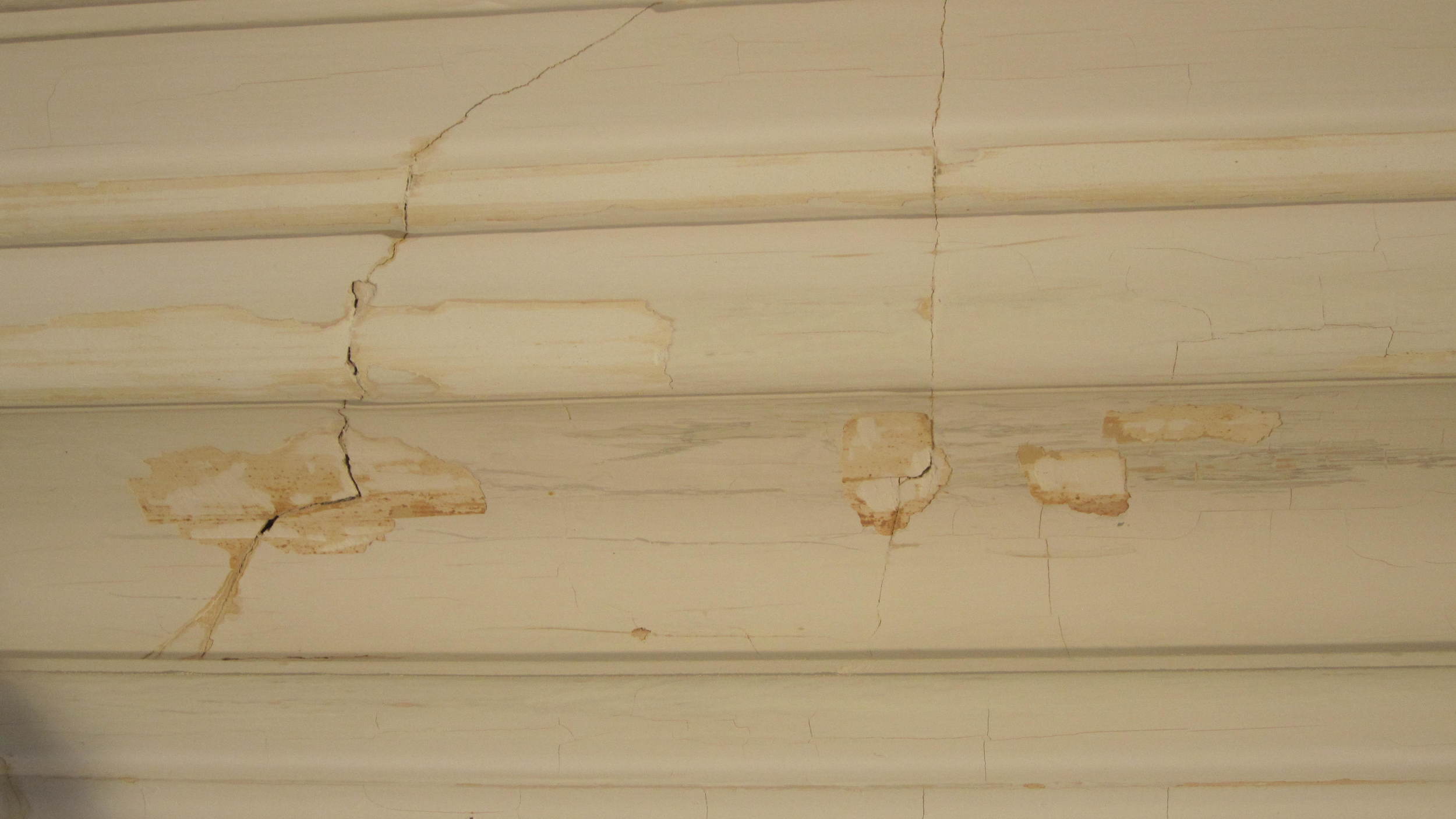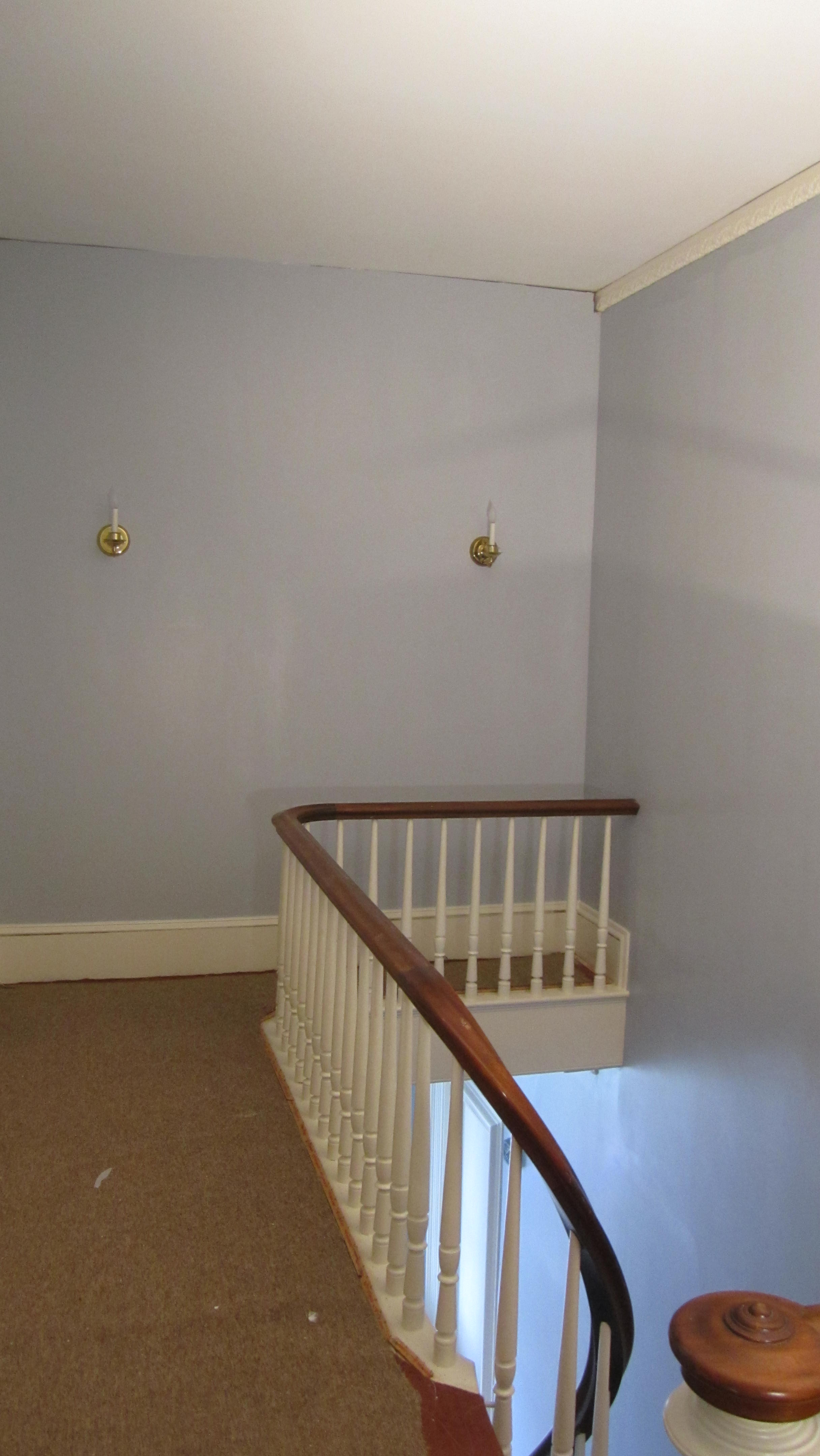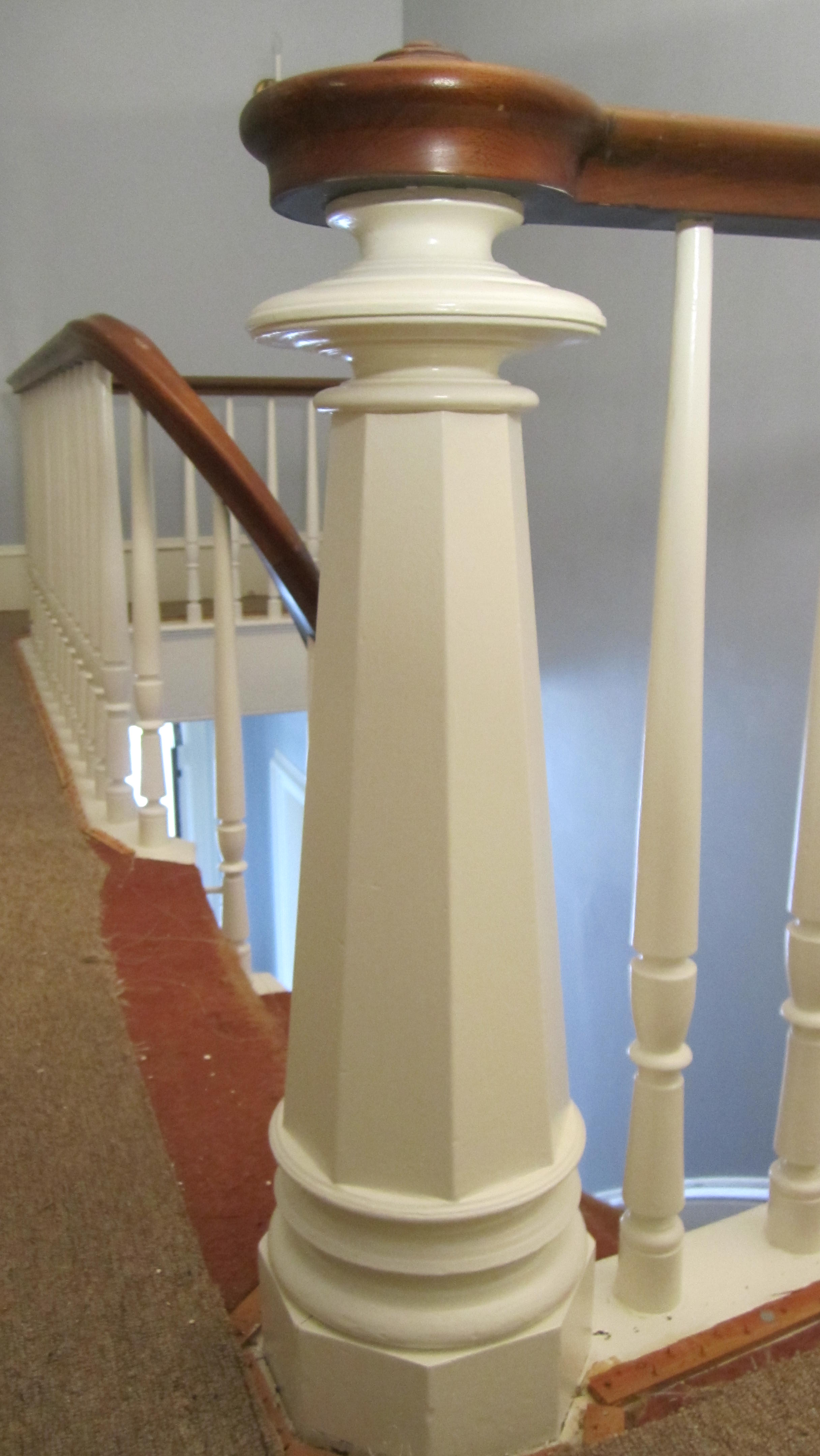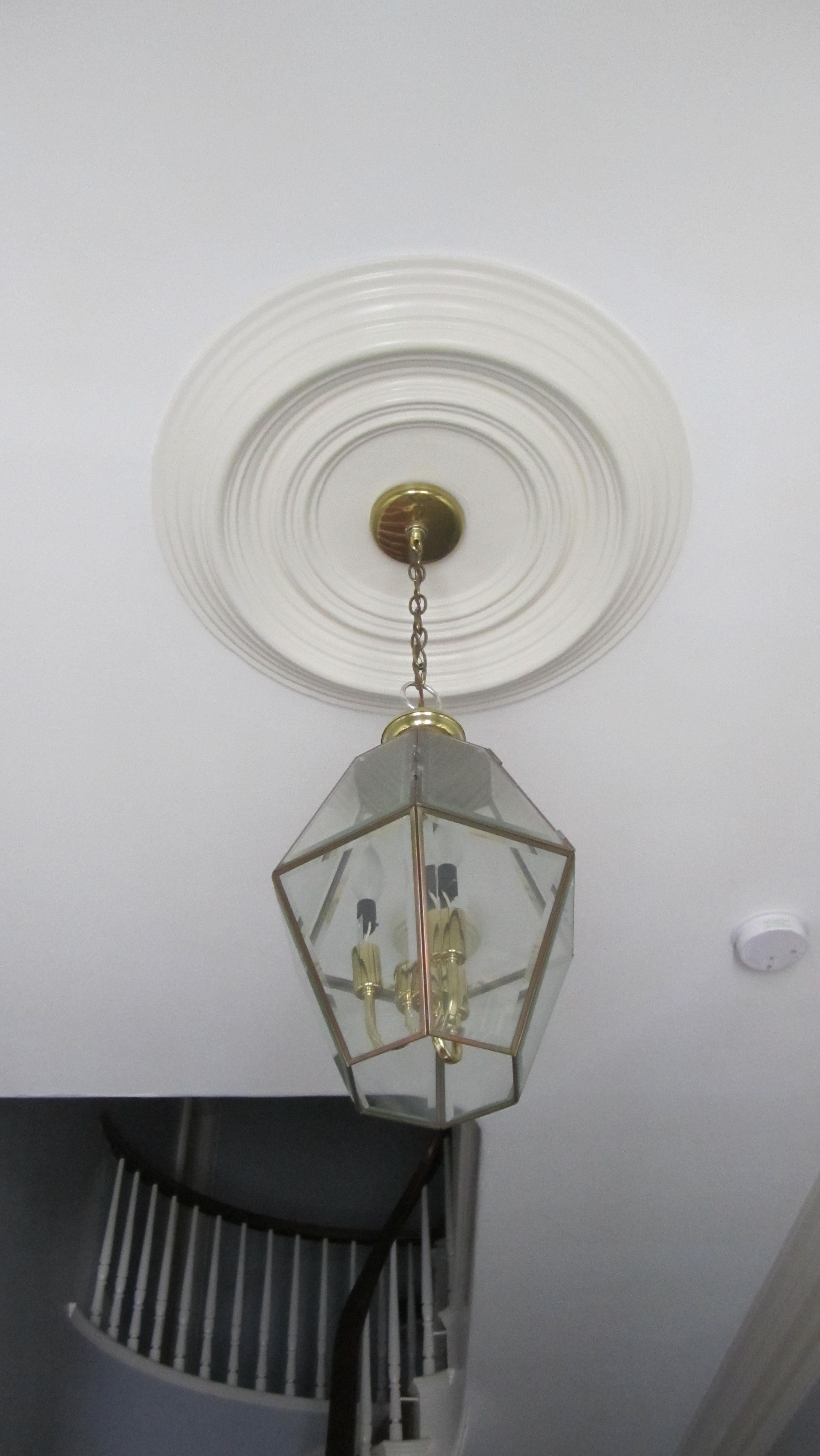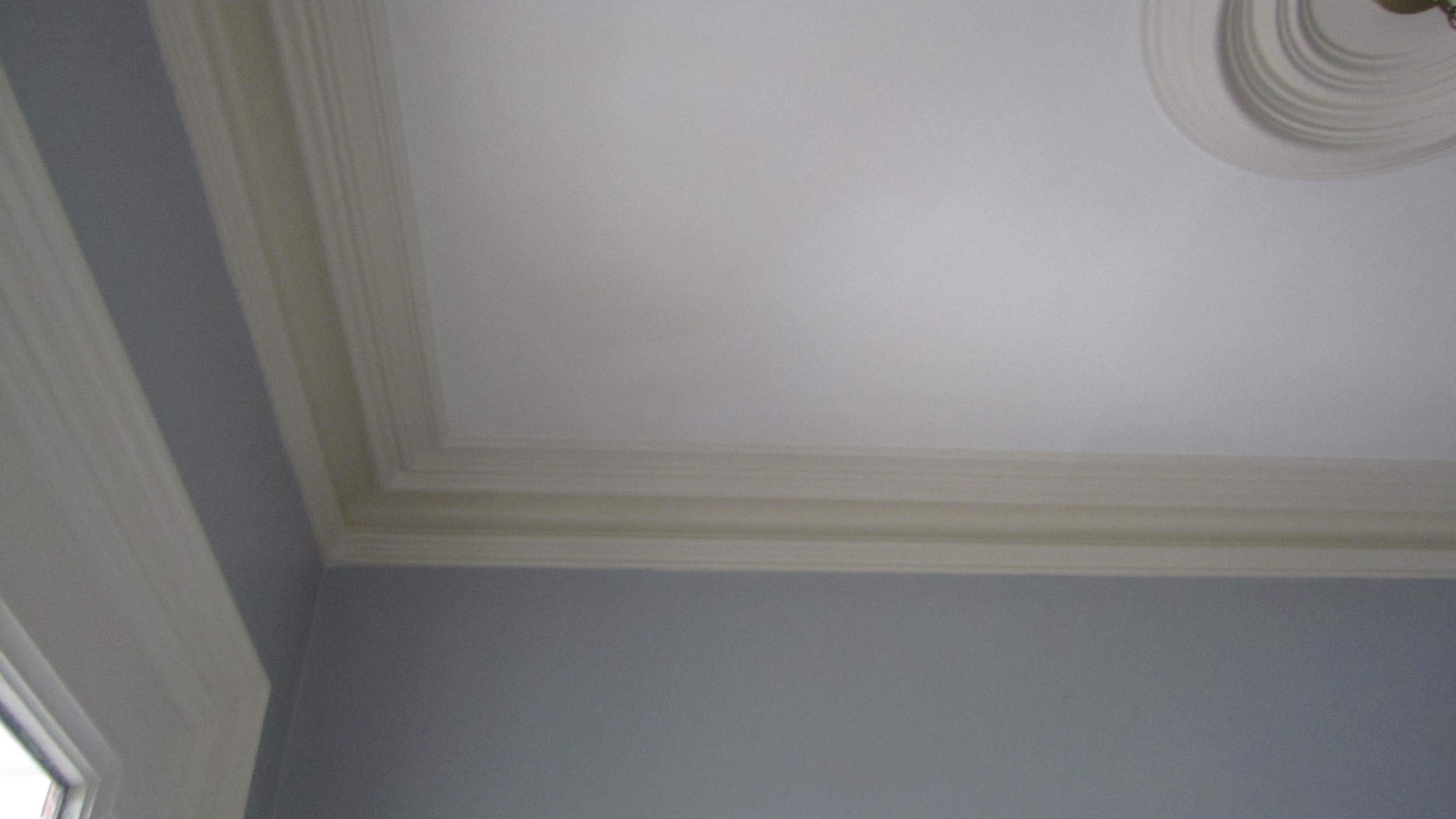Exterior Painting....Why is it so Much Harder than Interior?
The exterior season is just around the corner, and I have a love hate relationship with exterior work. I enjoy it because I get to be outside, and as long as the weather cooperates I usually have no issues staying really busy. This year I am starting the season with four exteriors that I could not fit into my schedule last year. The hate…well it is exhausting work. Up and down ladders all day, and if there is a lot of scraping and sanding I will be shot at the end of the day. And there is all of the other stuff that can make it so much work….
Here are the things that you should be thinking about when you hire a painter to paint your exterior work. Most of these are why painting can be so difficult in the early spring and late autumn.
Air and surface temperature usually has be at 40 degrees or higher
So, if it is 50 degrees out and the area to be painted is in the shade chances are that it cannot be painted
Grey wood (wood that looks aged) is no good, It has to be removed
Grey wood will not hold paint long
The house has to be cleaned
A layer of dirt under the new paint will lead to failure
As too cold is not good, most paint cannot not be applied when the air or surface temp is above 90 degrees
it is very easy for a dark surface to reach well above 90 degrees even when the air temp is below 90 degrees
I have seen temps as high as 140 degrees. Paint fries at that temp
Moisture…this one is the worst of them all.. Especially if you live right on the water
The moisture level of wood must be below 10%.
If there is dew or rain in the morning it can often take hours for wood to dry to a moisture level that will allow it to be painted
A little dew in the morning on the north or west side of a building can mean no painting can be done on that day.
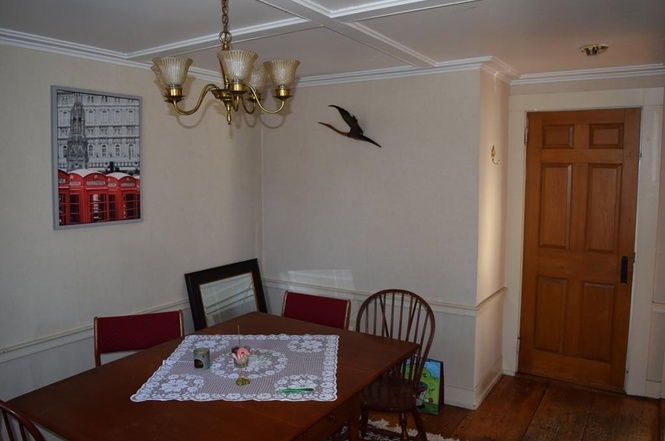
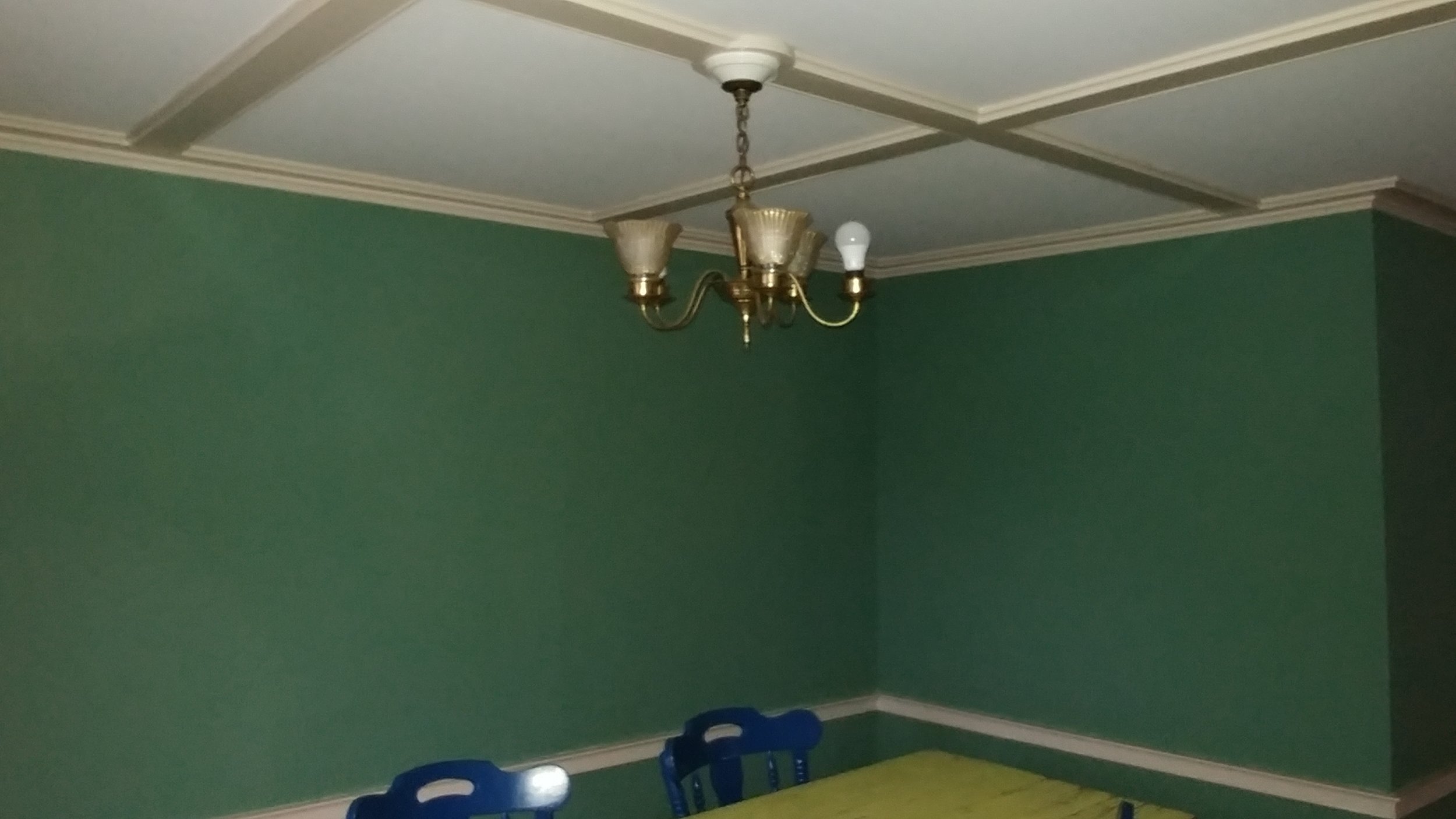
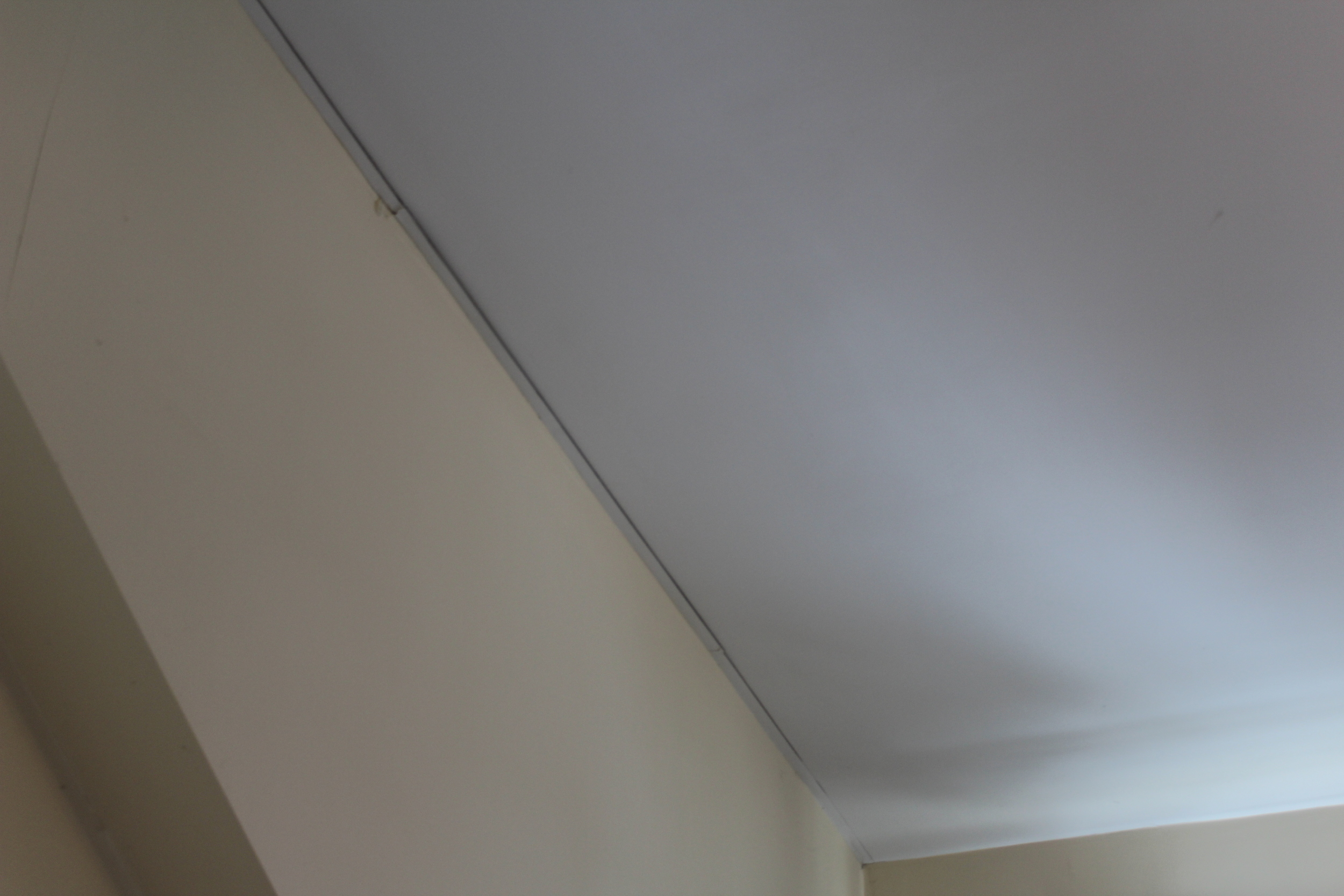
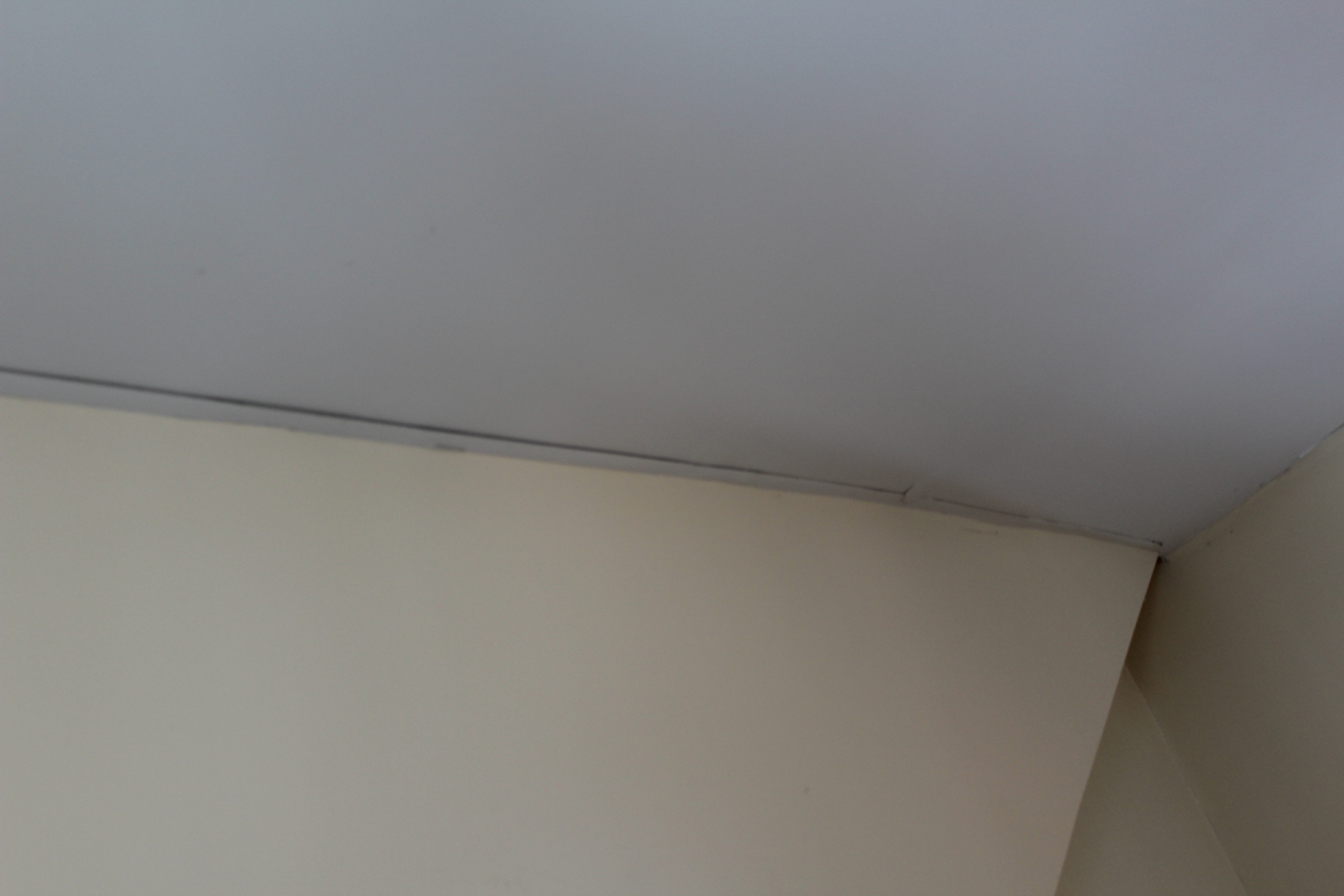
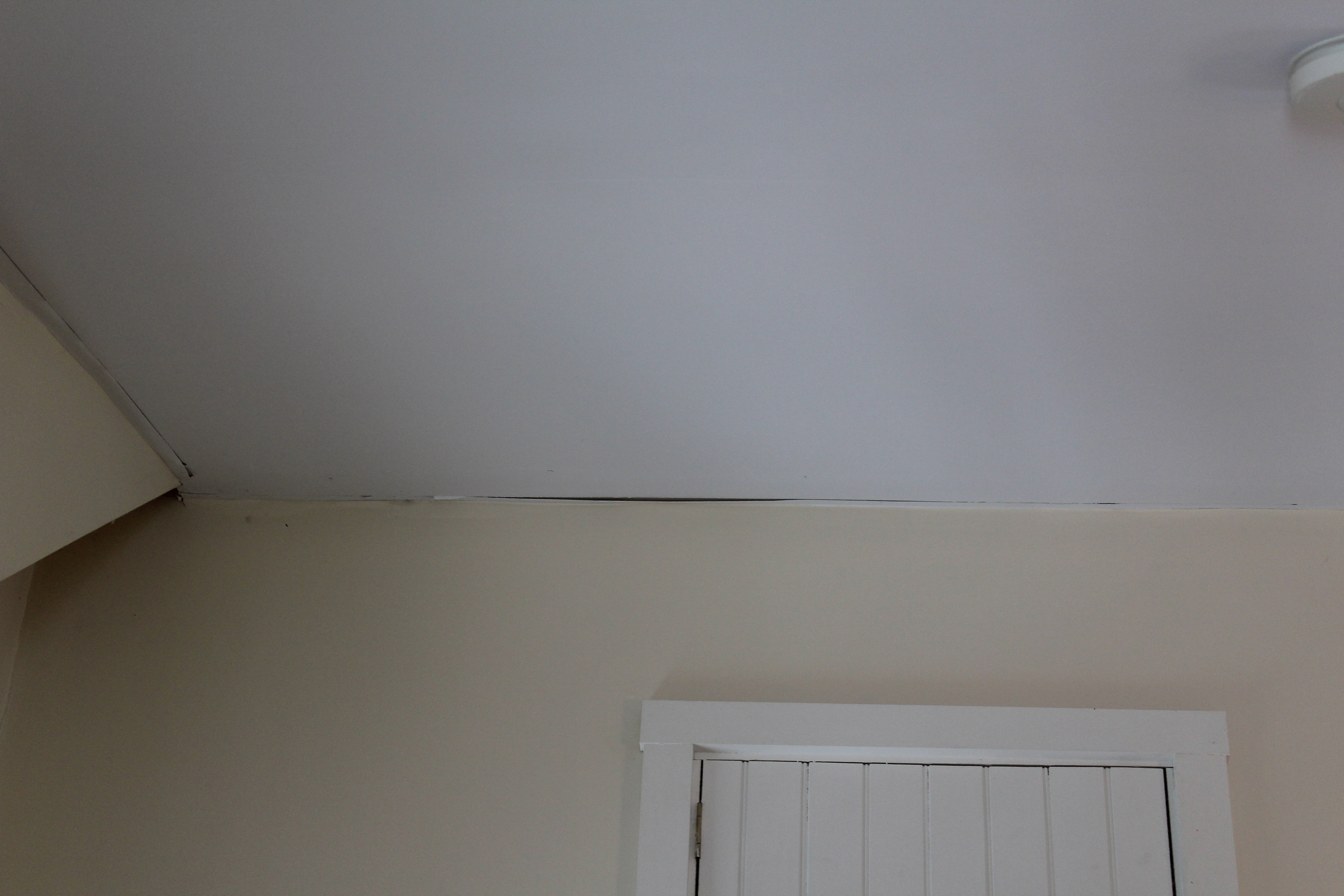

![0119160948[1].jpg](https://images.squarespace-cdn.com/content/v1/51293ec7e4b0df88da7044b3/1455059924709-ZZB997AQVM9SCHD1TN6Y/0119160948%5B1%5D.jpg)
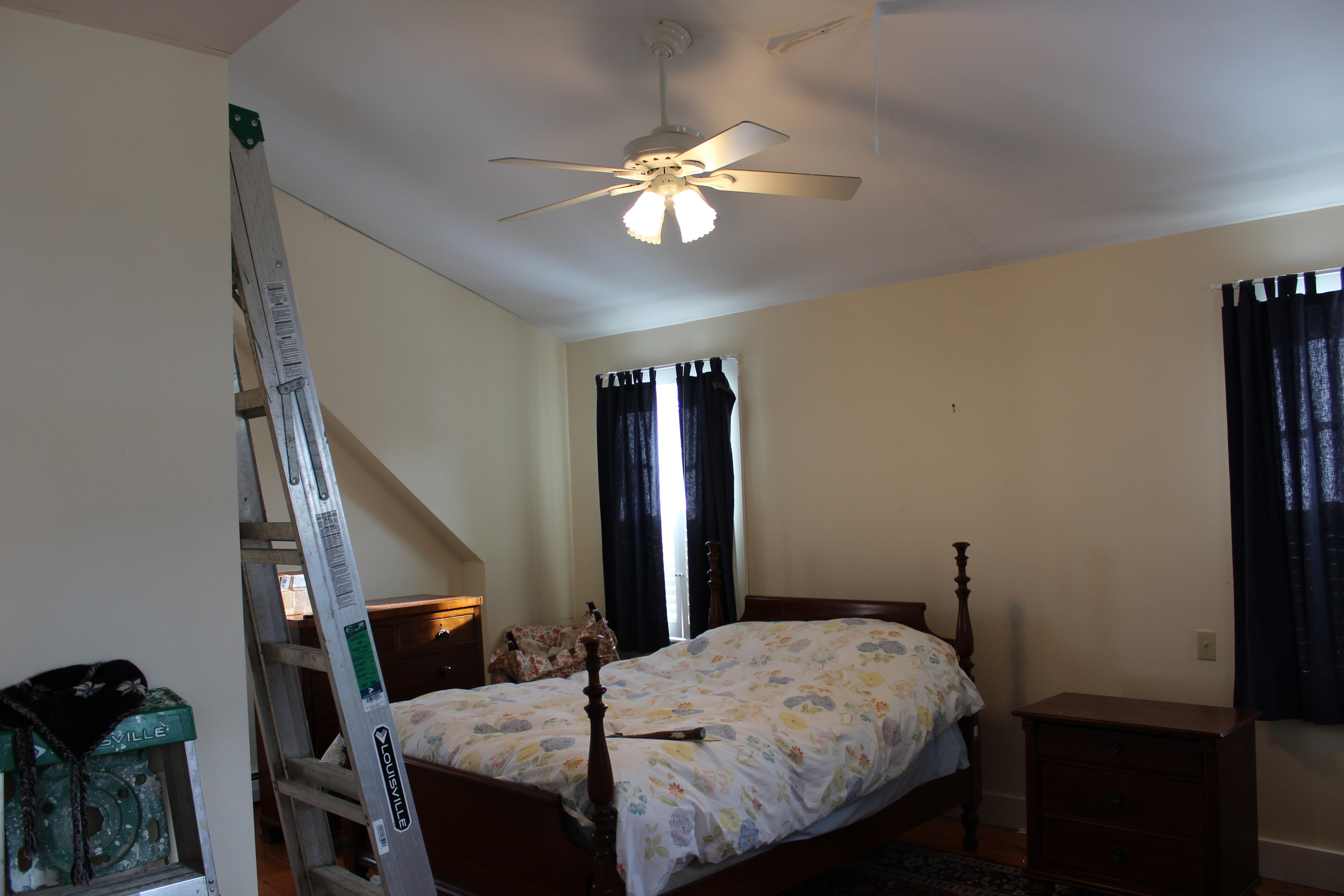
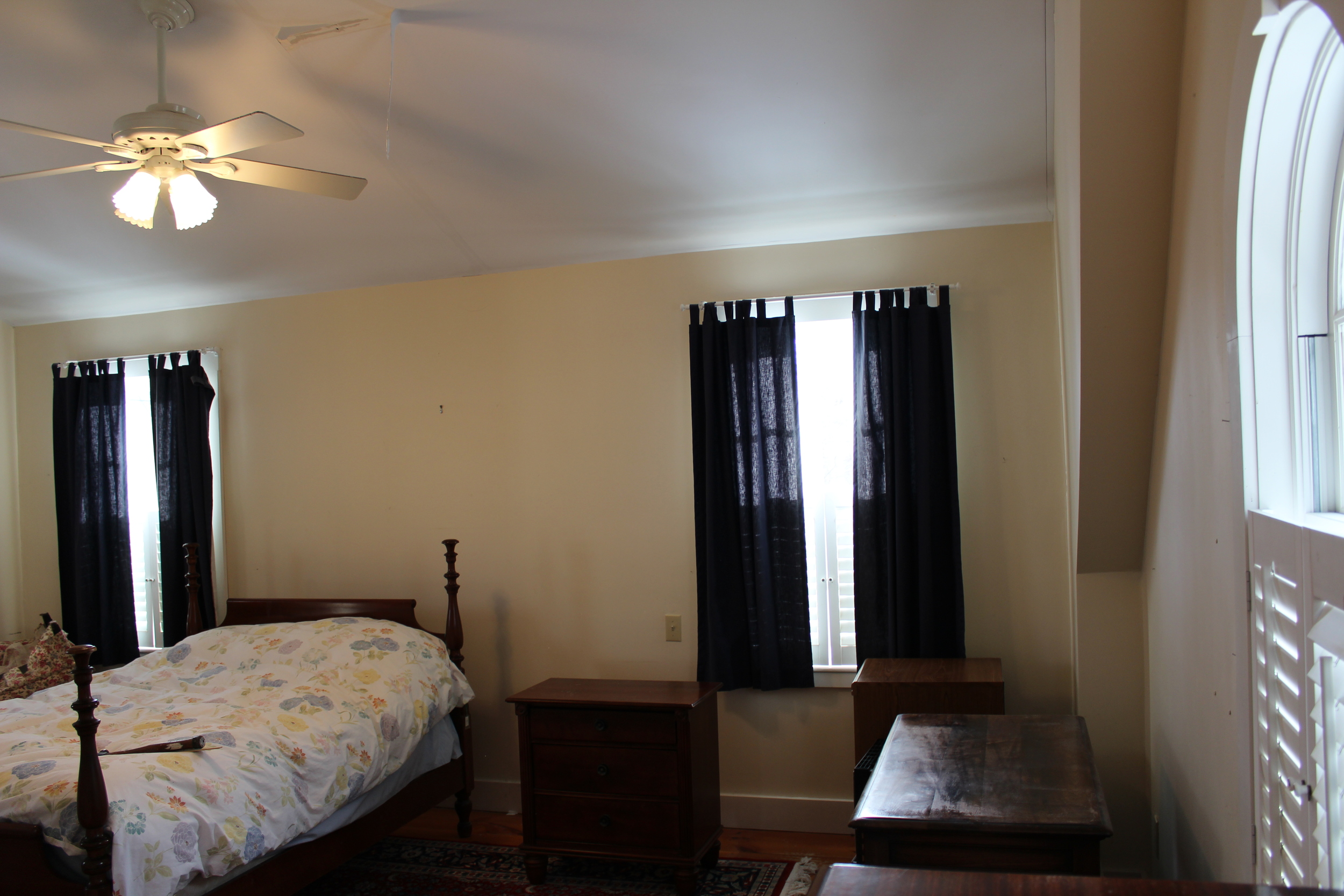
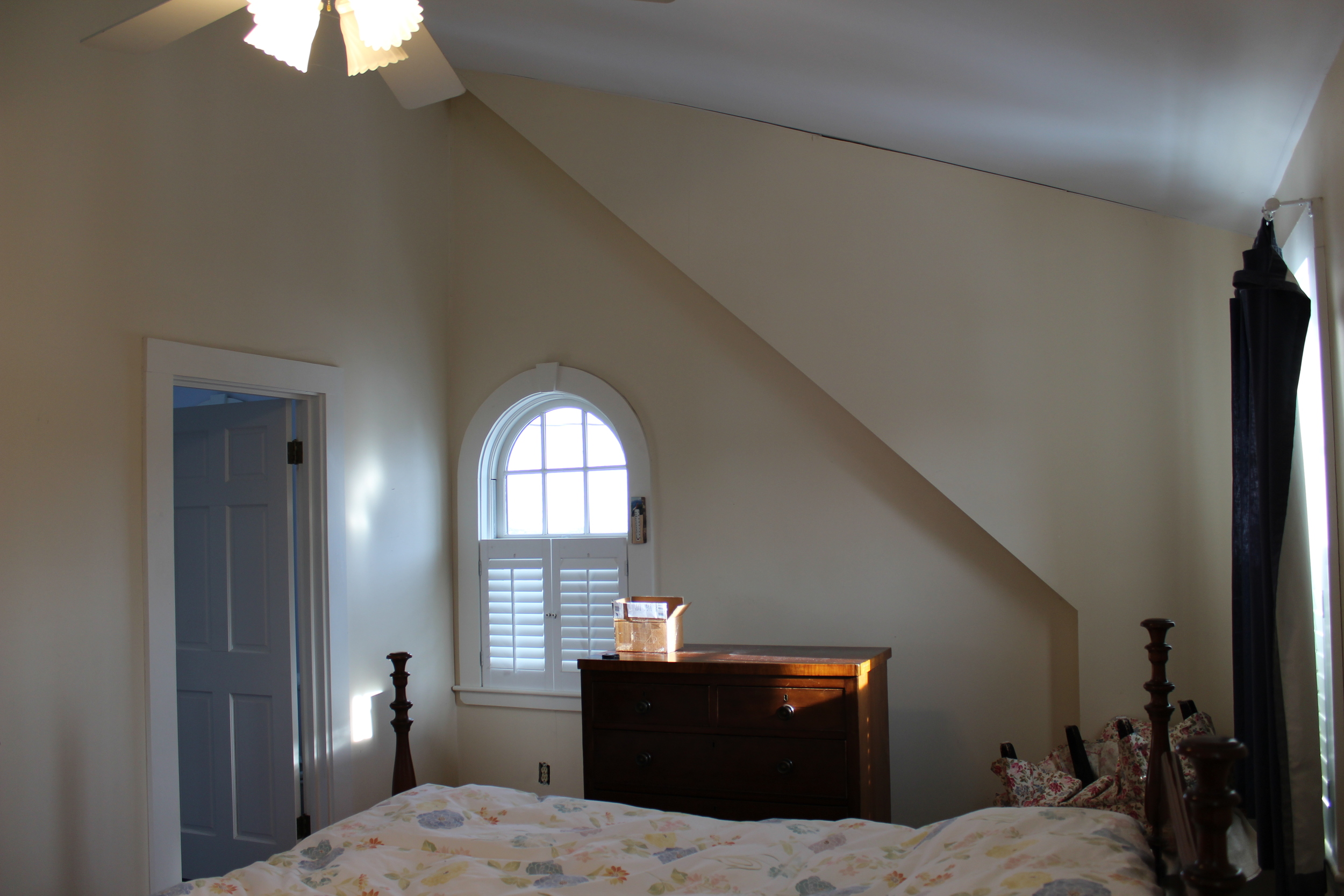
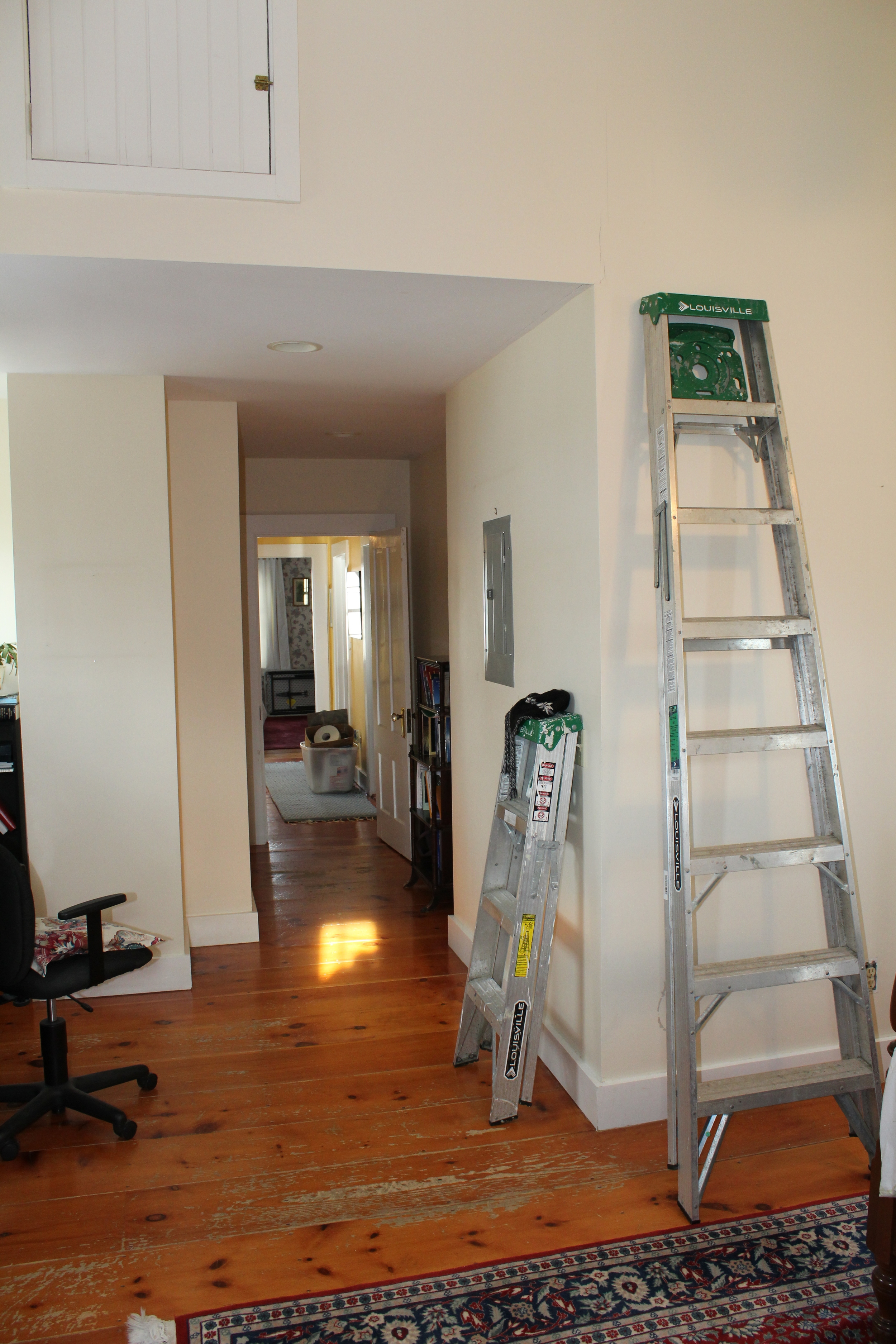
![0119160948a[1].jpg](https://images.squarespace-cdn.com/content/v1/51293ec7e4b0df88da7044b3/1455059961522-94MYEVUPQ4S8BHOGQWQ5/0119160948a%5B1%5D.jpg)
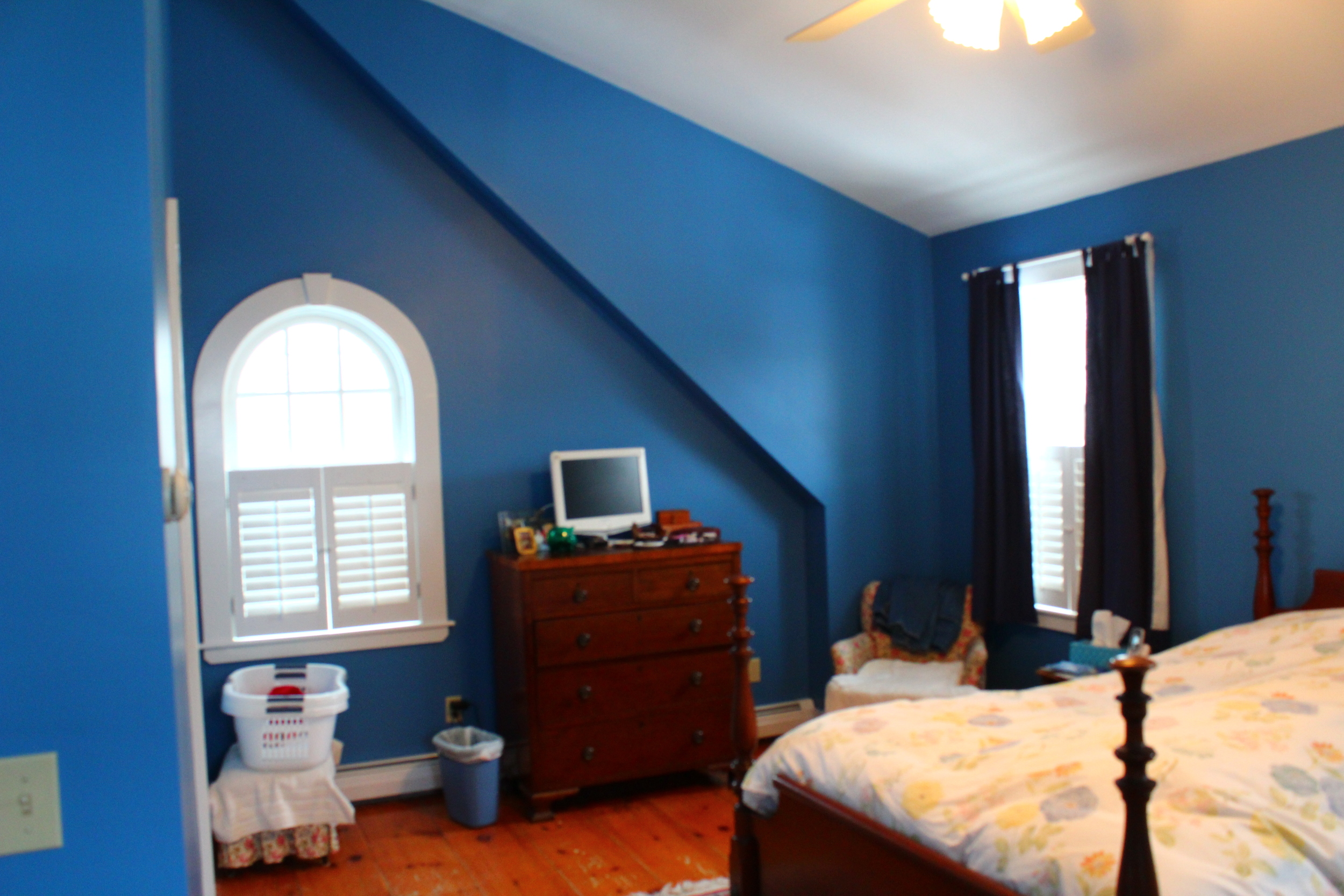
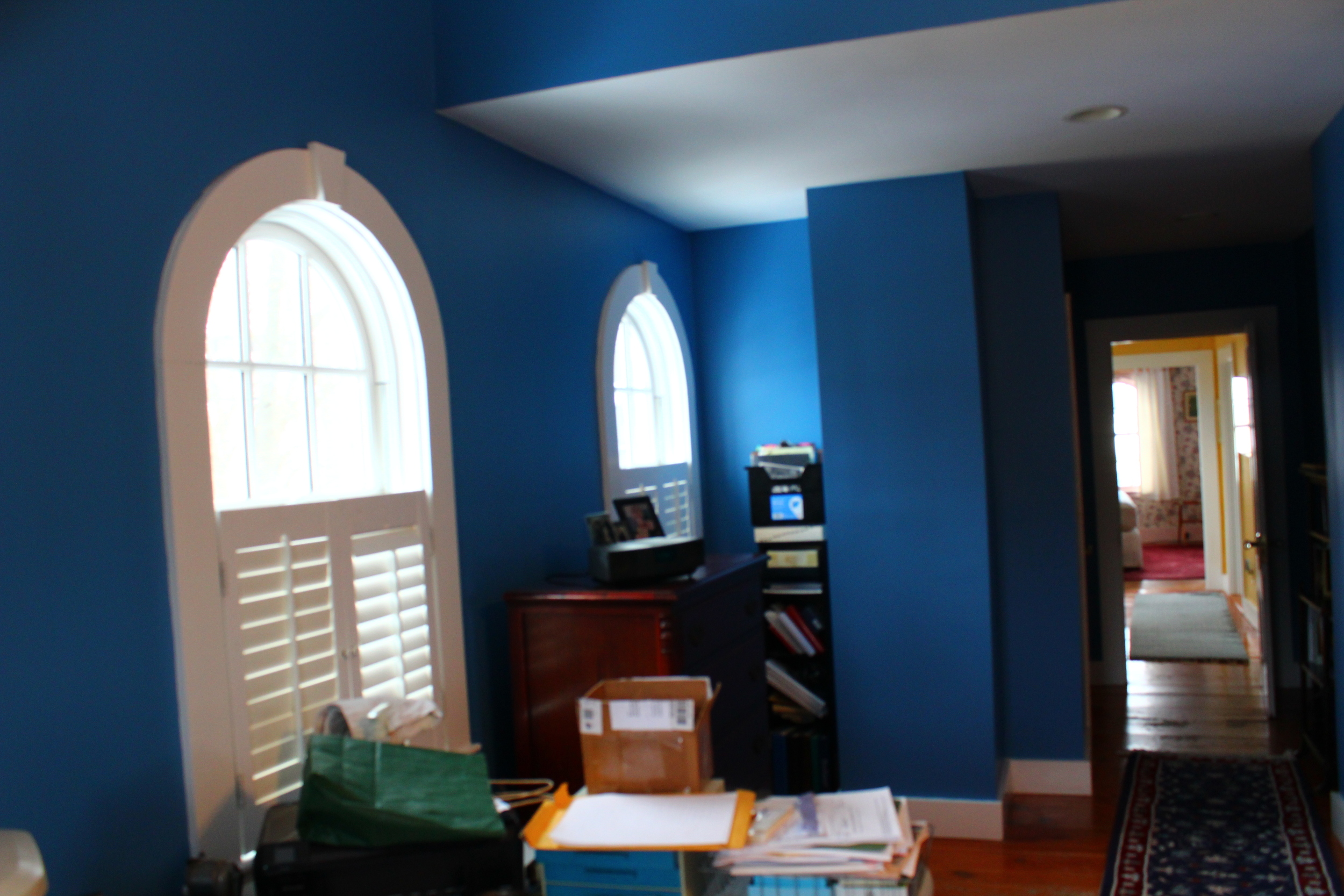
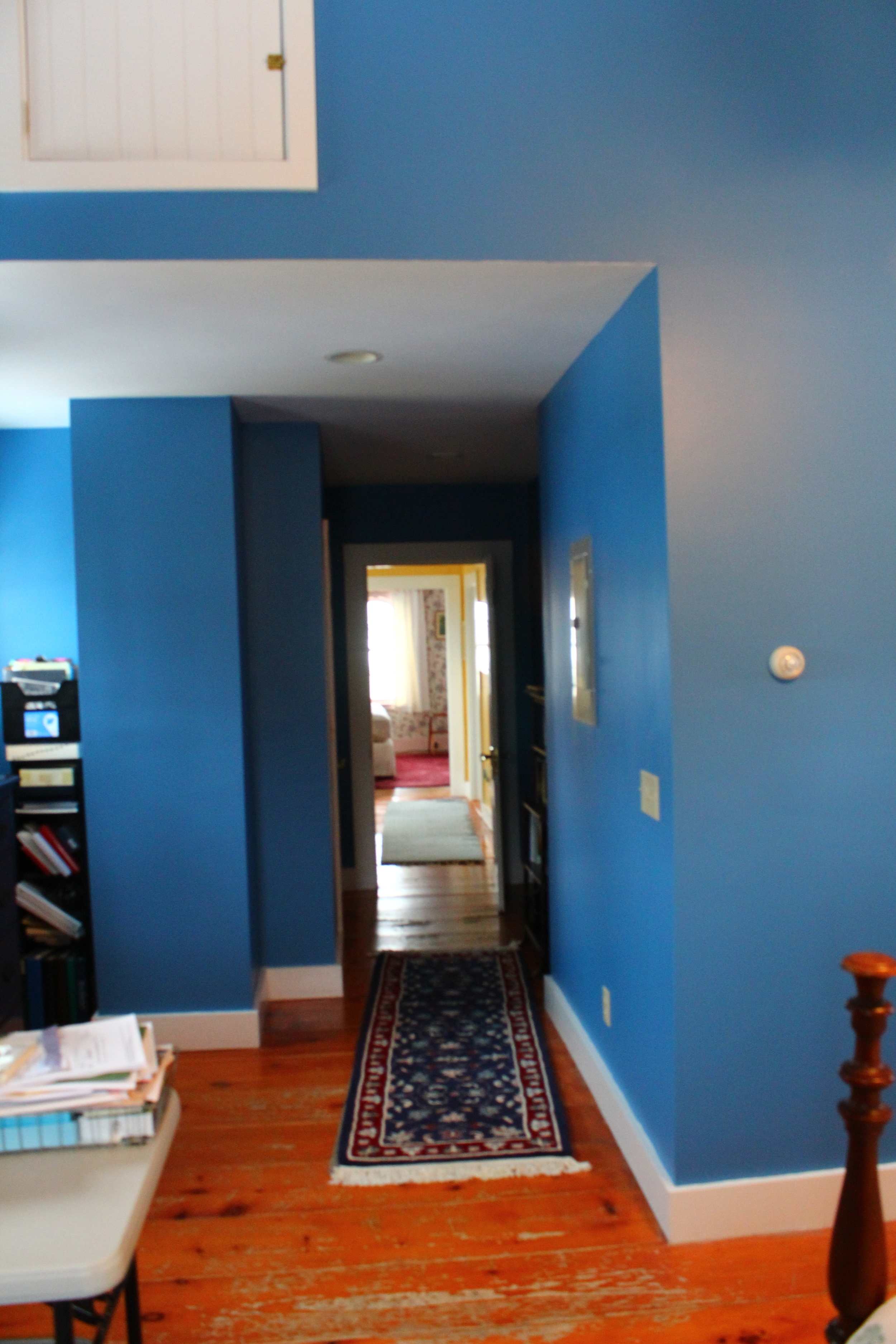
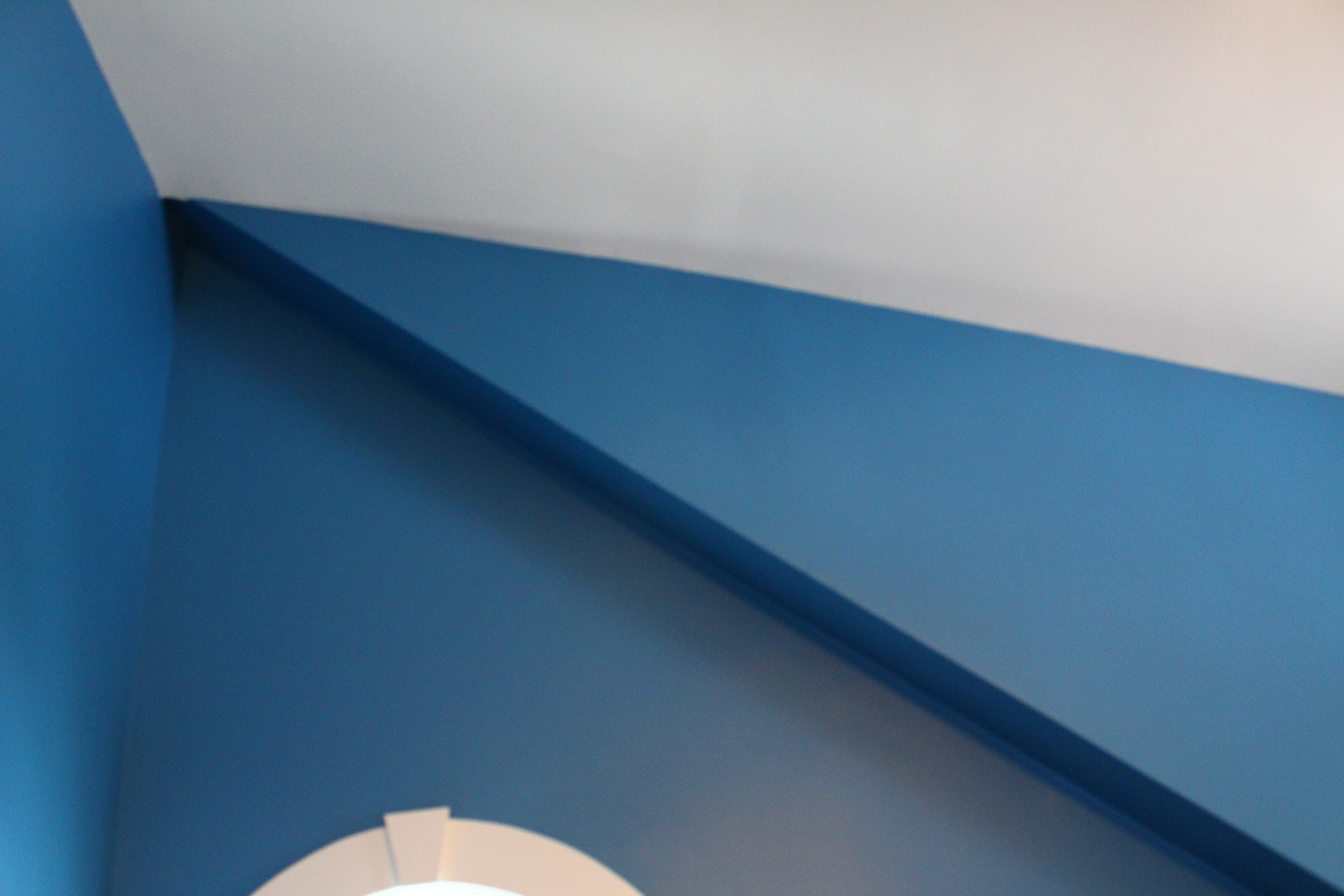
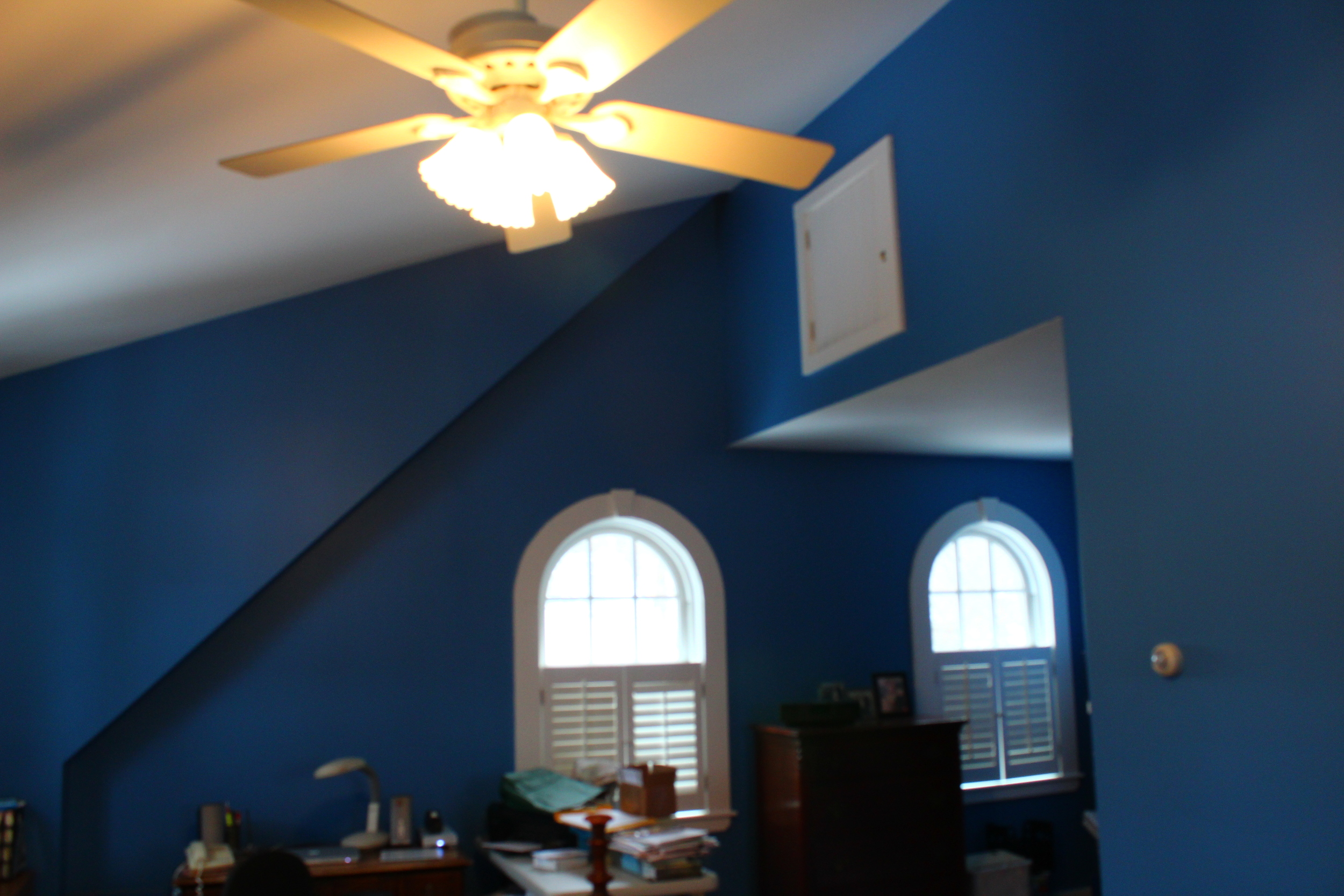
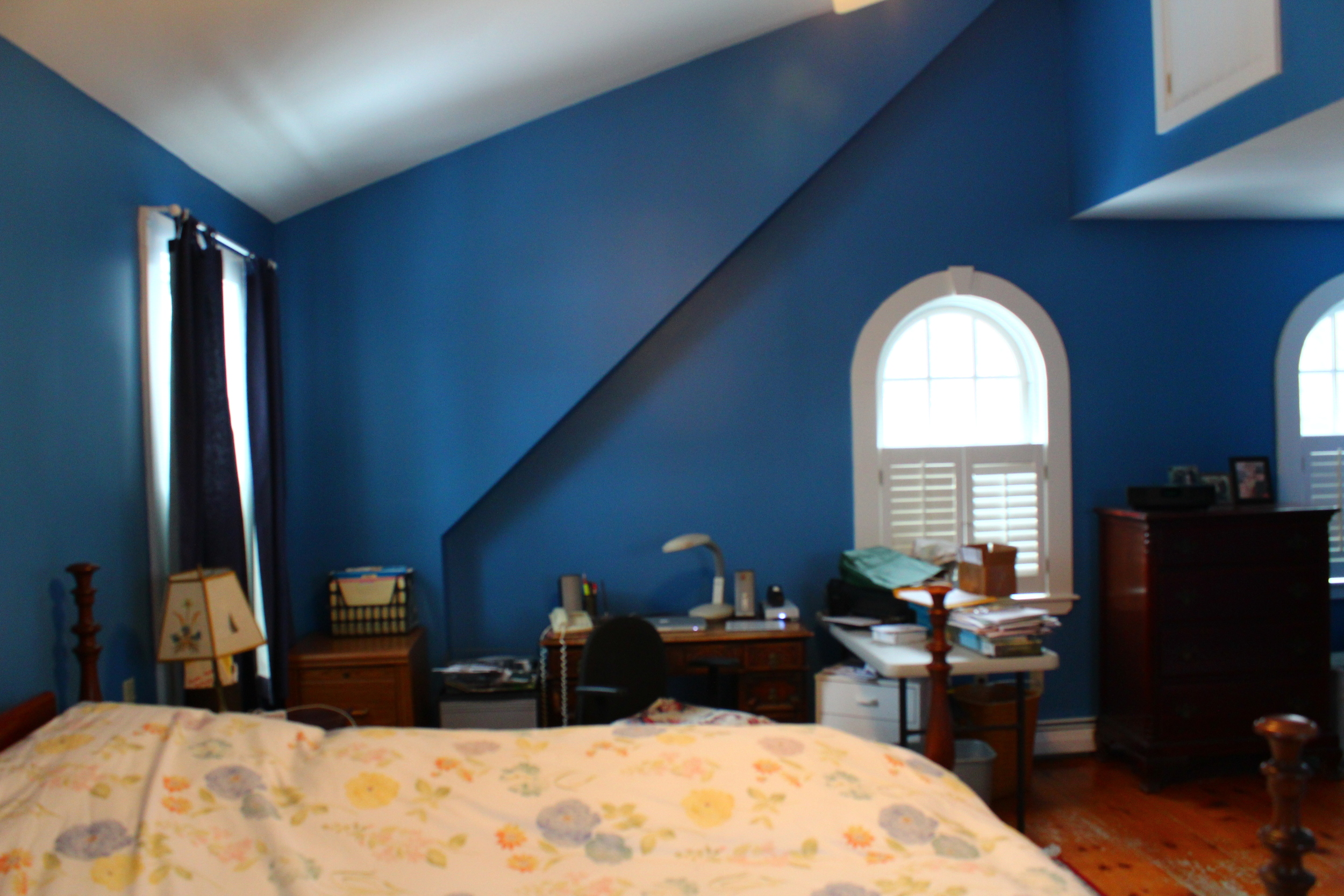
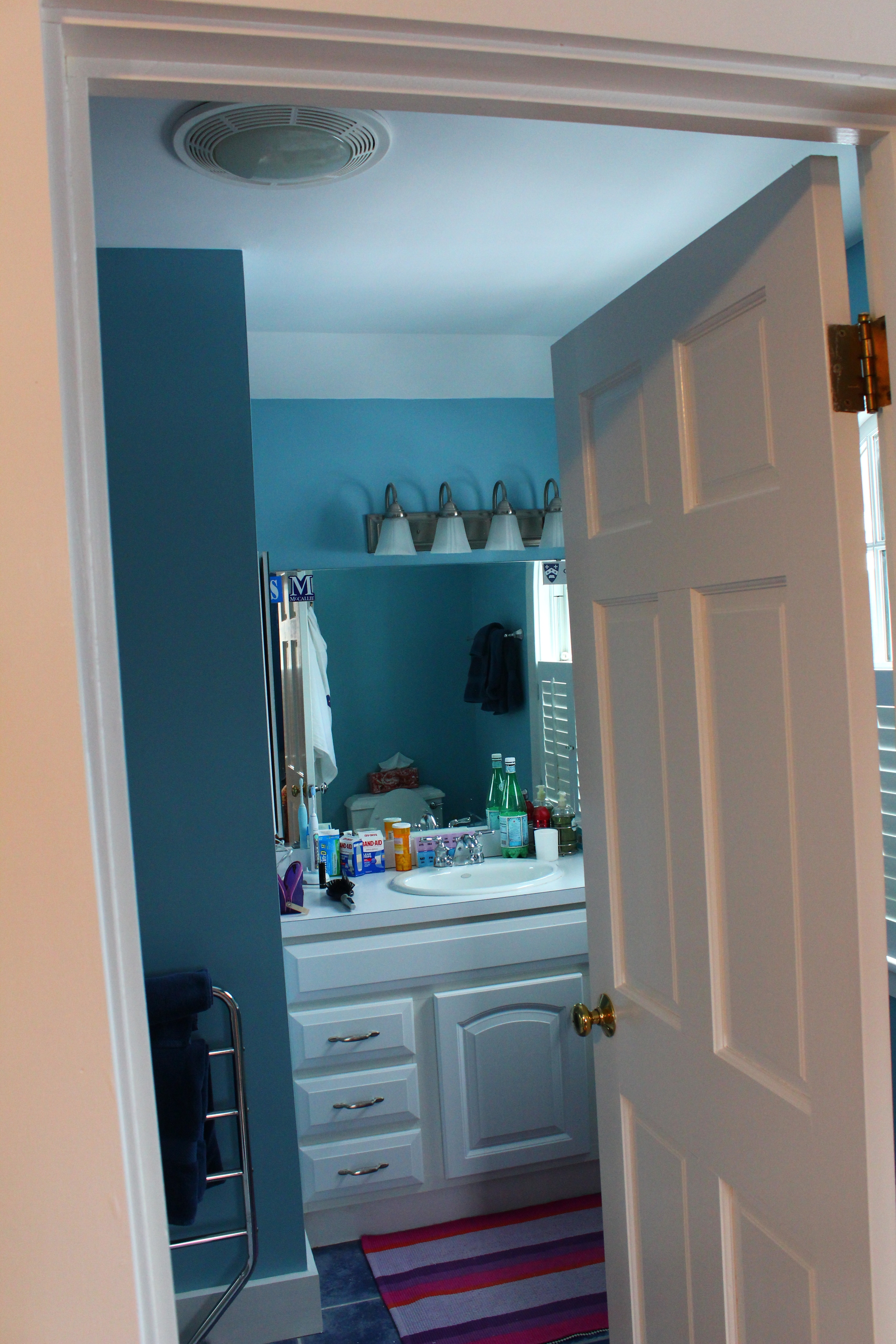
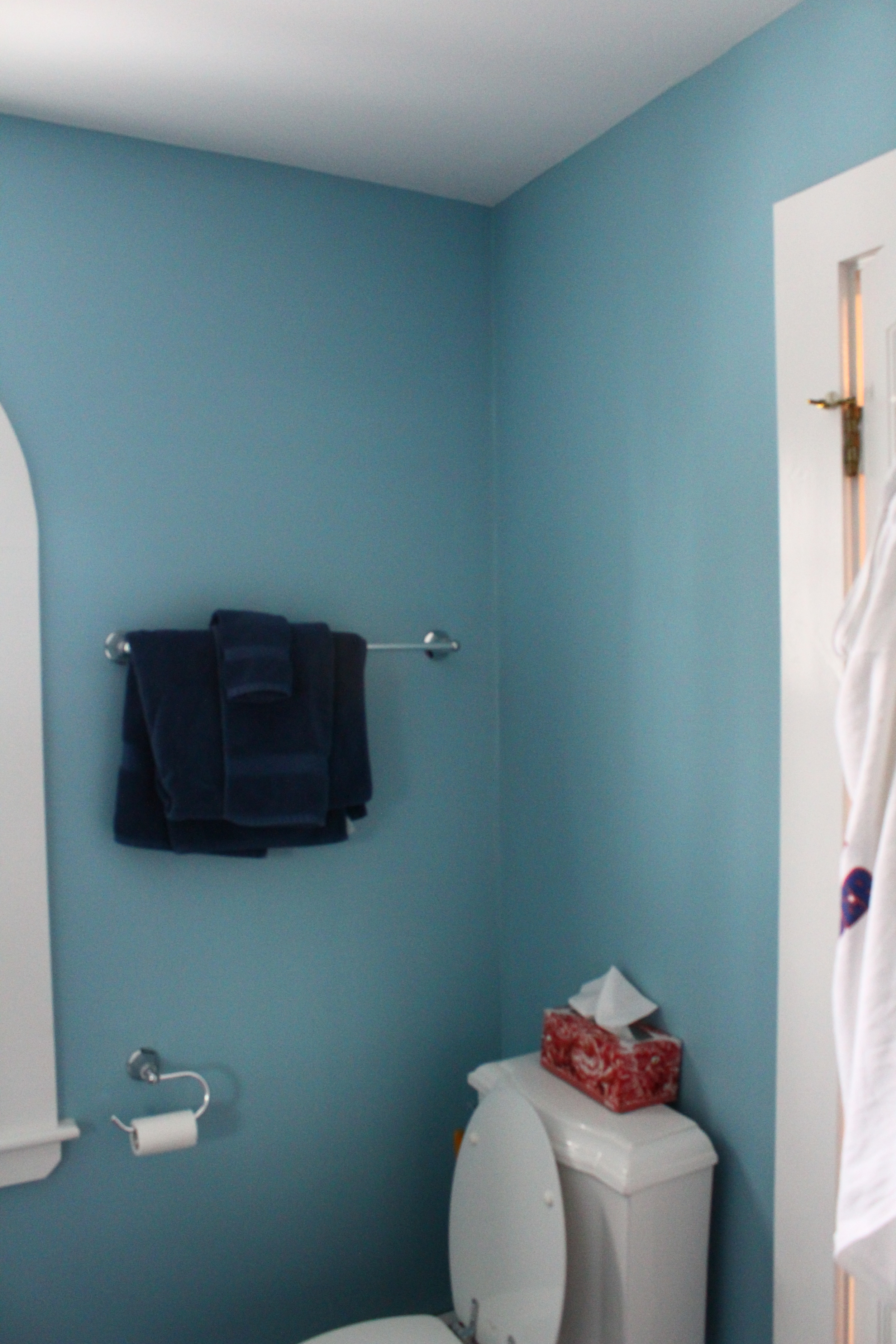

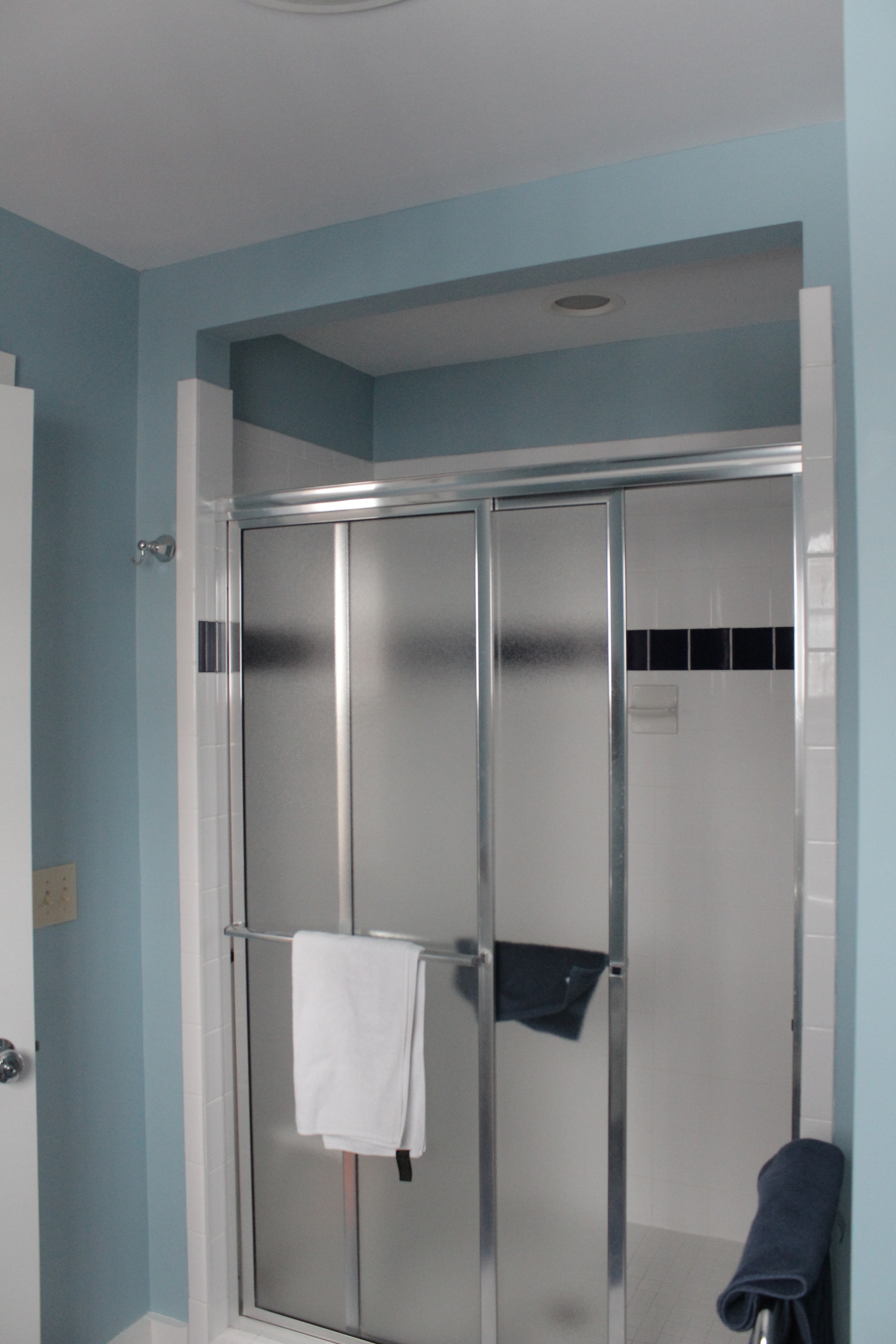
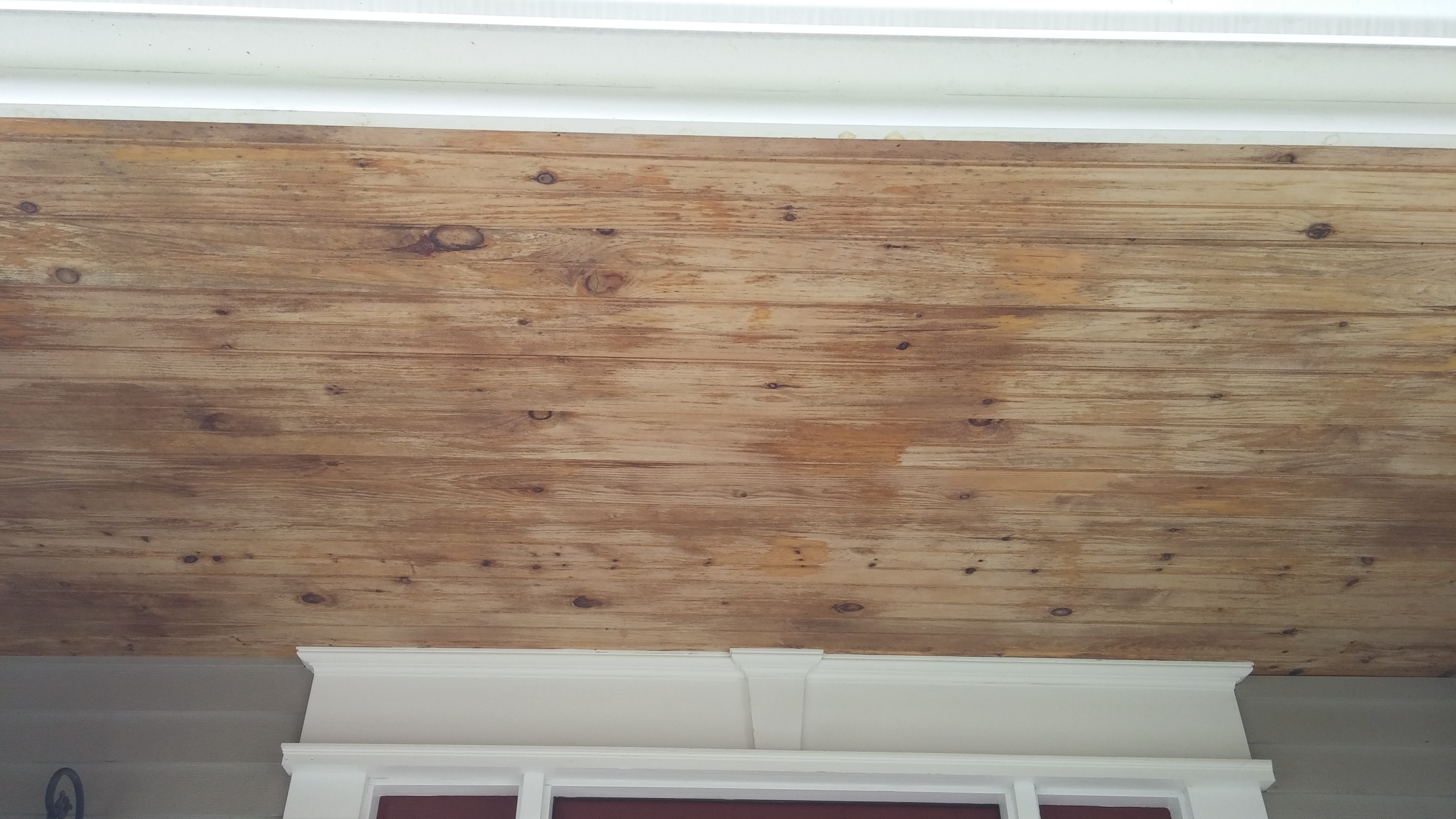
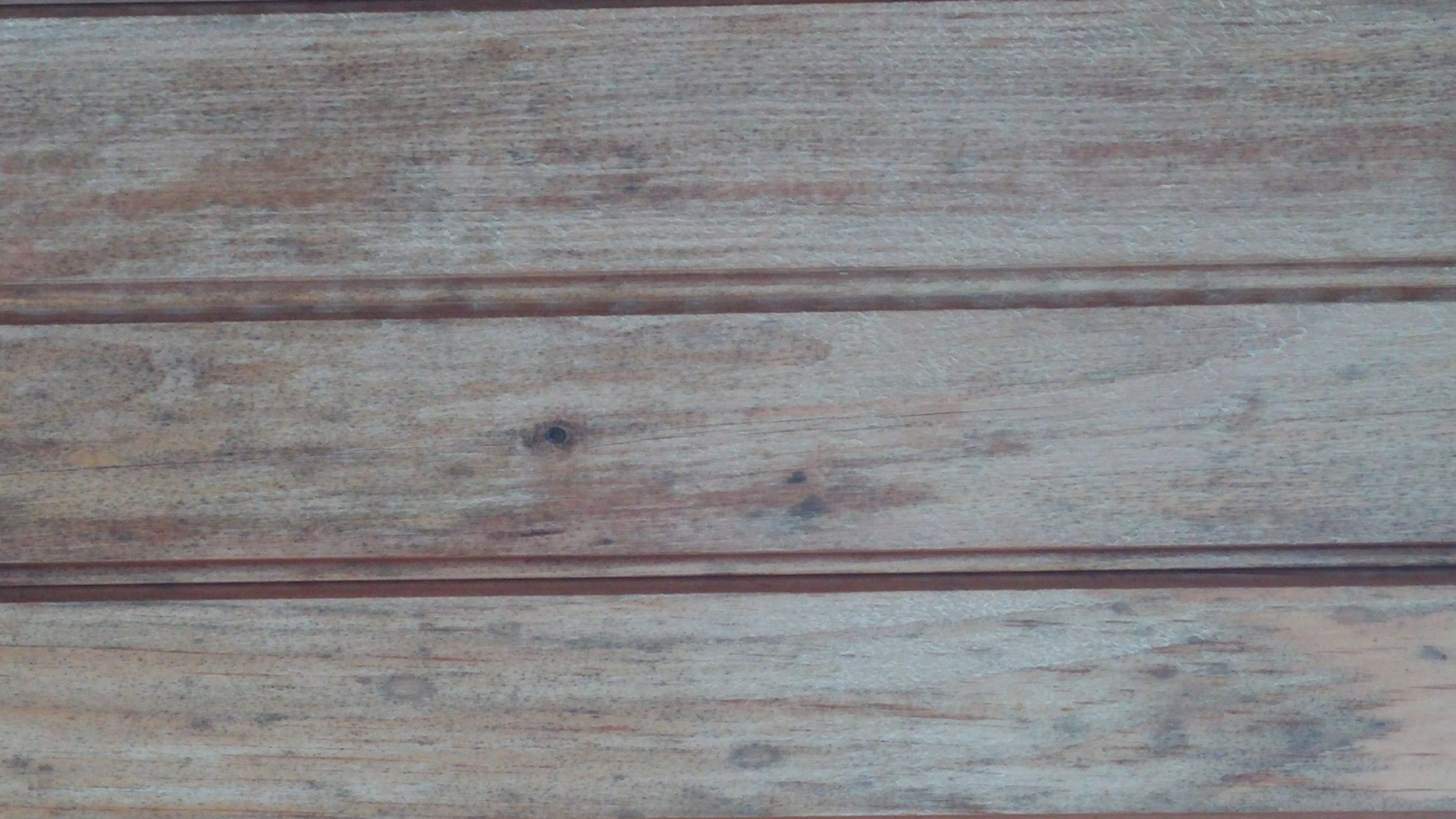
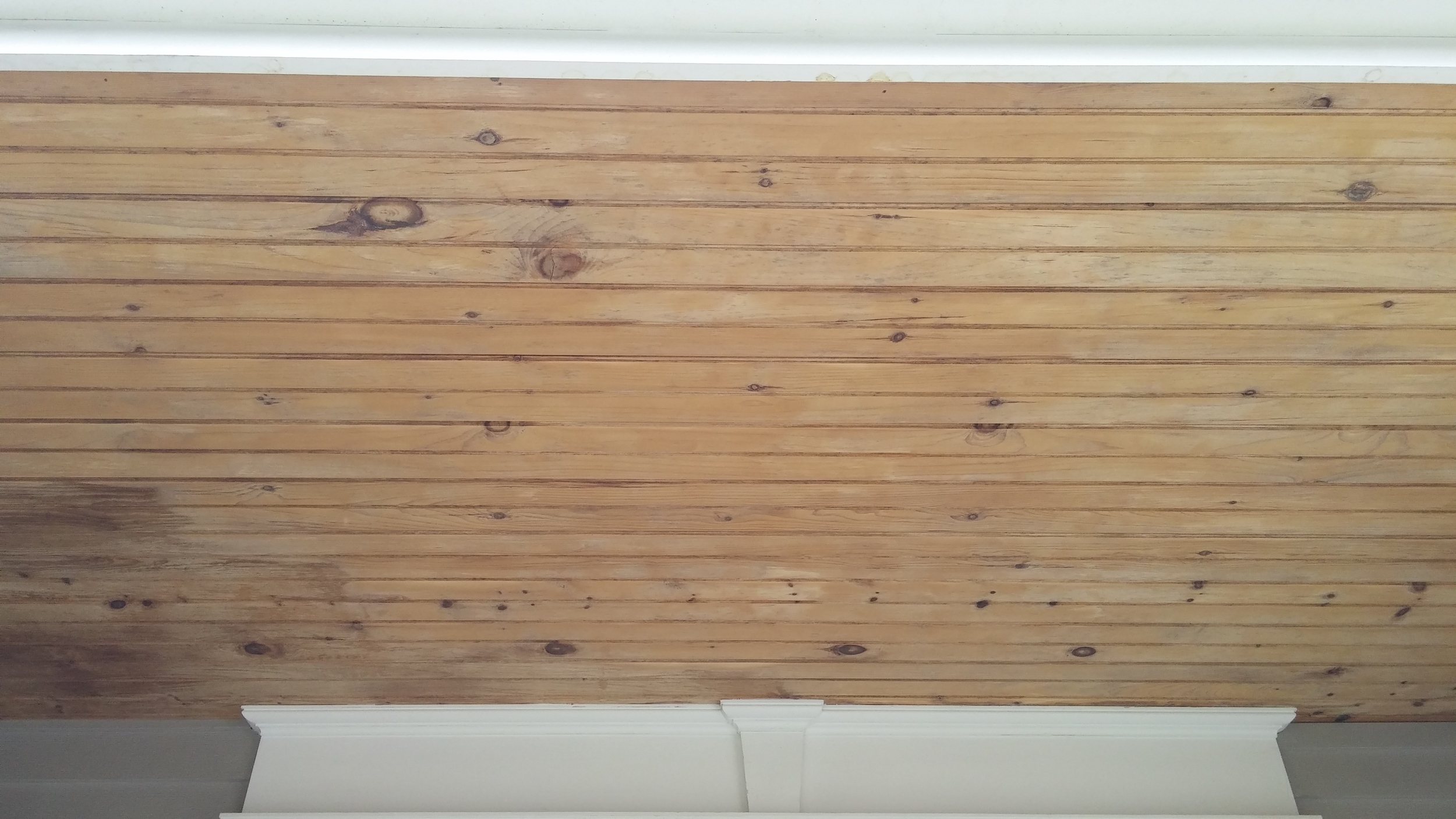

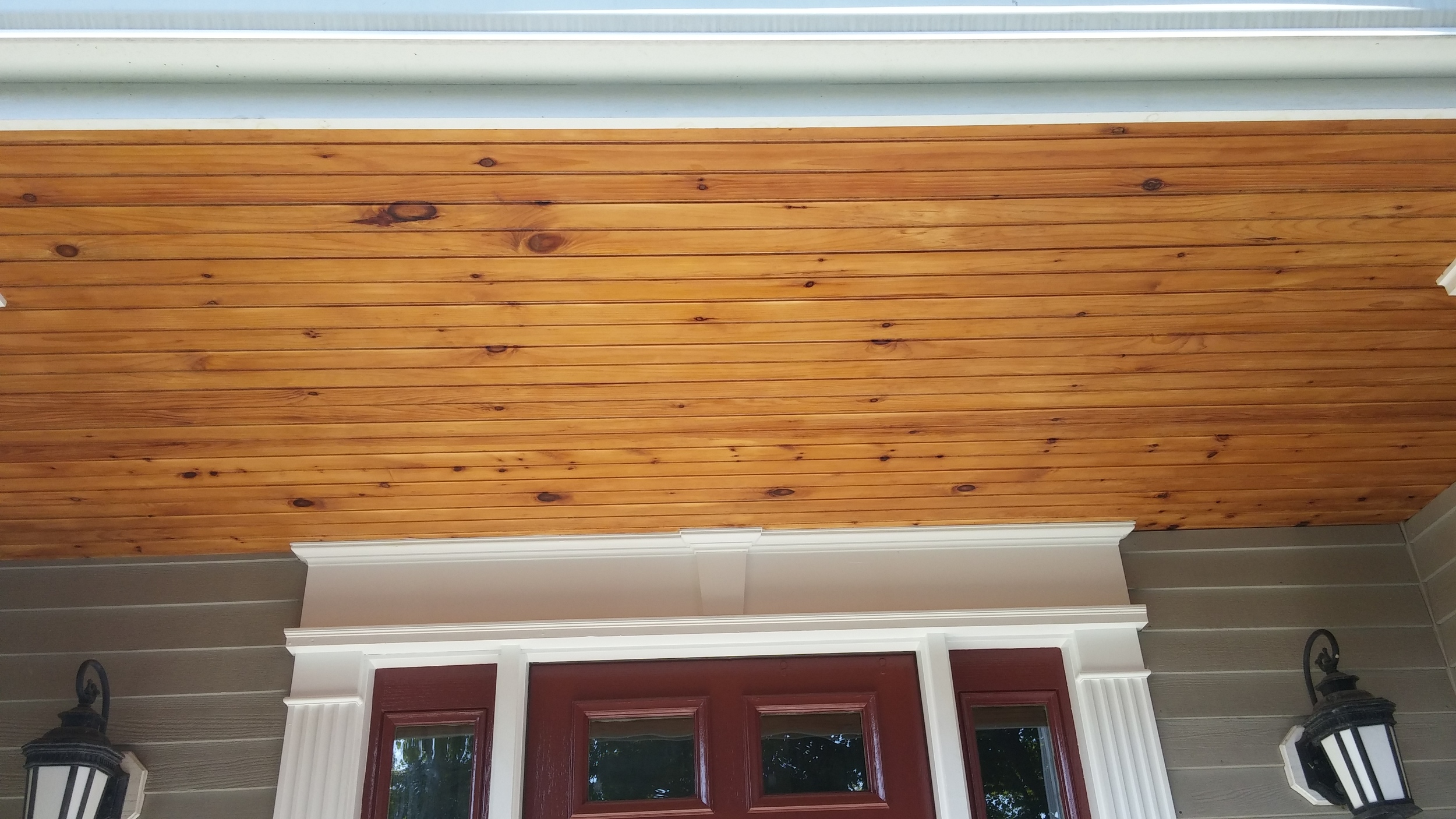



![0504150849a[1].jpg](https://images.squarespace-cdn.com/content/v1/51293ec7e4b0df88da7044b3/1432772316873-CK7IKRQ3XFCZAG4QQG0L/0504150849a%5B1%5D.jpg)
![0504150849[1].jpg](https://images.squarespace-cdn.com/content/v1/51293ec7e4b0df88da7044b3/1432772173907-EXG5DC3I6P3I2MIOAI5I/0504150849%5B1%5D.jpg)
![0504151313b[1].jpg](https://images.squarespace-cdn.com/content/v1/51293ec7e4b0df88da7044b3/1432810385327-OS5AEEDE5P7SI39UL8DZ/0504151313b%5B1%5D.jpg)
![0504151313c[1].jpg](https://images.squarespace-cdn.com/content/v1/51293ec7e4b0df88da7044b3/1432772520926-MWZR18TPTKVR10F3Q8WT/0504151313c%5B1%5D.jpg)
![0507151252[1].jpg](https://images.squarespace-cdn.com/content/v1/51293ec7e4b0df88da7044b3/1432772575364-I4J62I01R1D6DP636FXR/0507151252%5B1%5D.jpg)
![0507151253[1].jpg](https://images.squarespace-cdn.com/content/v1/51293ec7e4b0df88da7044b3/1432772611258-CPXGWIQJTR2Z3GAA674A/0507151253%5B1%5D.jpg)
![0316150841[1].jpg](https://images.squarespace-cdn.com/content/v1/51293ec7e4b0df88da7044b3/1426947920155-EIDIPOFY7T38KSJHVQBN/0316150841%5B1%5D.jpg)
![0316150841b[1].jpg](https://images.squarespace-cdn.com/content/v1/51293ec7e4b0df88da7044b3/1426947953289-WE8F3BEYYXD9OHD443TD/0316150841b%5B1%5D.jpg)
![0316151128[1].jpg](https://images.squarespace-cdn.com/content/v1/51293ec7e4b0df88da7044b3/1426947979114-H8IHYT34M76J715Y43ES/0316151128%5B1%5D.jpg)
![0317150904[1].jpg](https://images.squarespace-cdn.com/content/v1/51293ec7e4b0df88da7044b3/1426947998316-8D6TKWROQIVTJ0GPLW21/0317150904%5B1%5D.jpg)
![0318151115[1].jpg](https://images.squarespace-cdn.com/content/v1/51293ec7e4b0df88da7044b3/1426948022648-TGPAEU2A7JV62IL2SB3D/0318151115%5B1%5D.jpg)
![0318151115b[1].jpg](https://images.squarespace-cdn.com/content/v1/51293ec7e4b0df88da7044b3/1426948047814-M7HRPCZYMSQ9H0DDHJLI/0318151115b%5B1%5D.jpg)
![0318151115c[1].jpg](https://images.squarespace-cdn.com/content/v1/51293ec7e4b0df88da7044b3/1426948078239-VEADSCBWAP2B1W9YBPML/0318151115c%5B1%5D.jpg)
